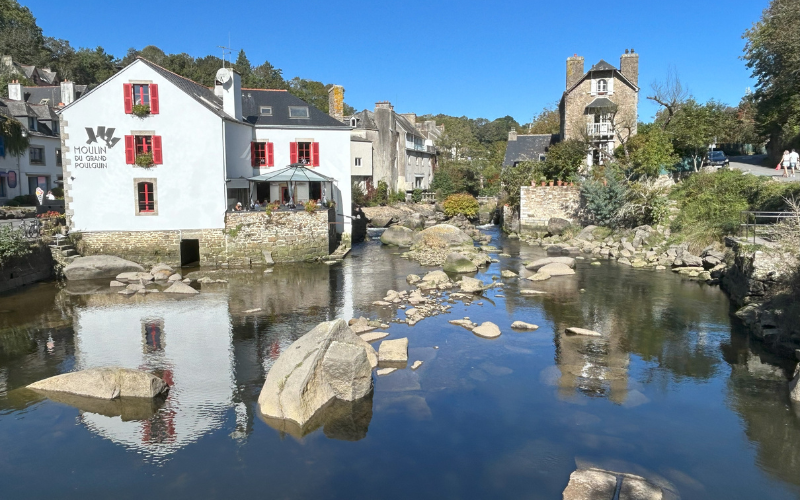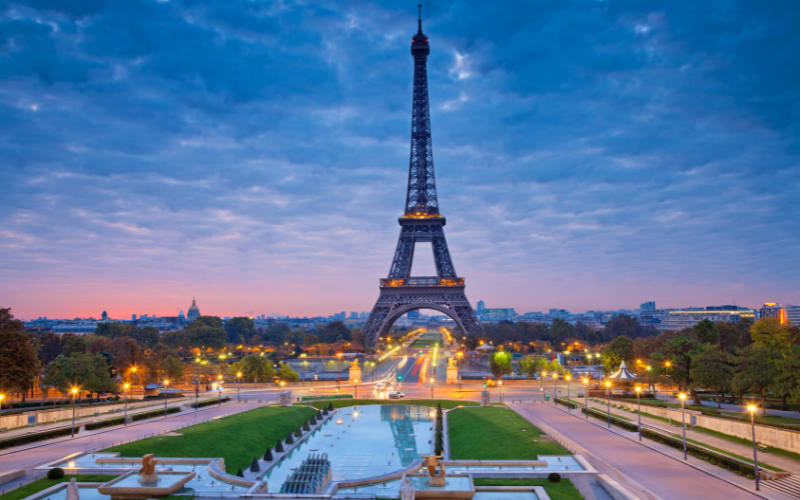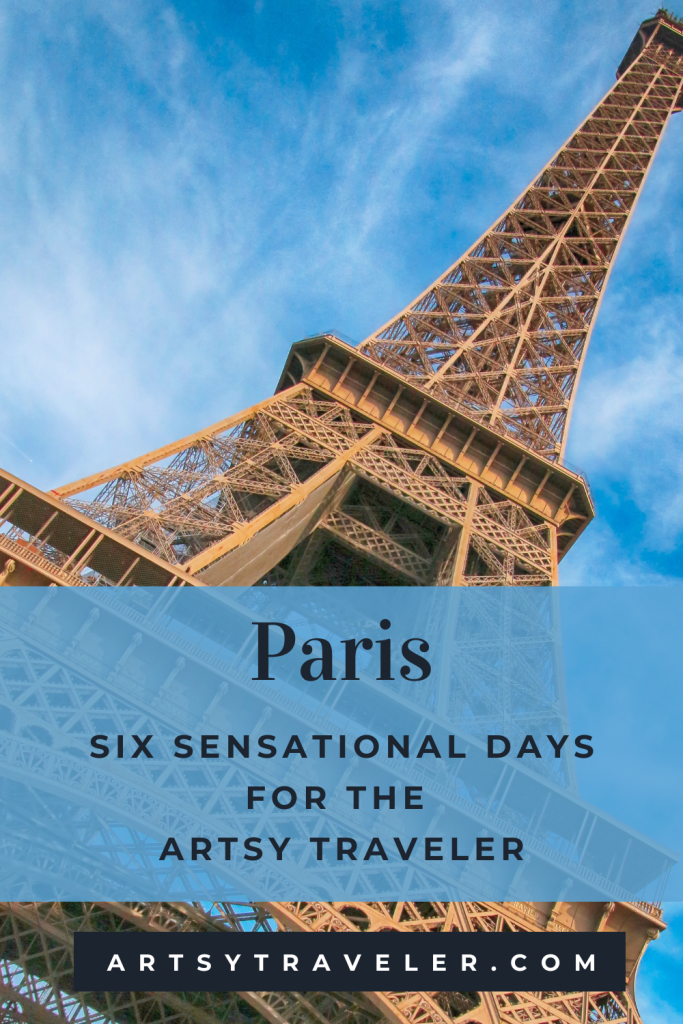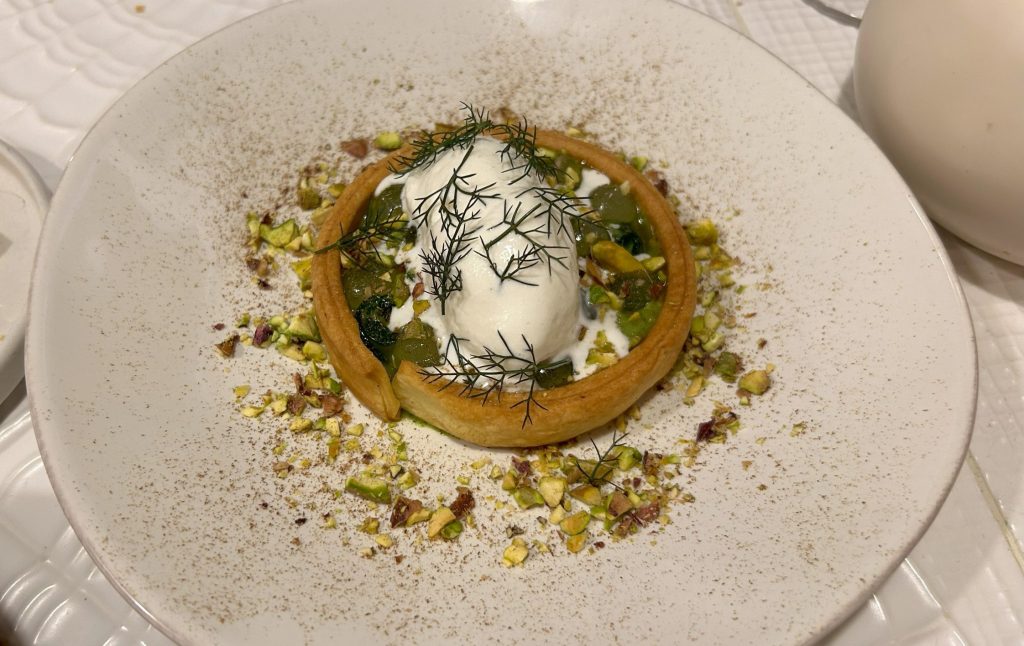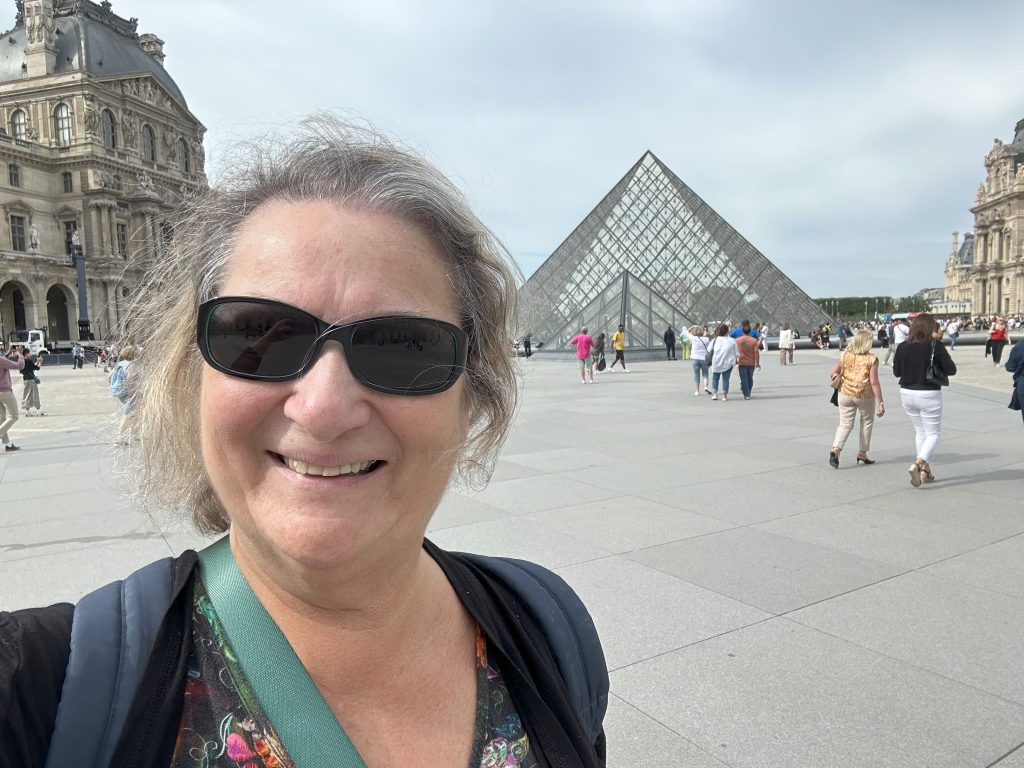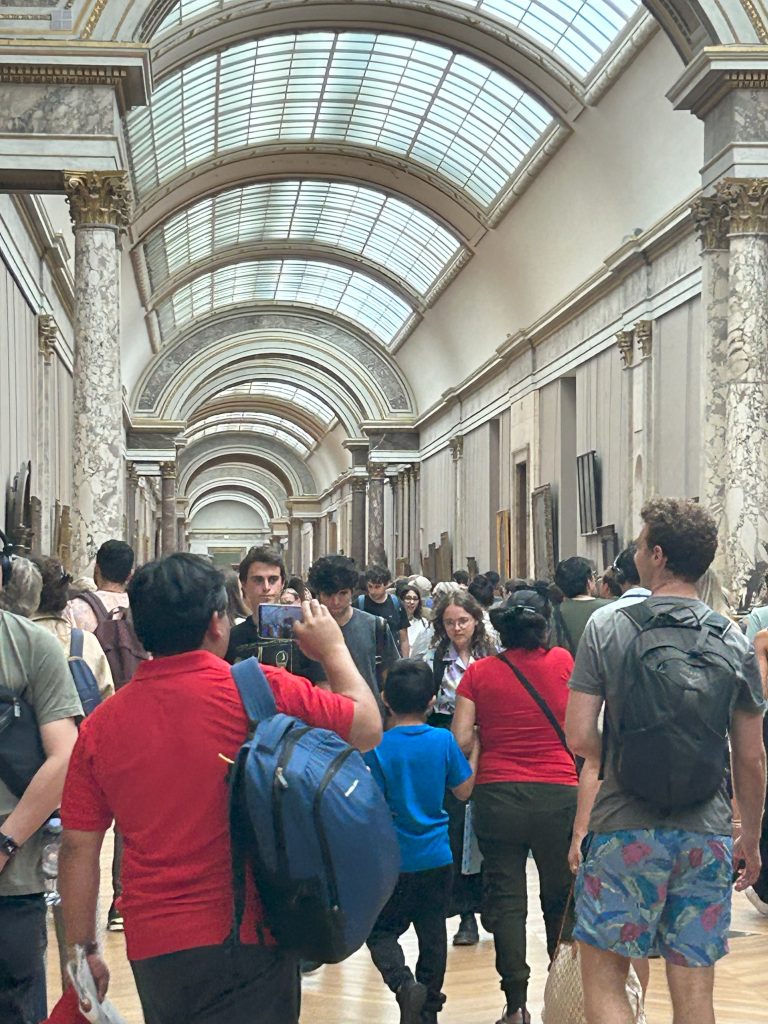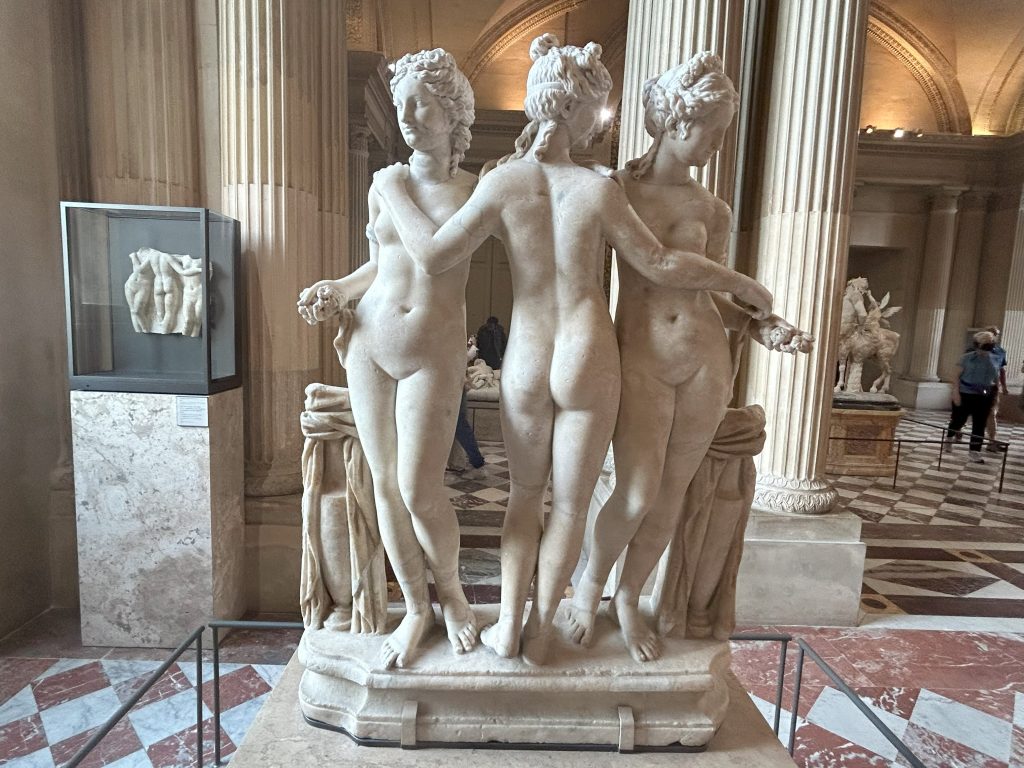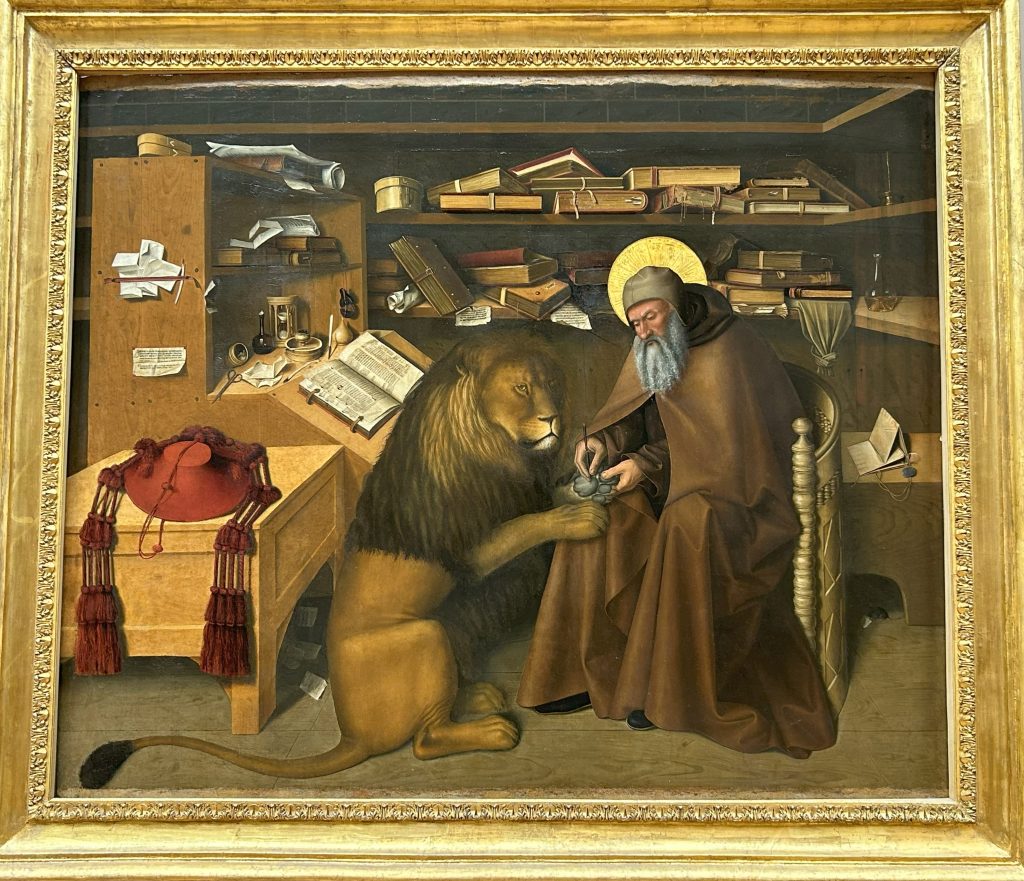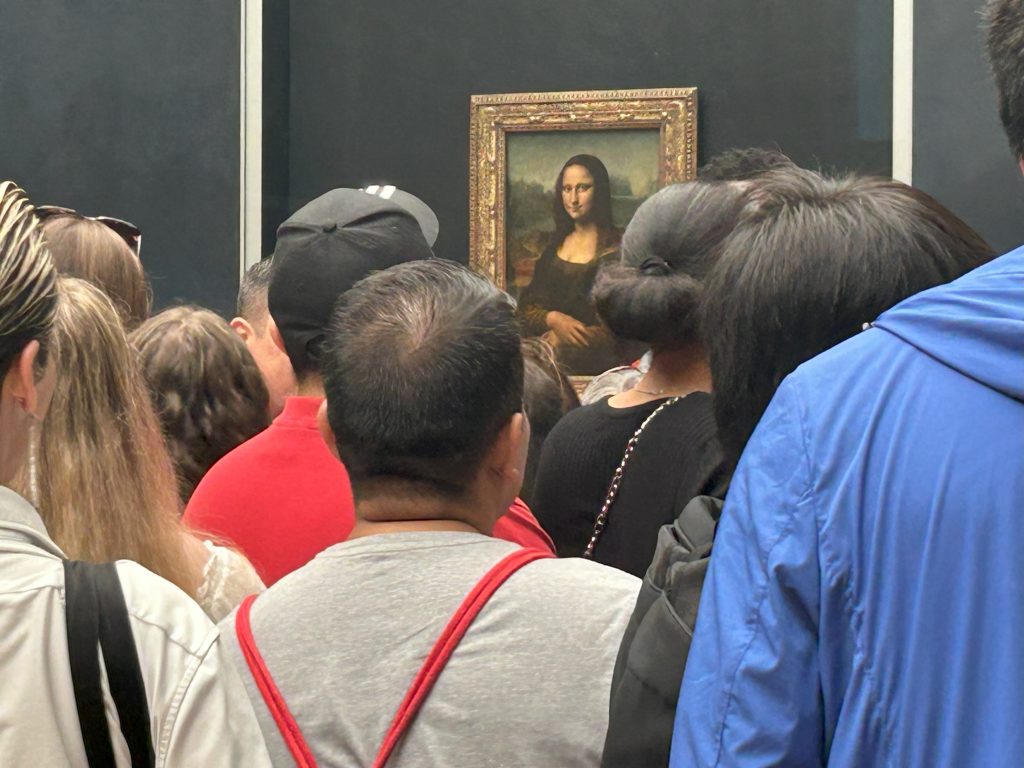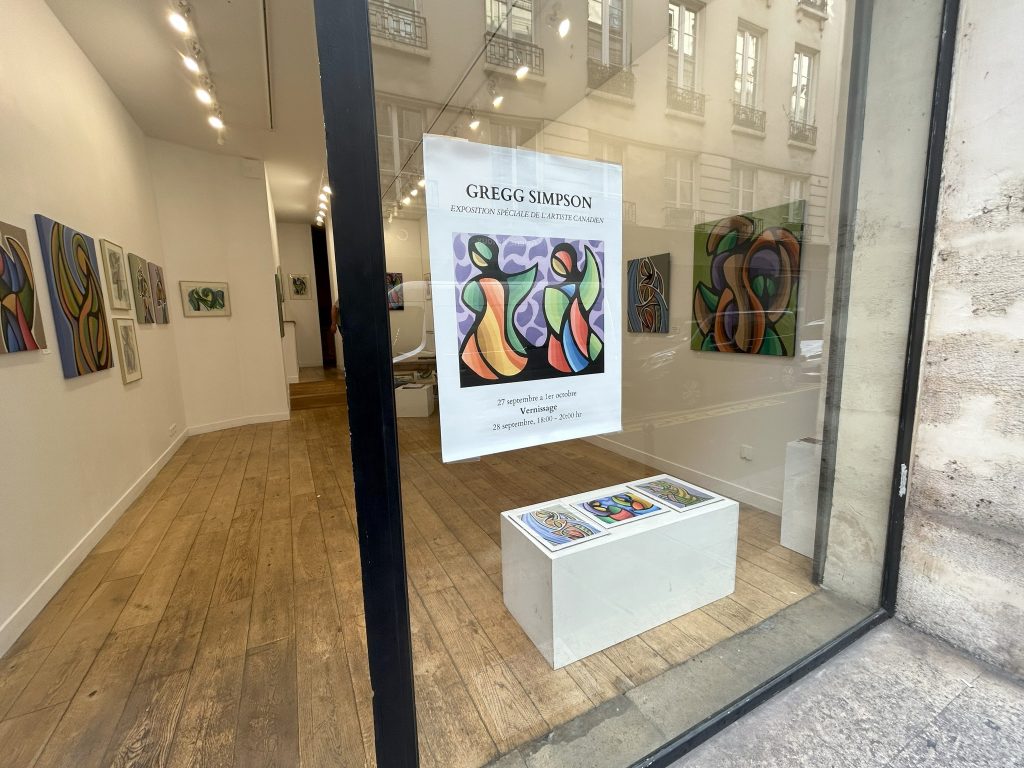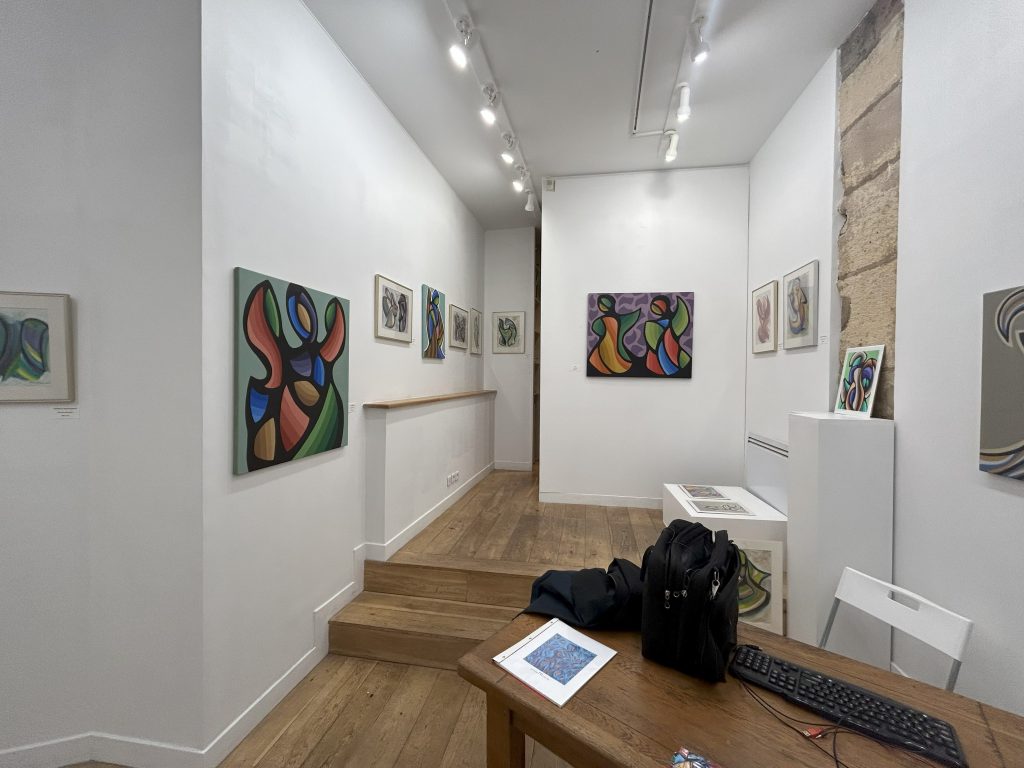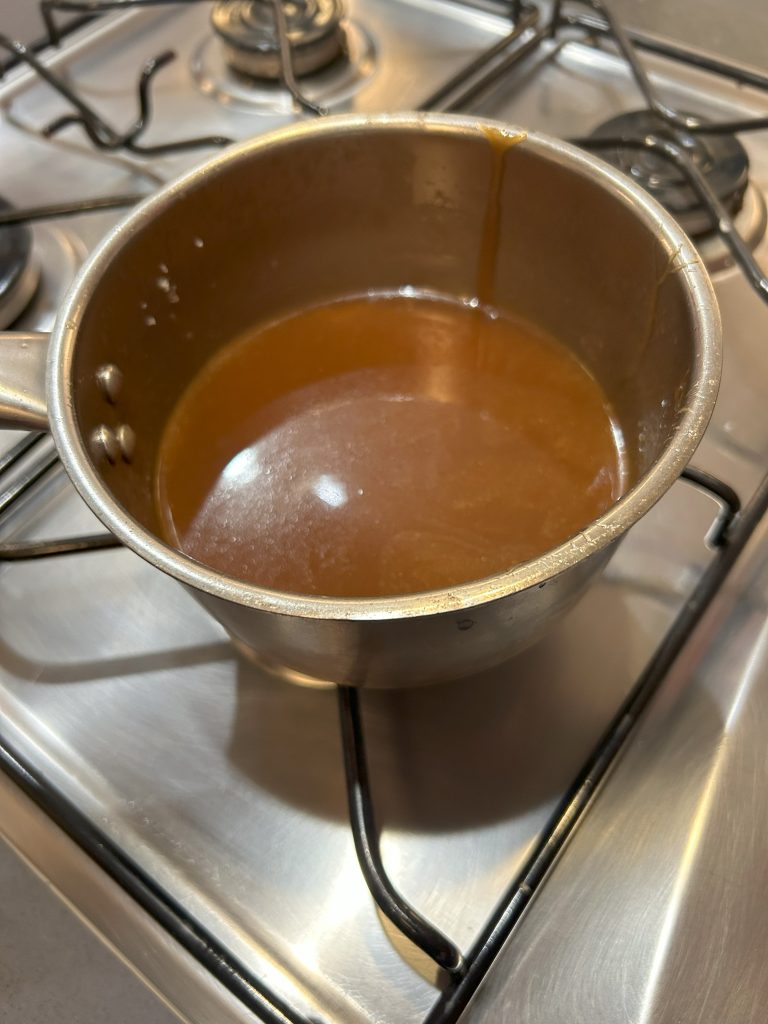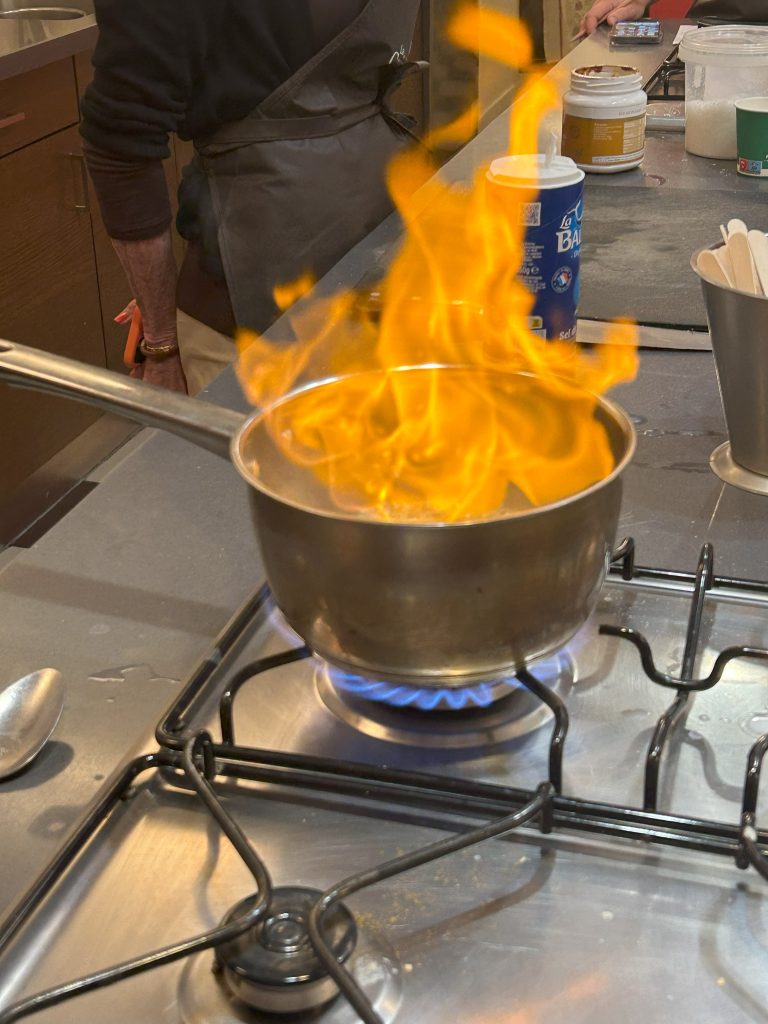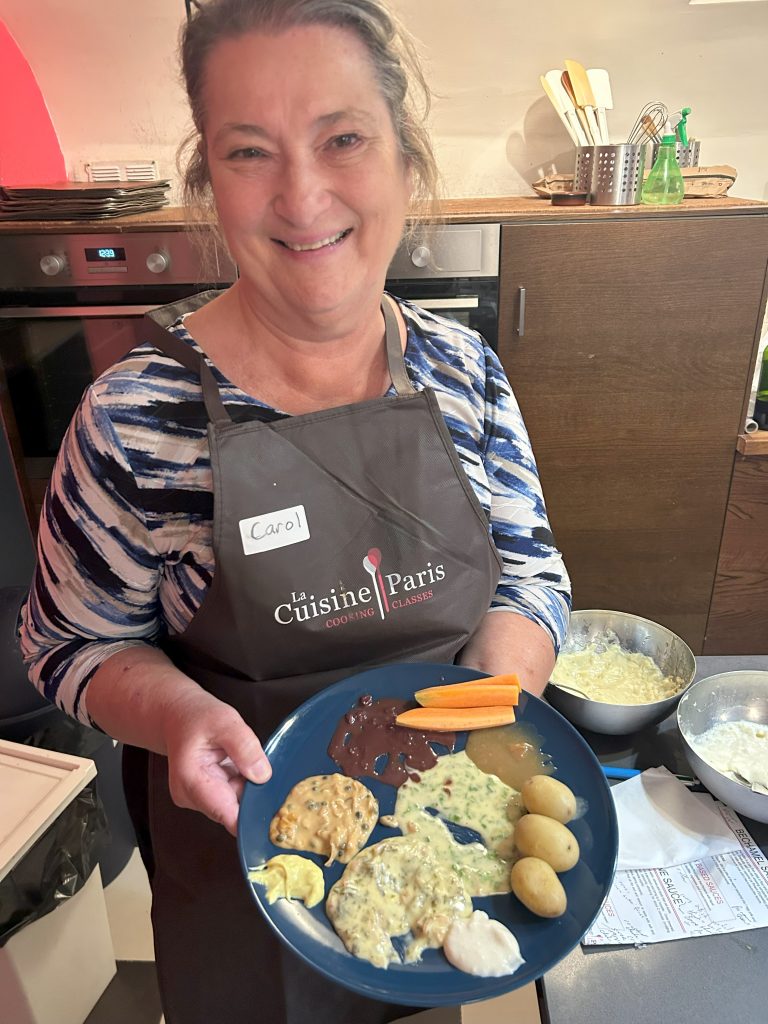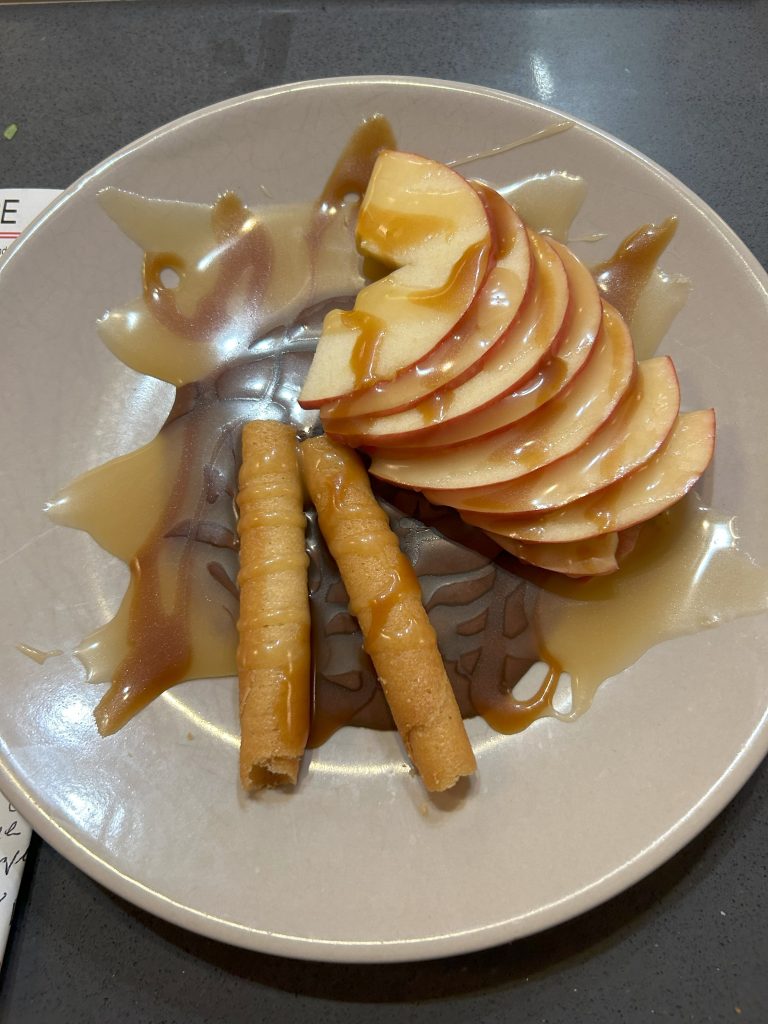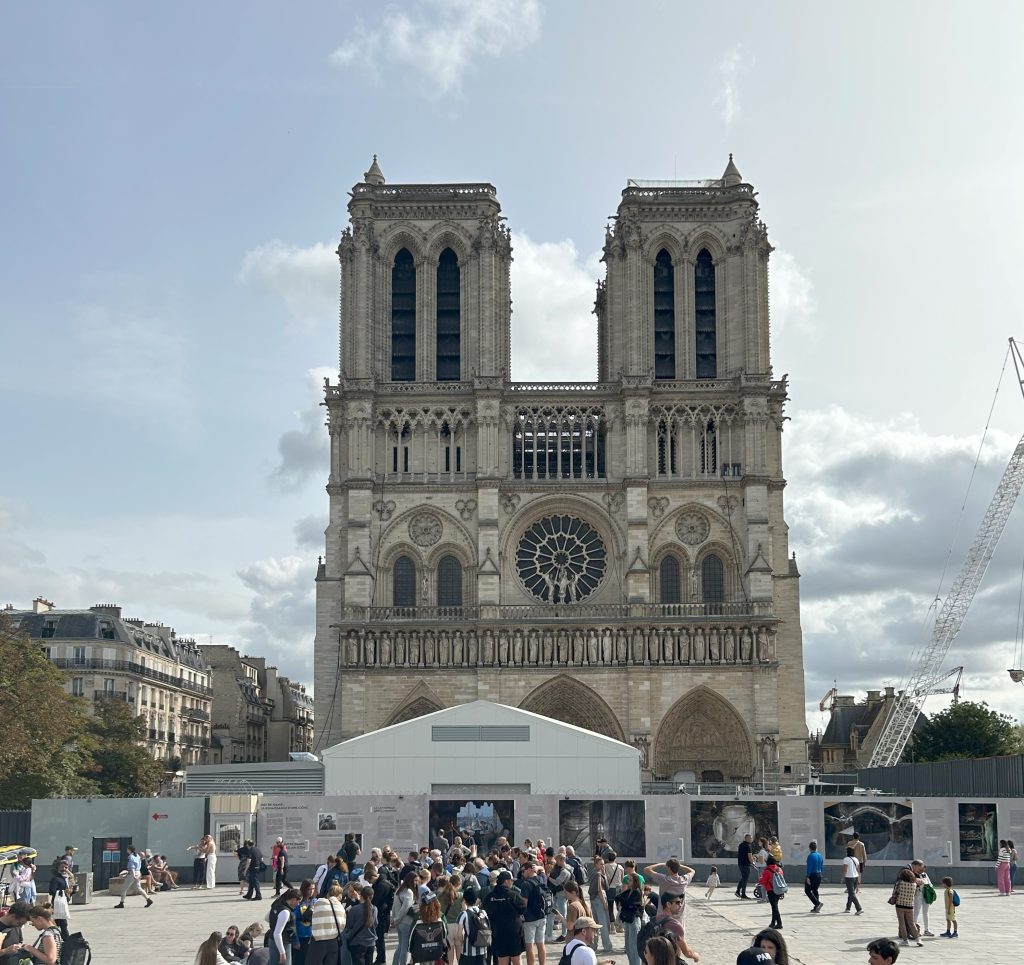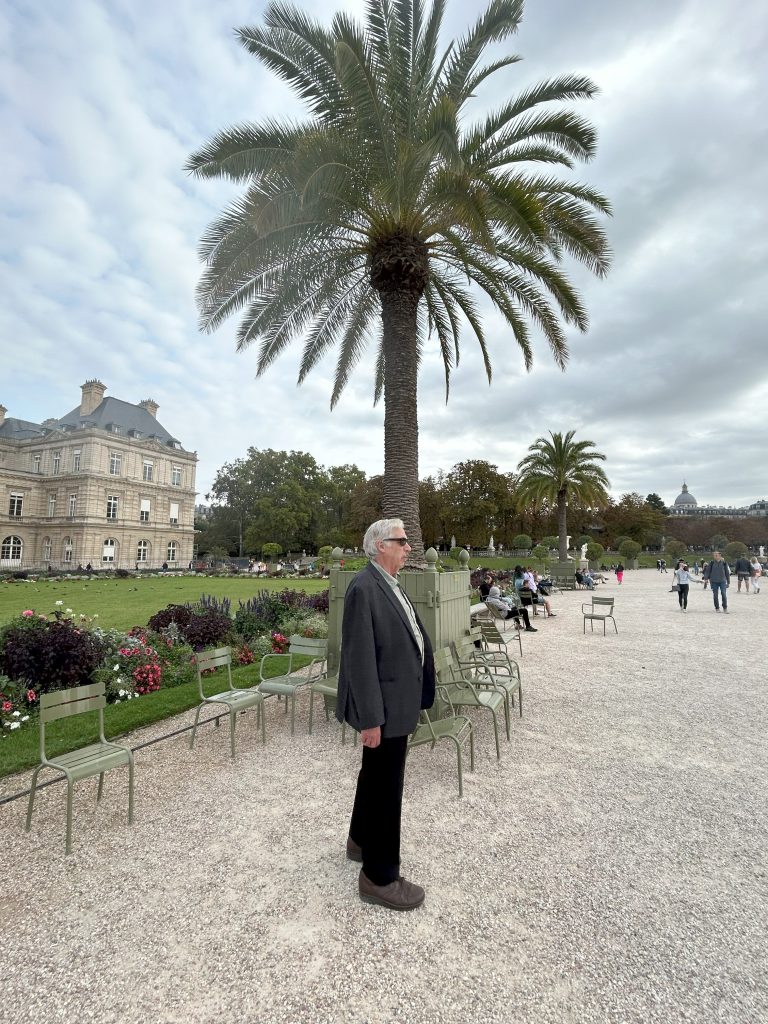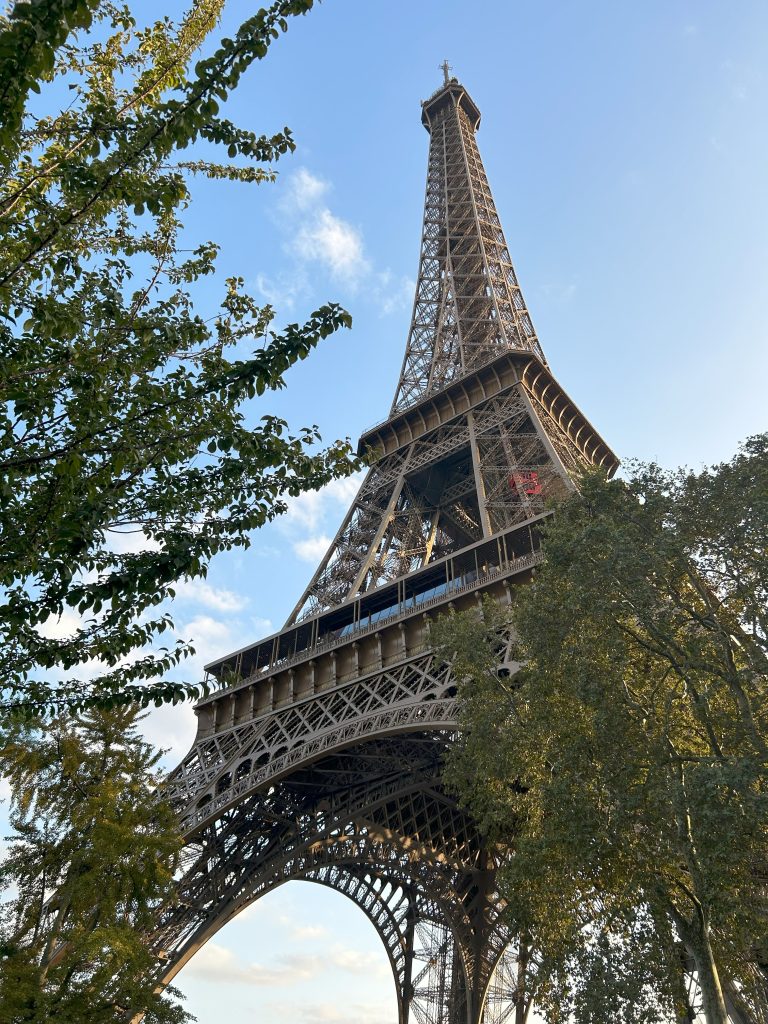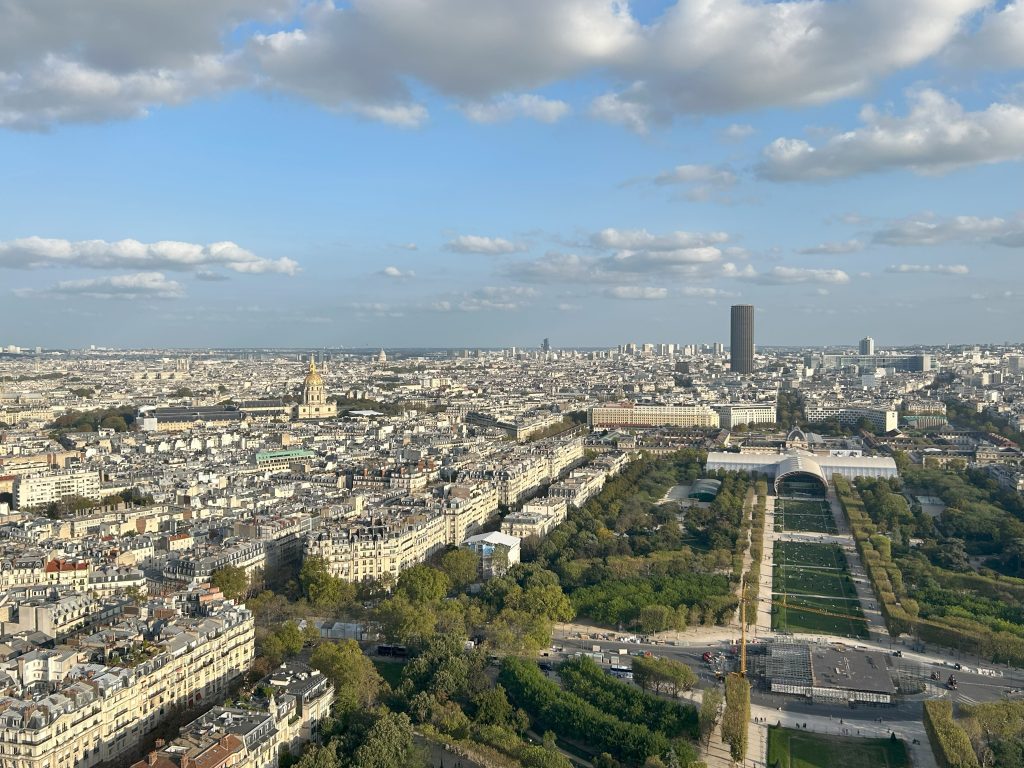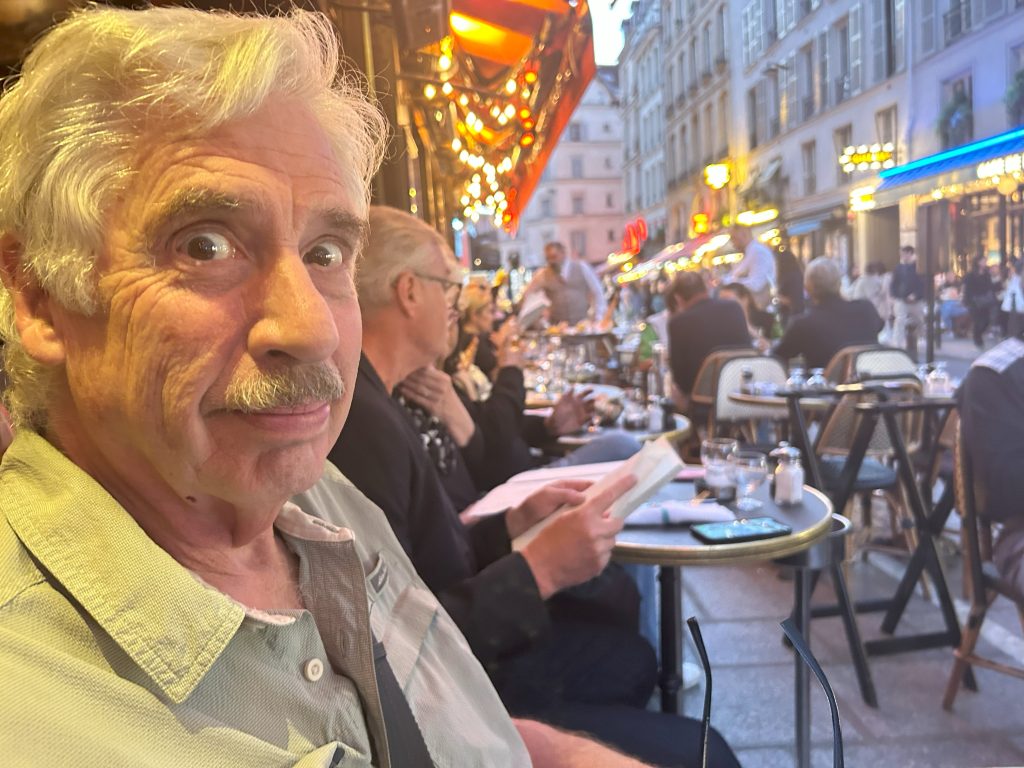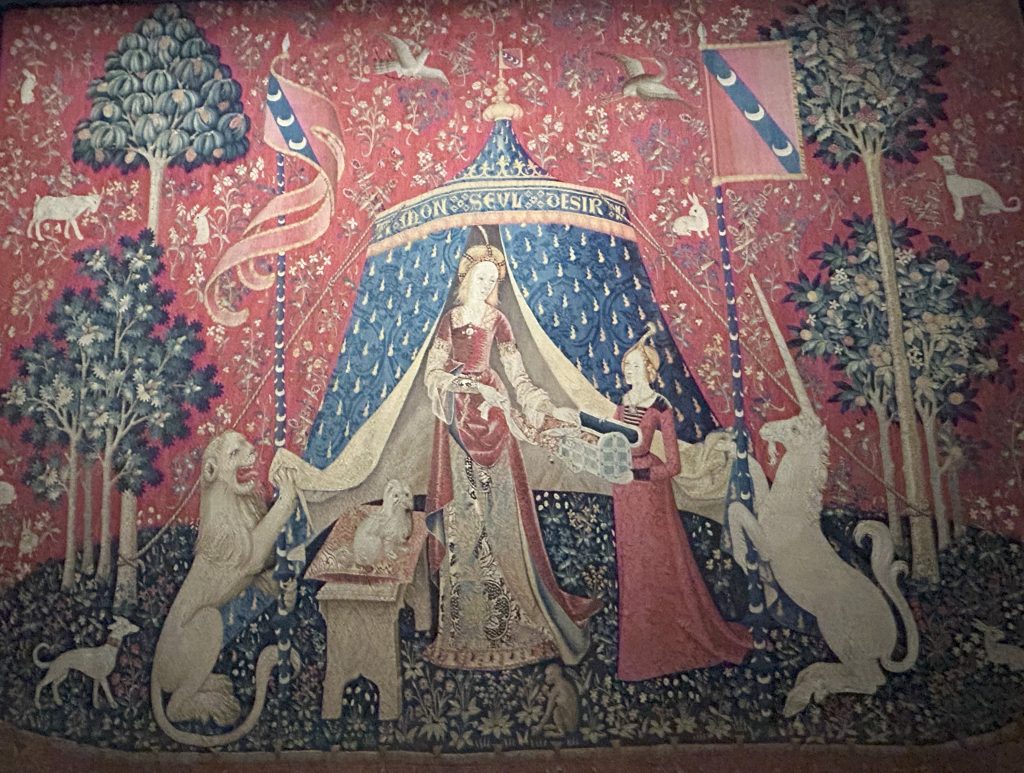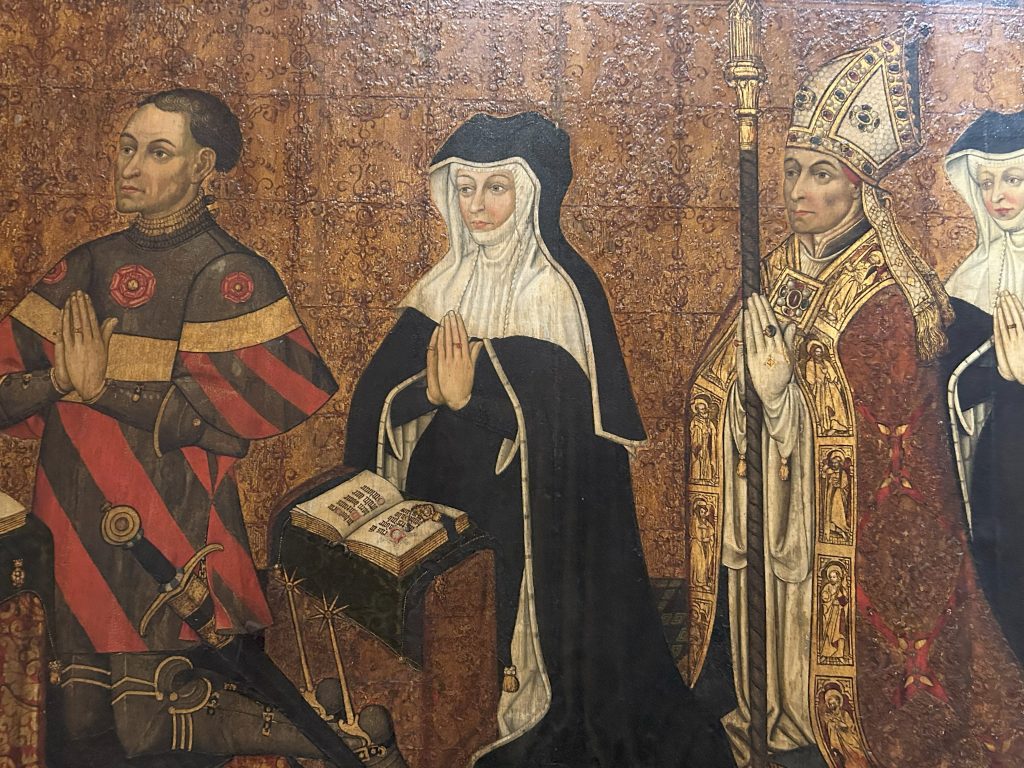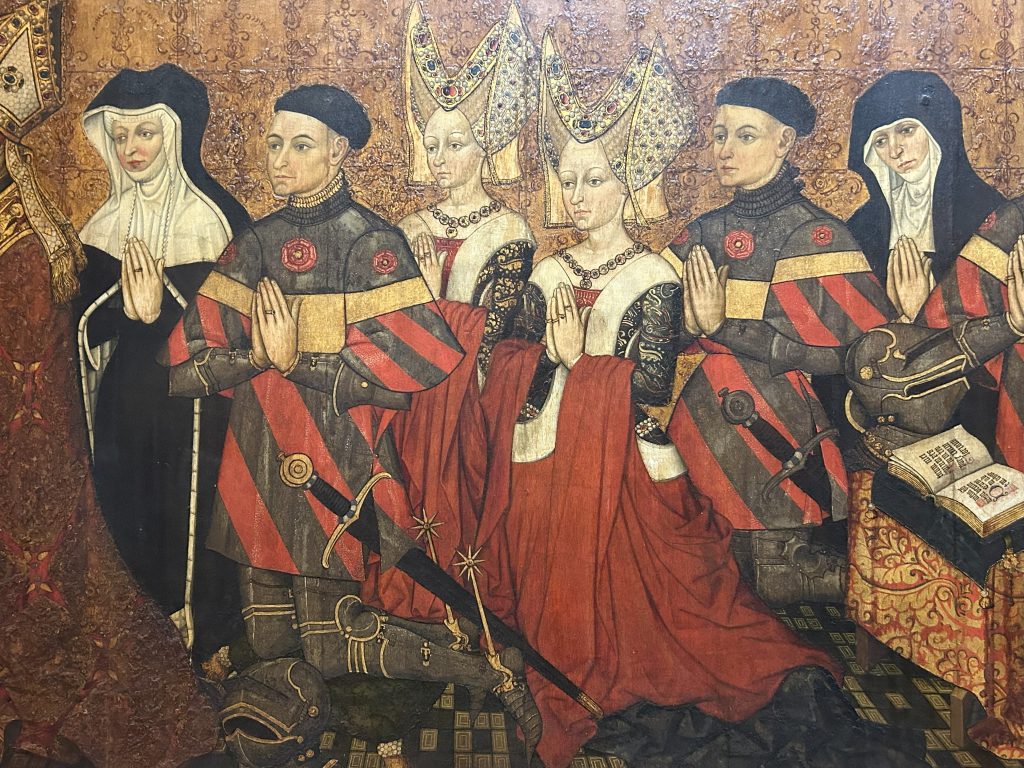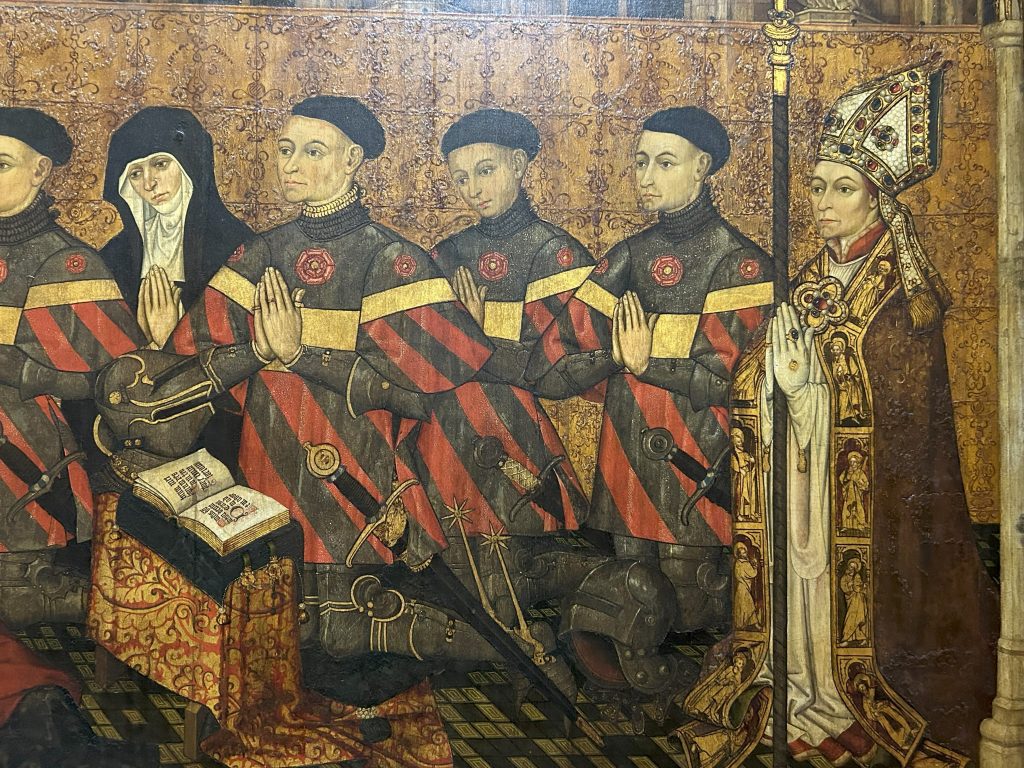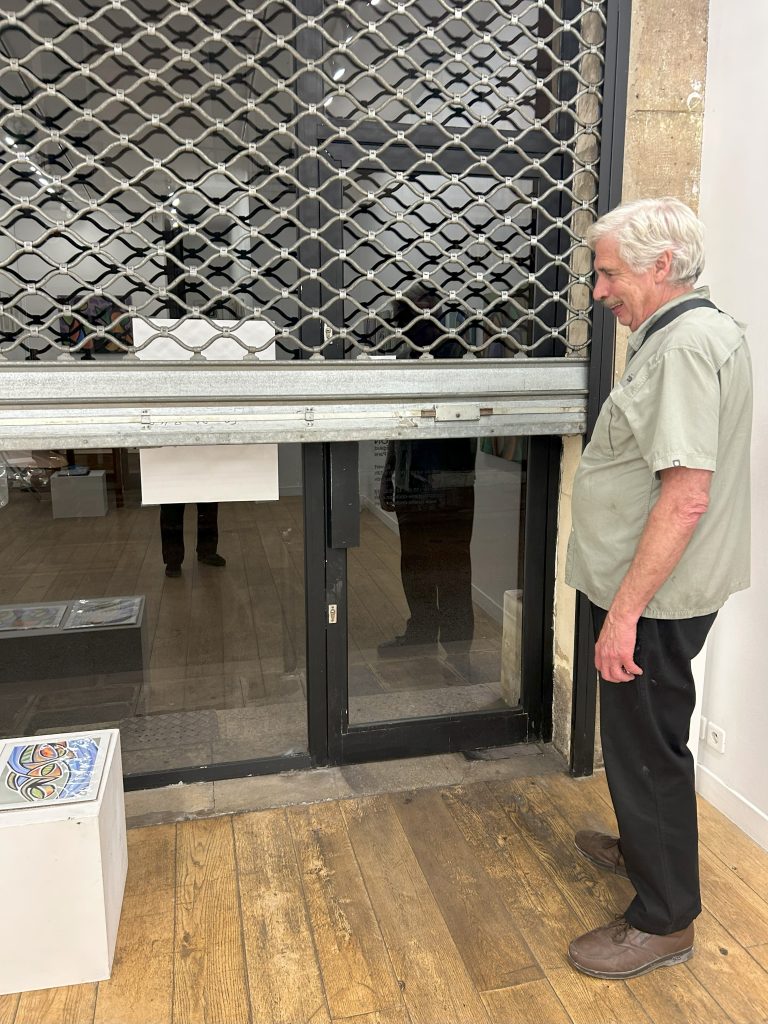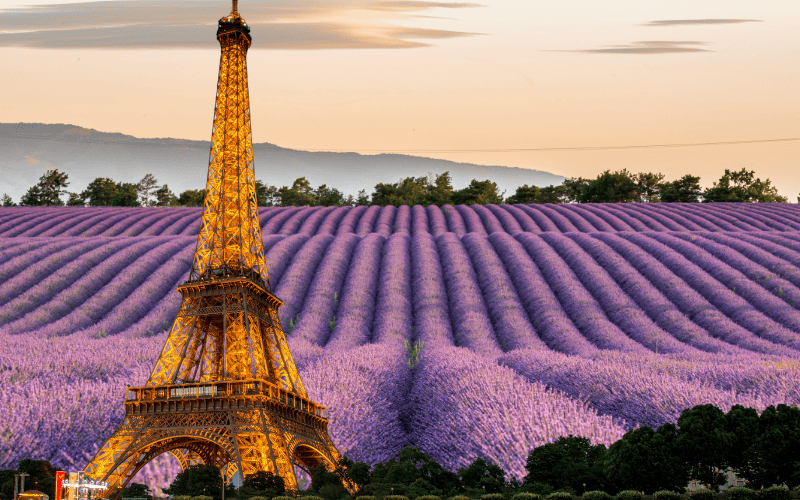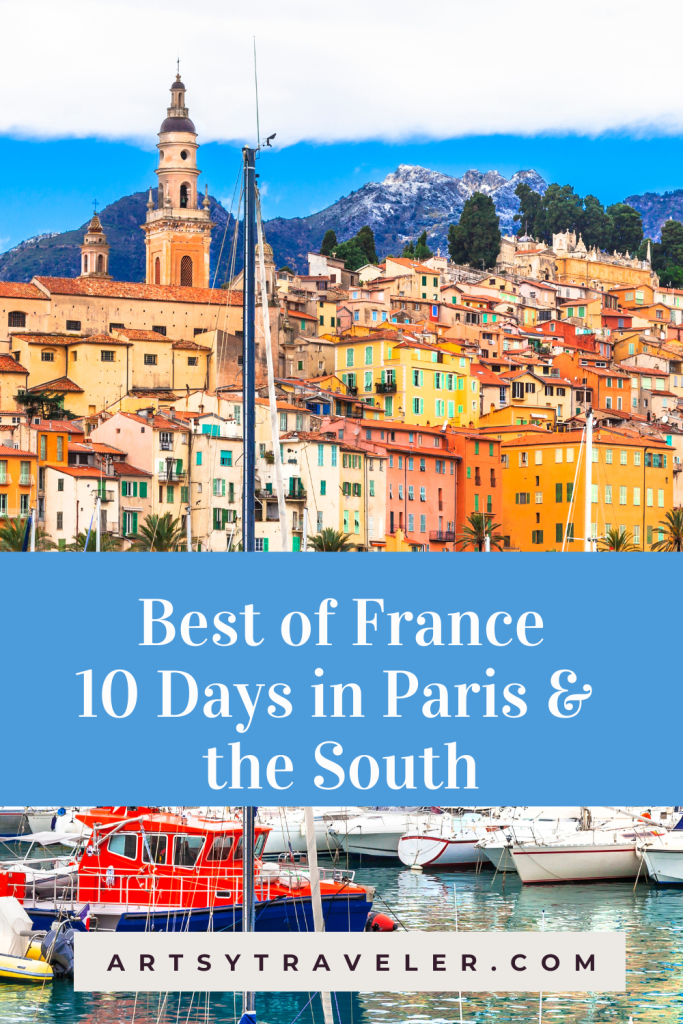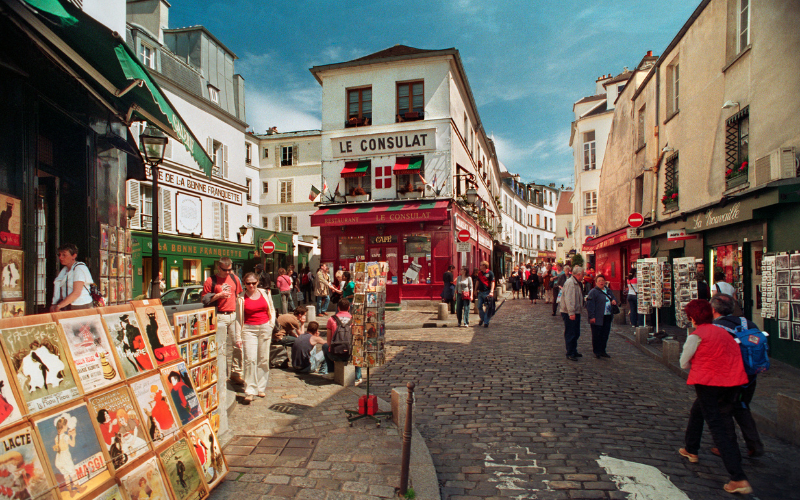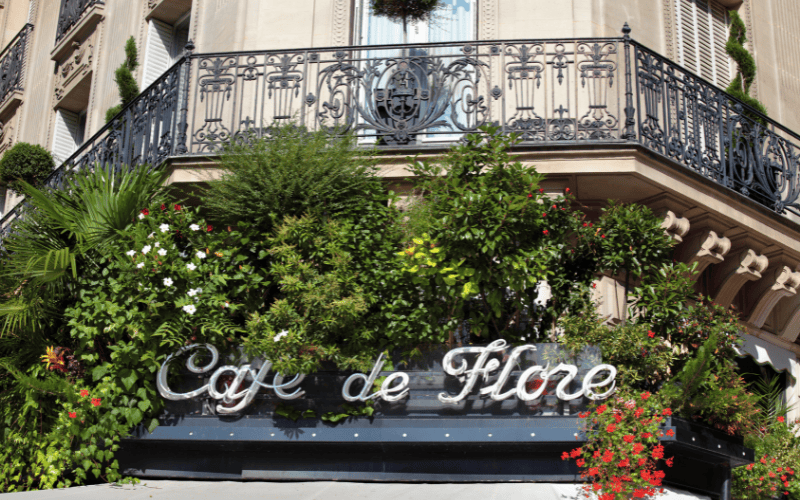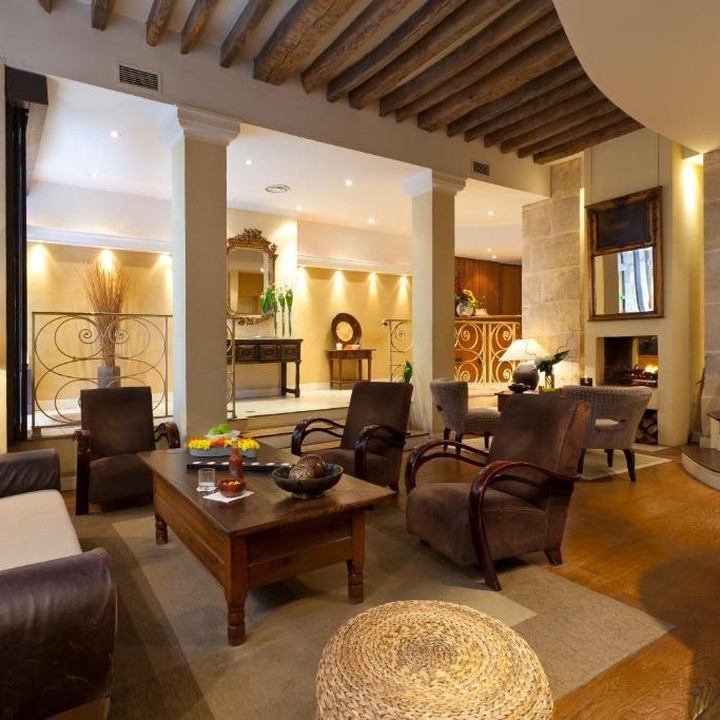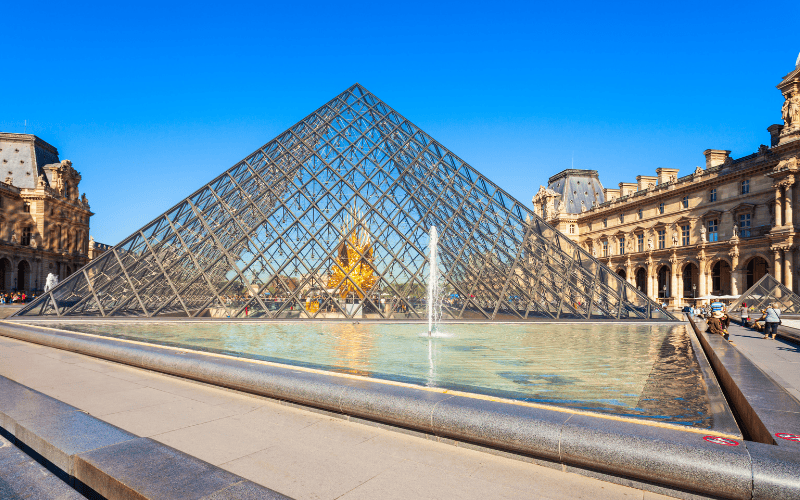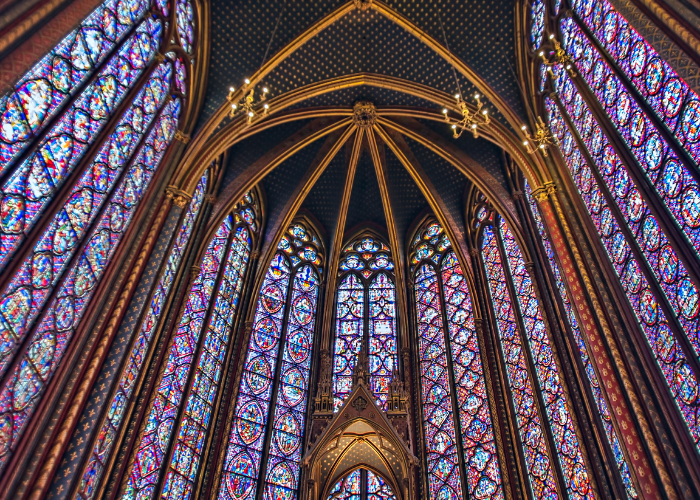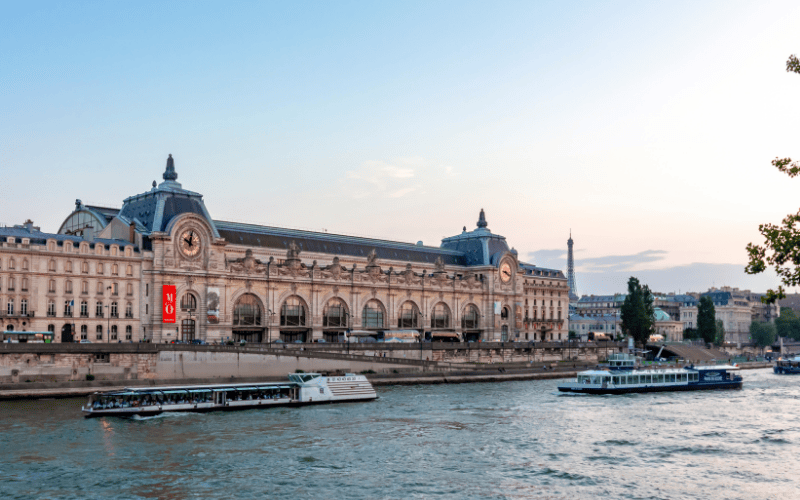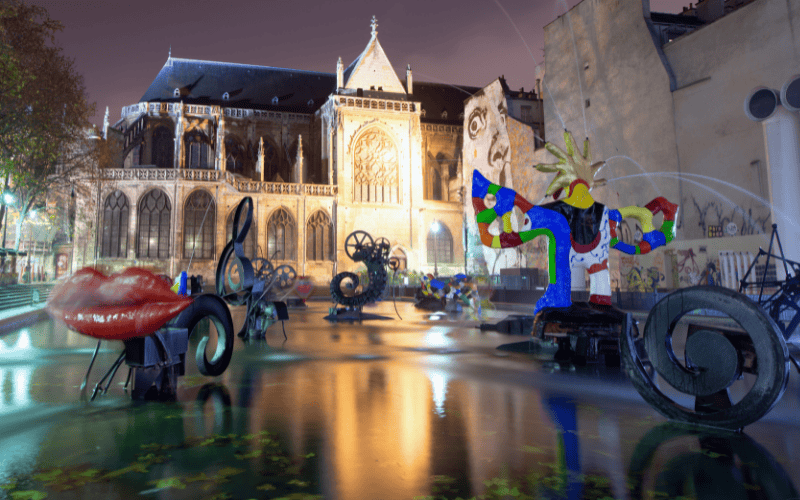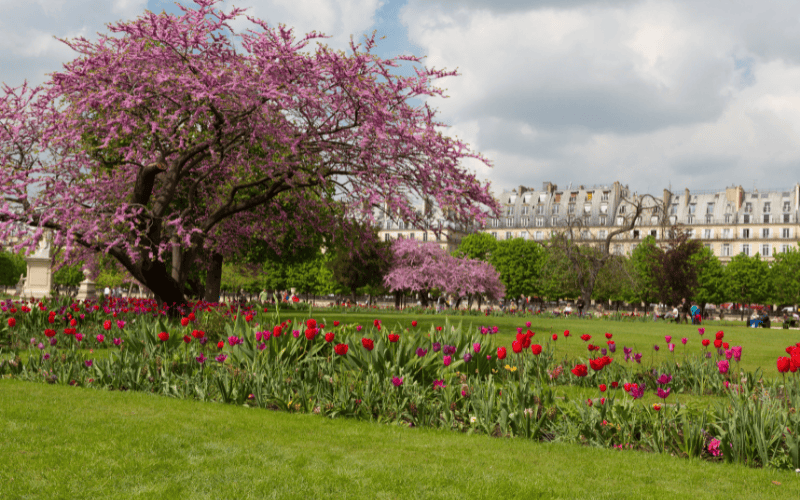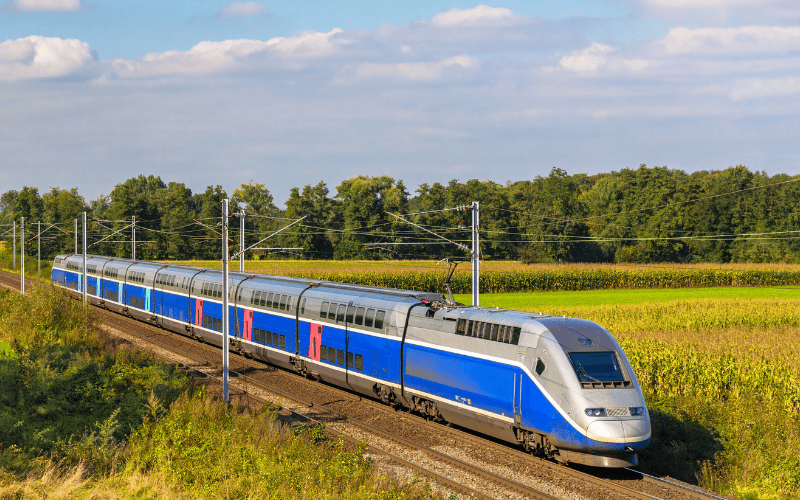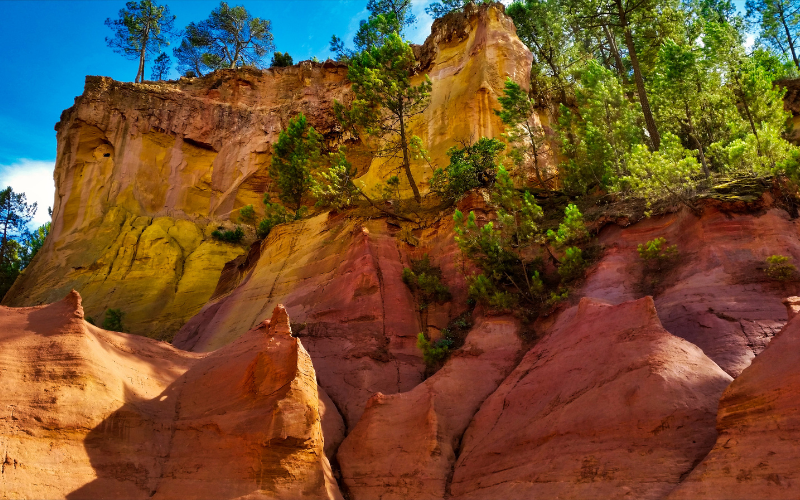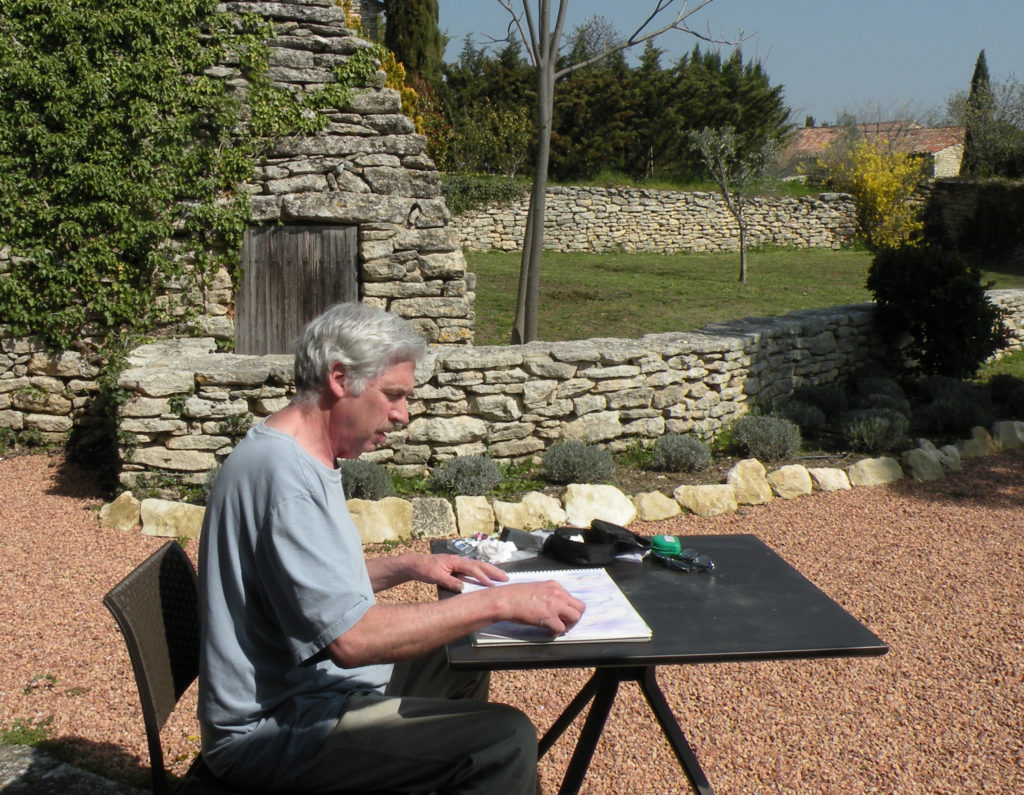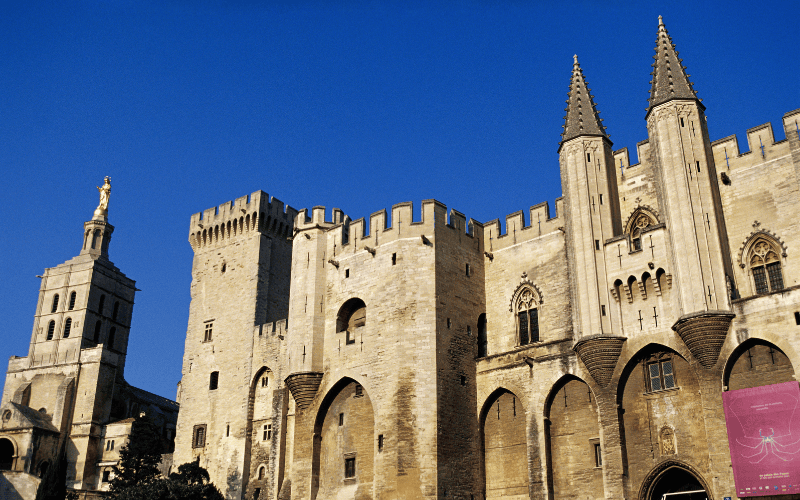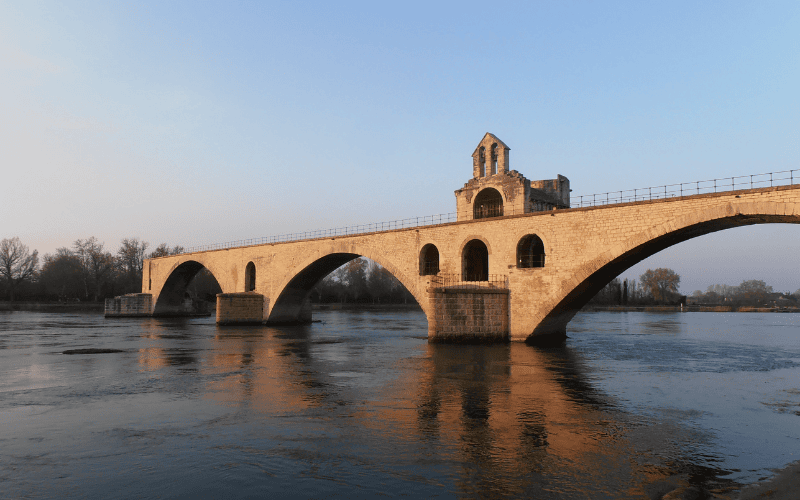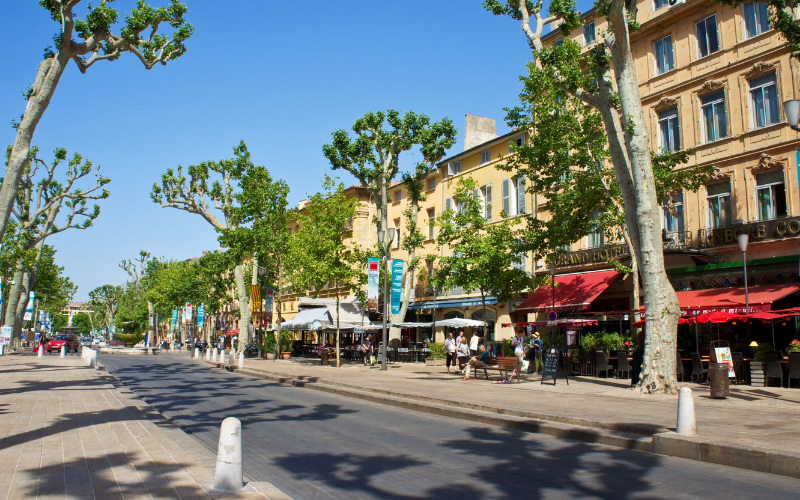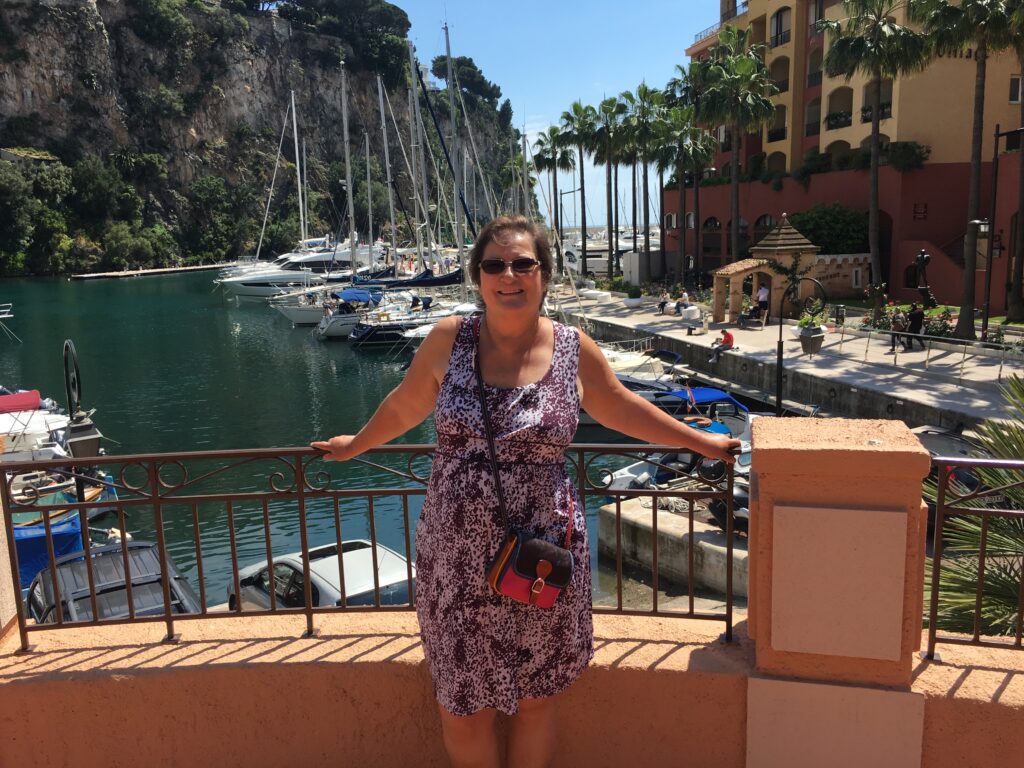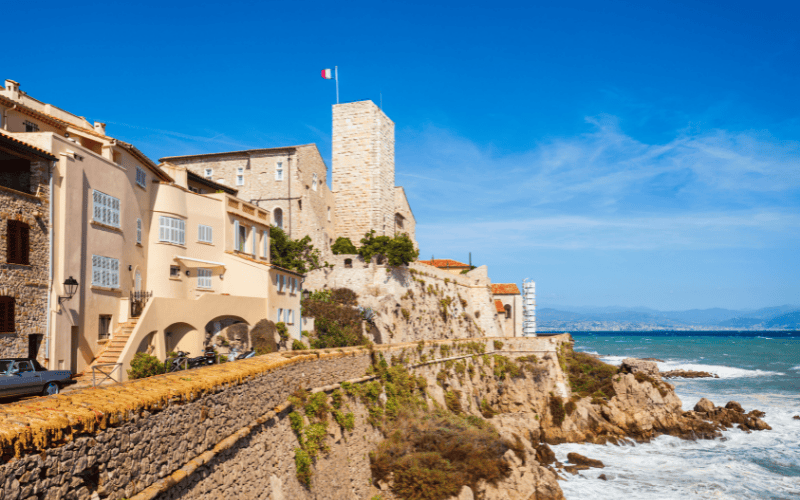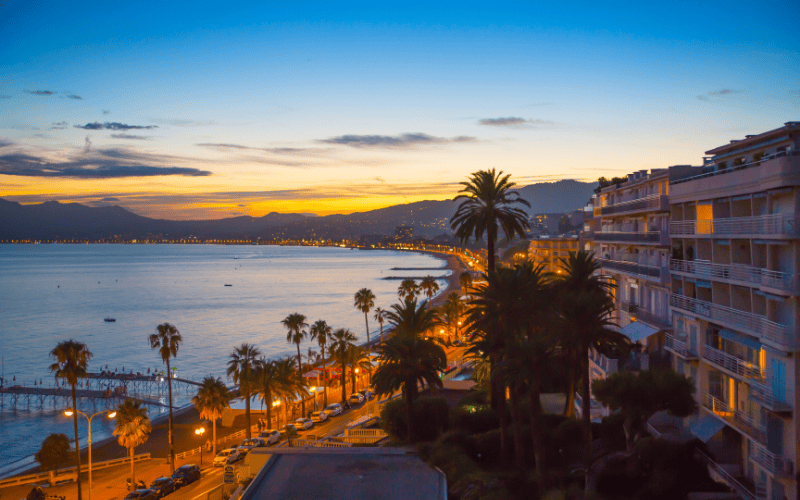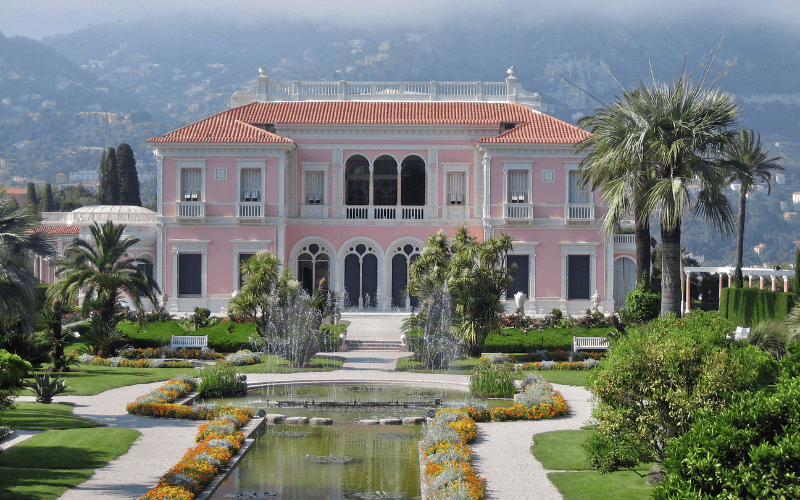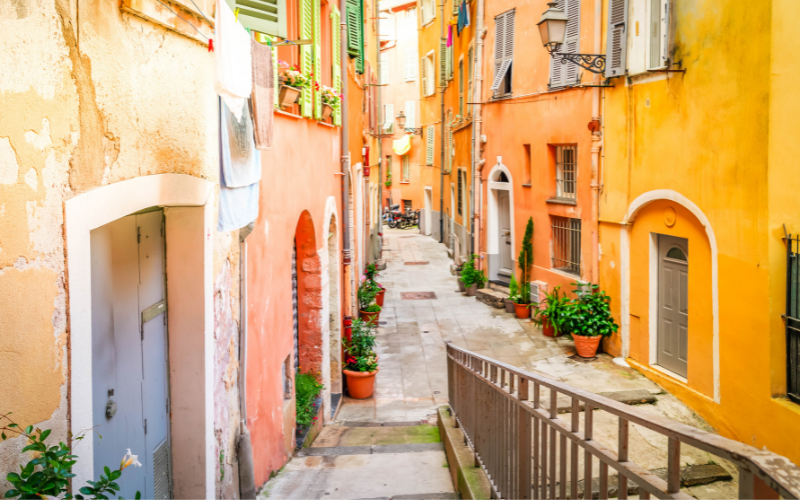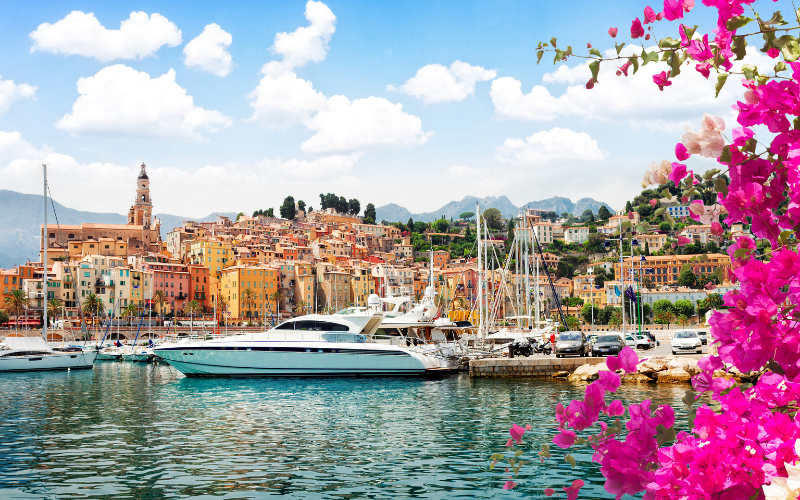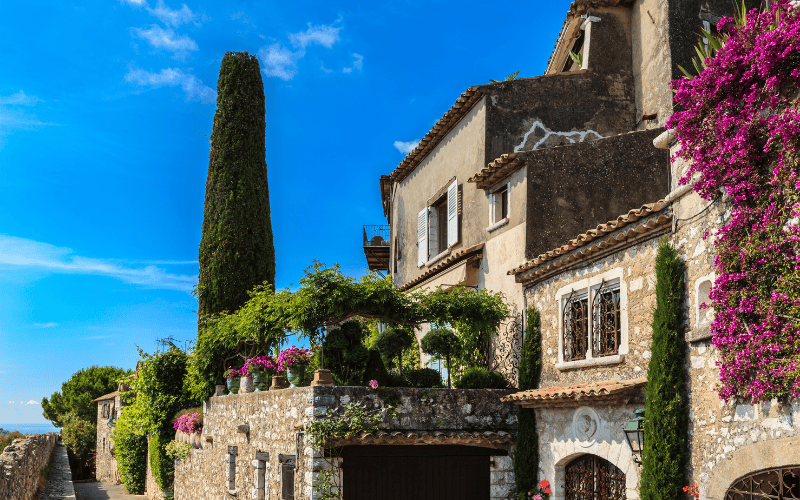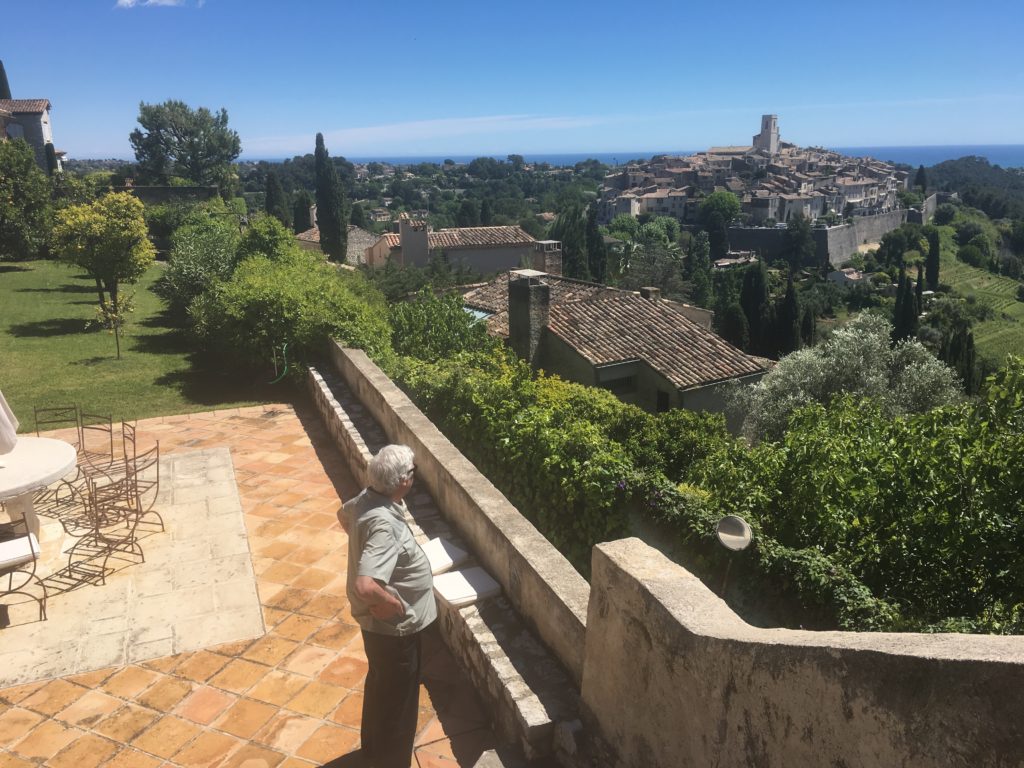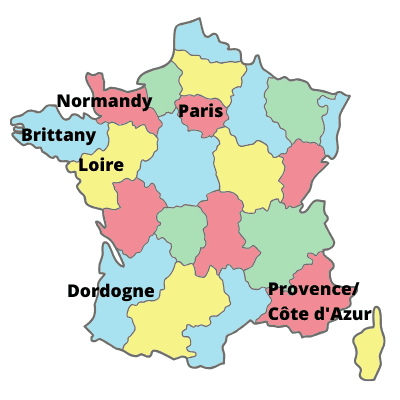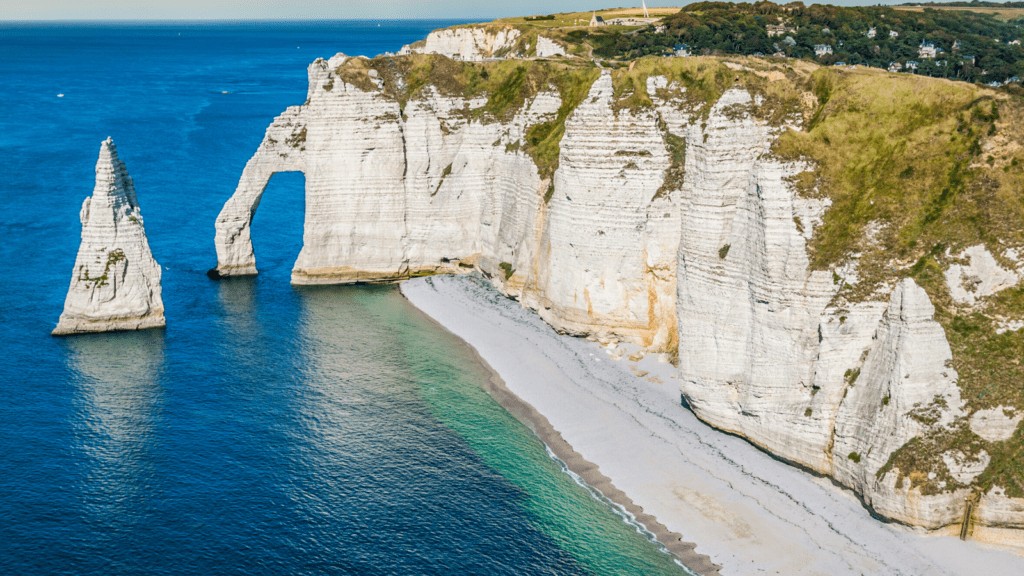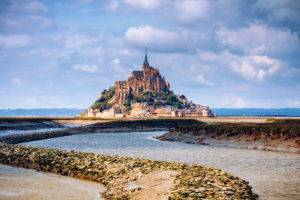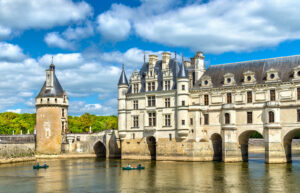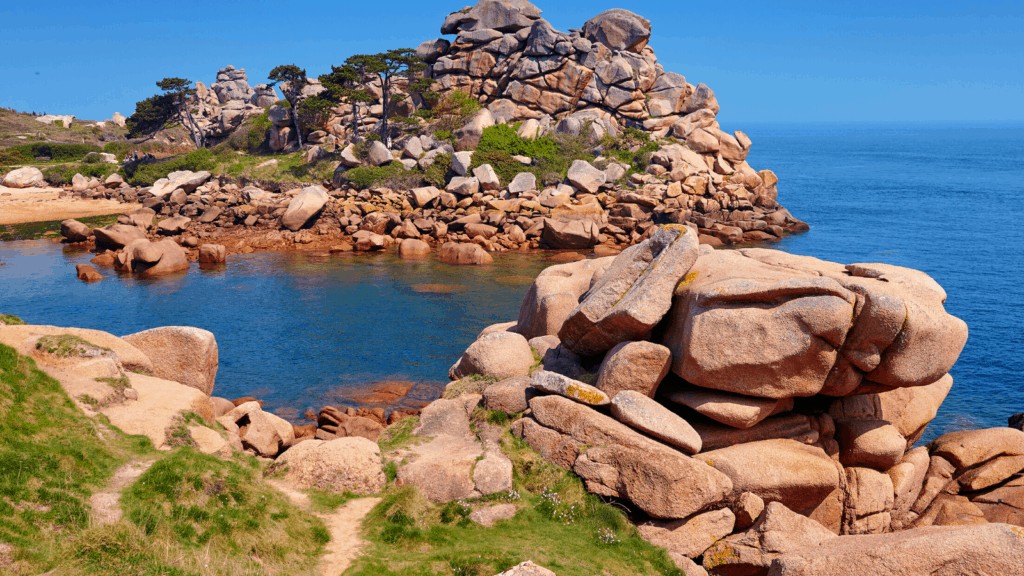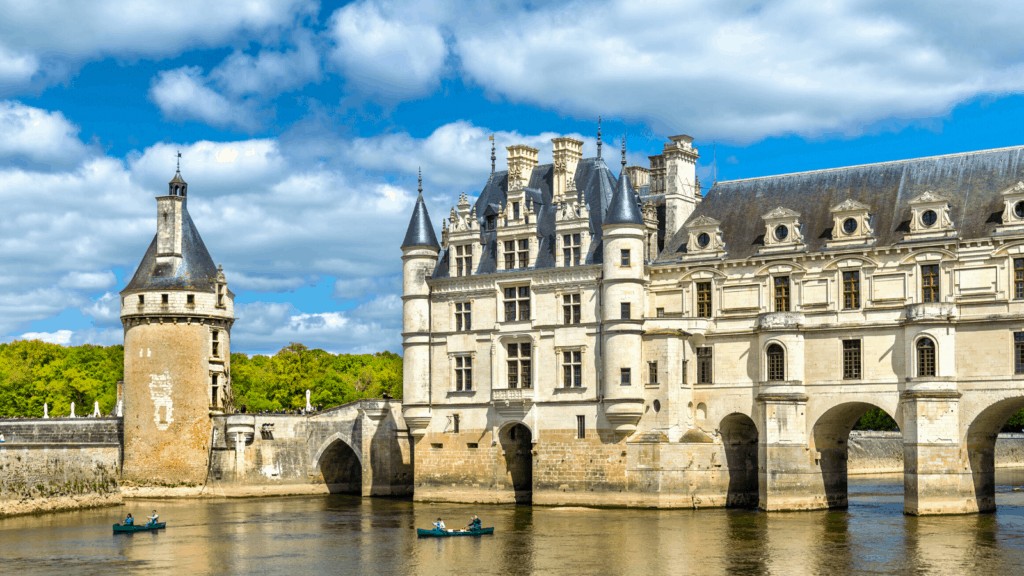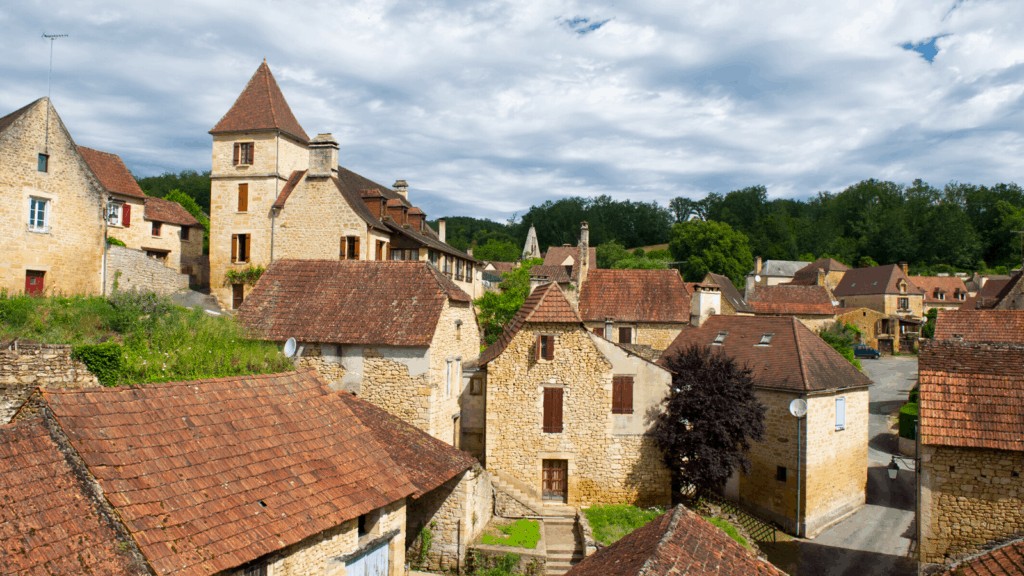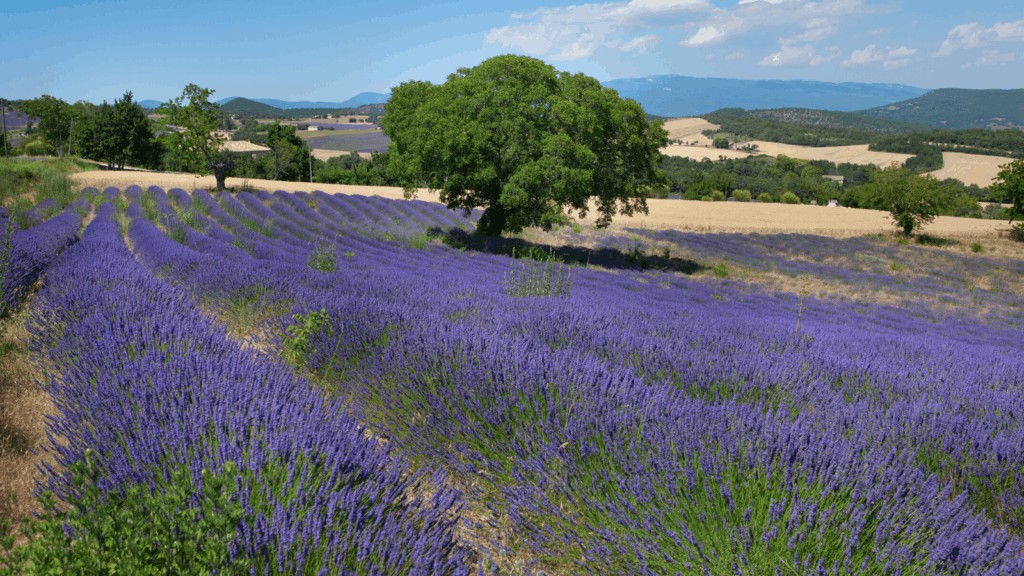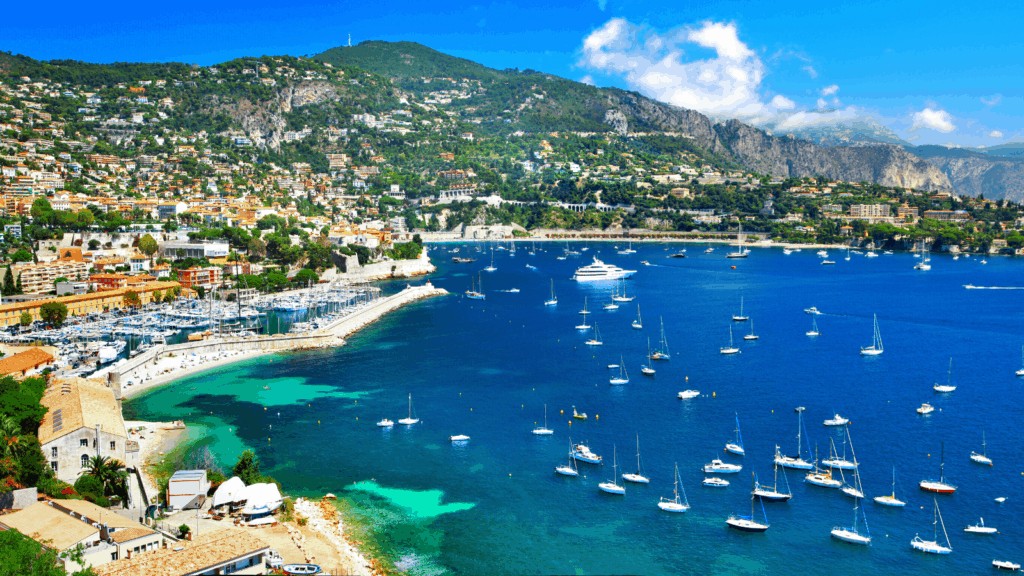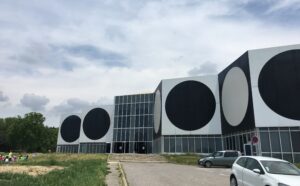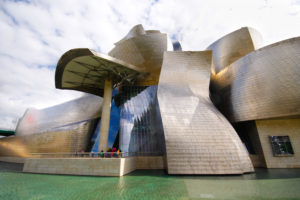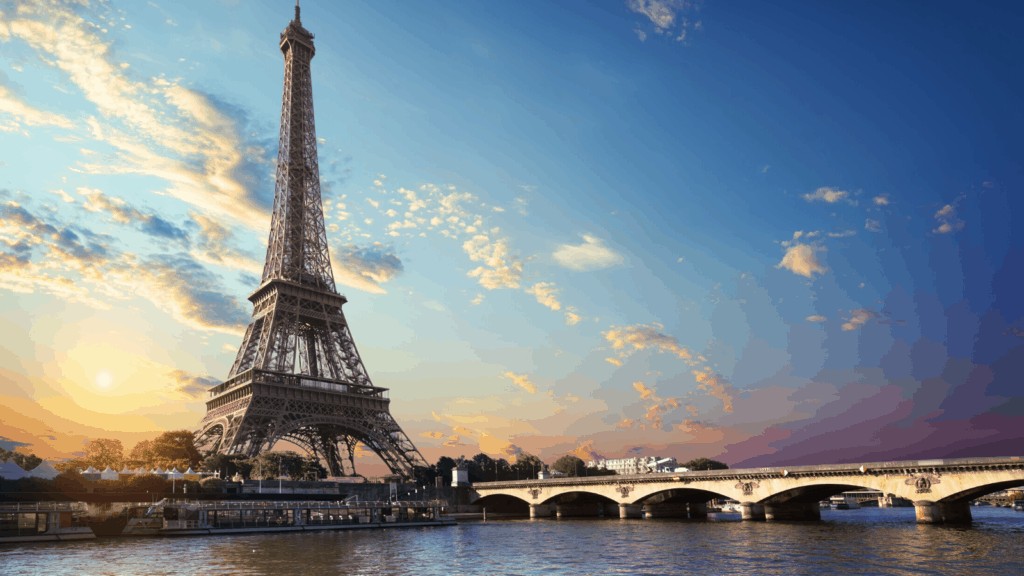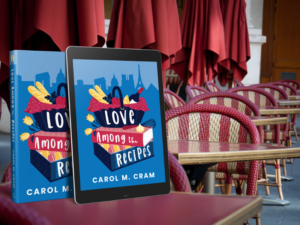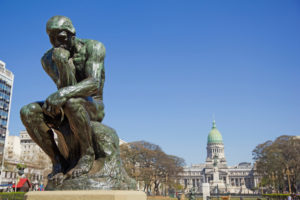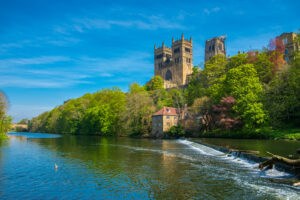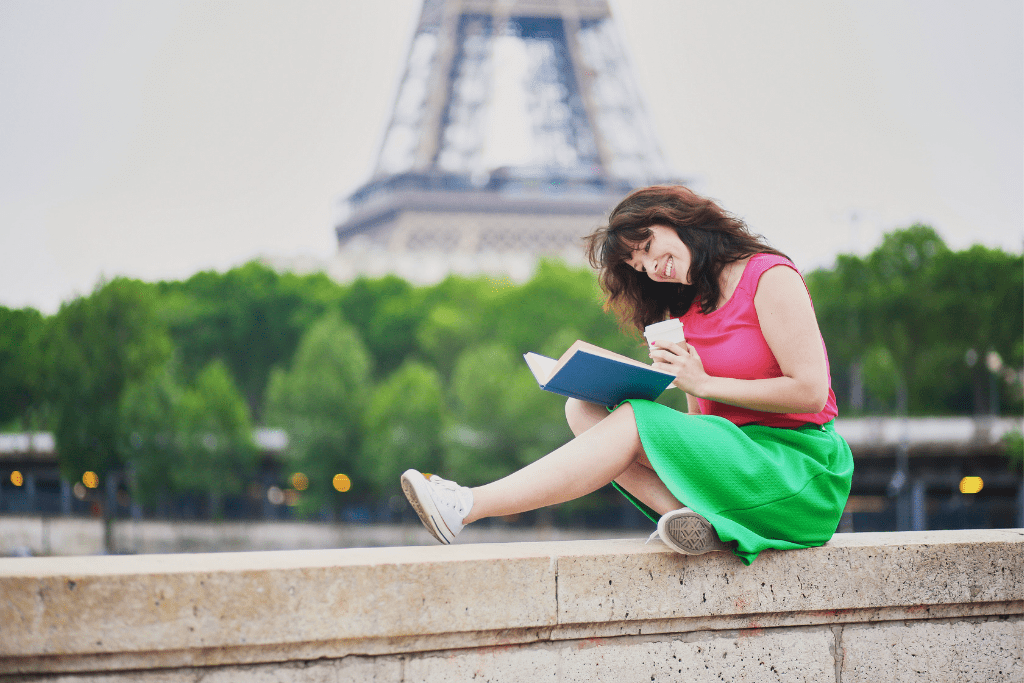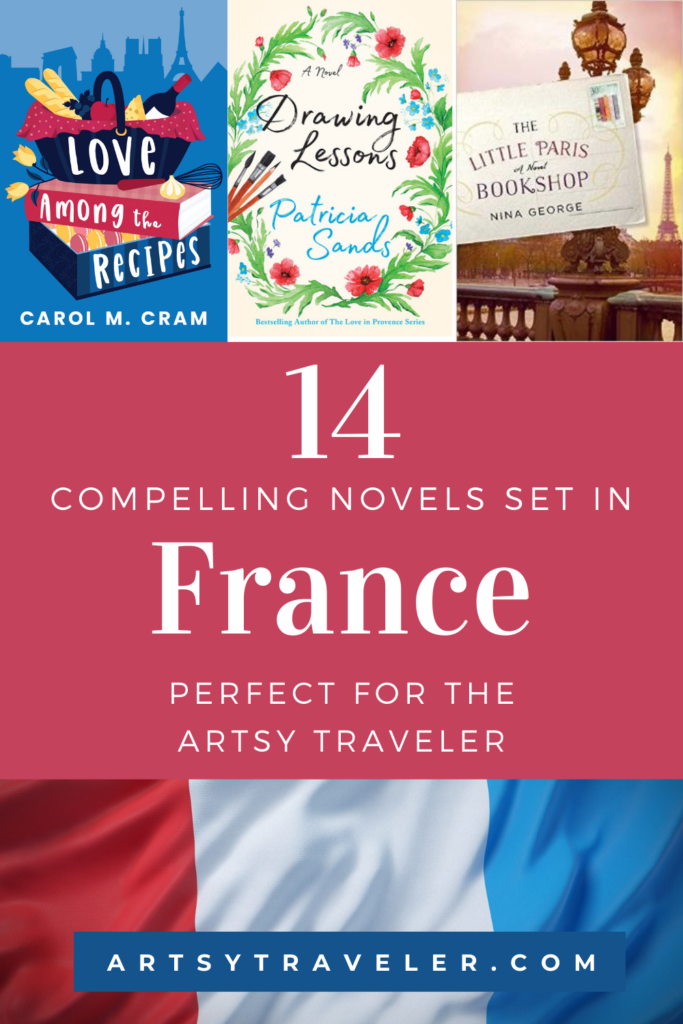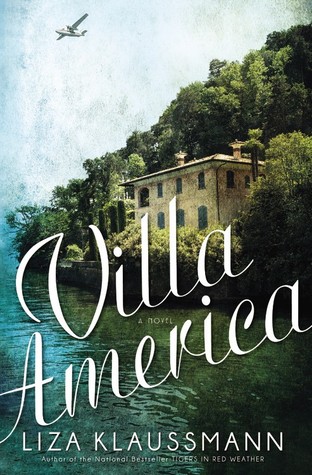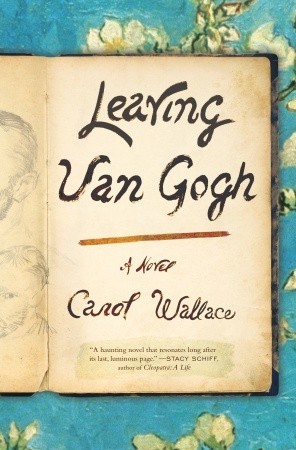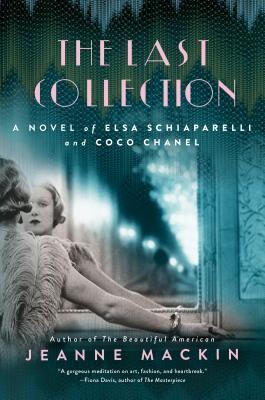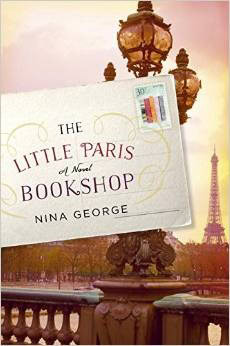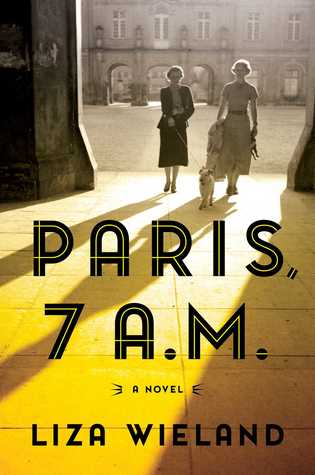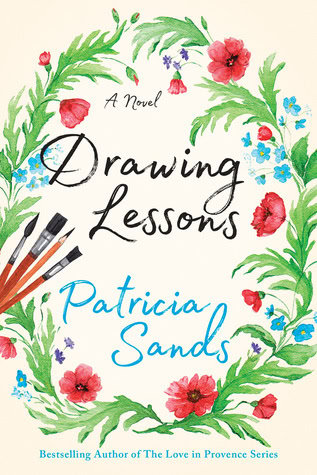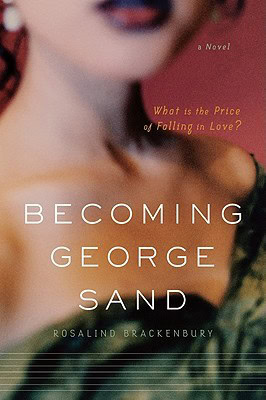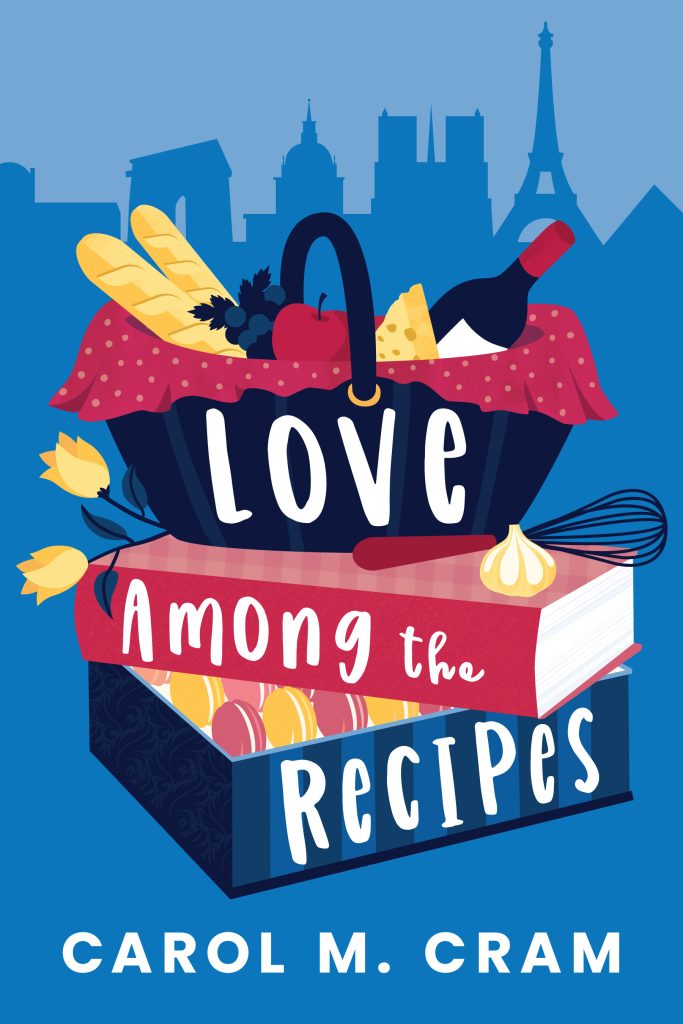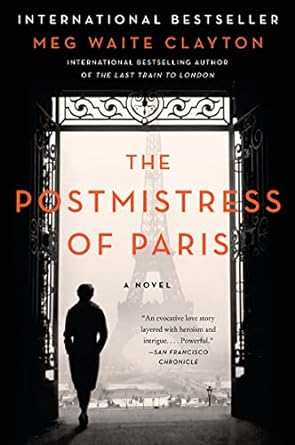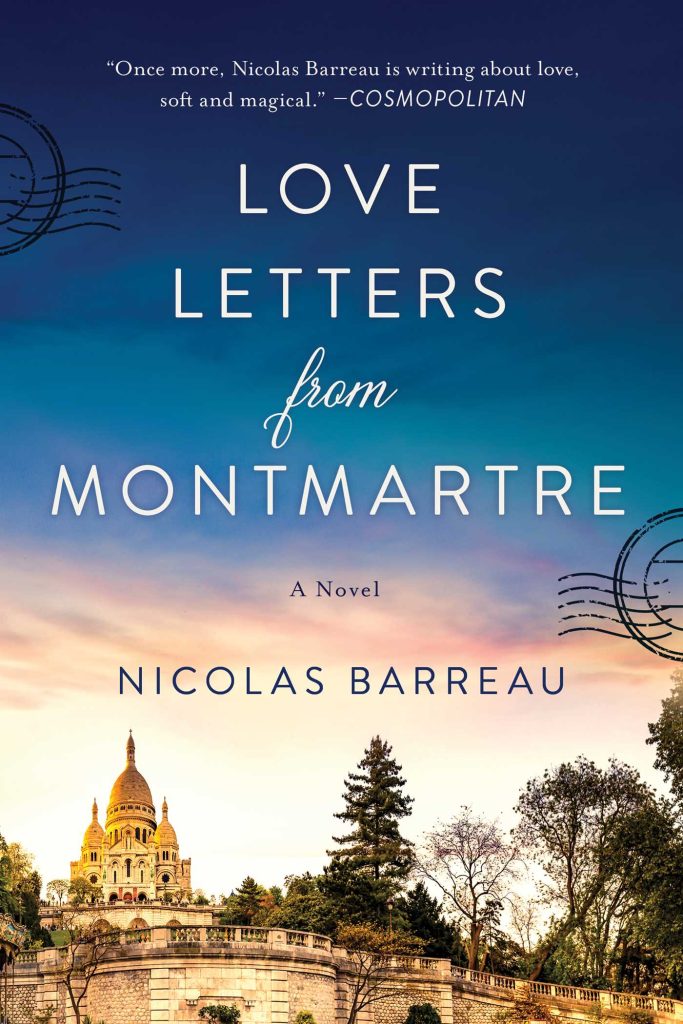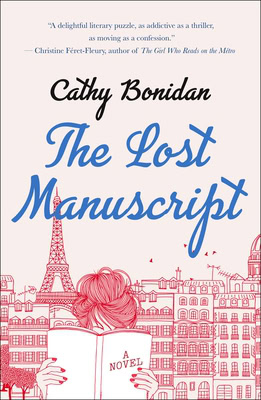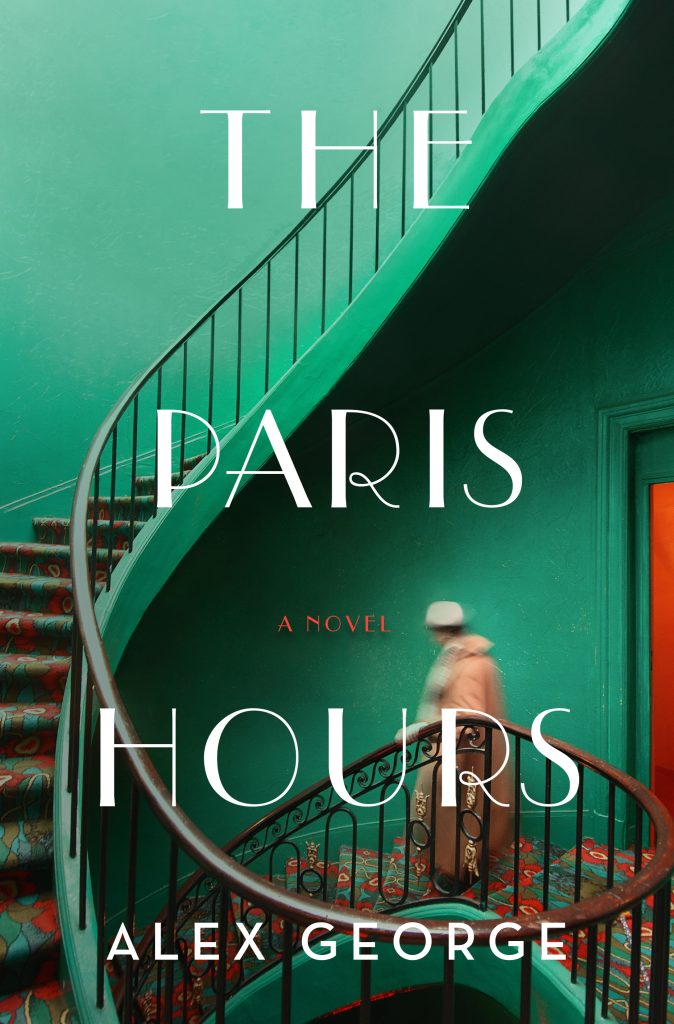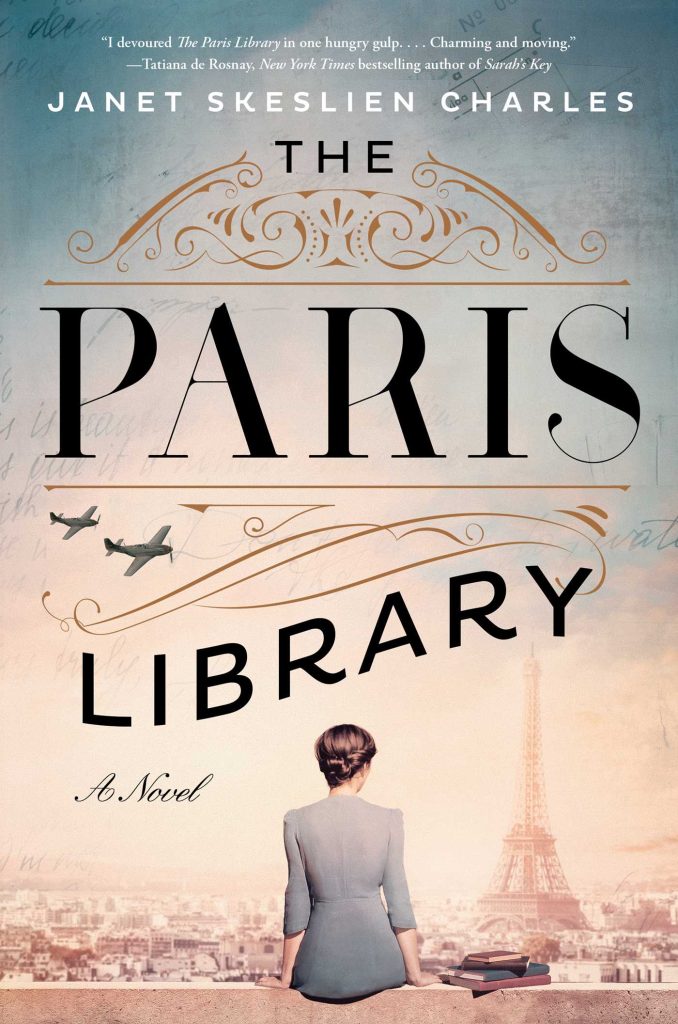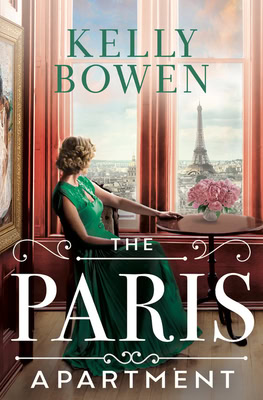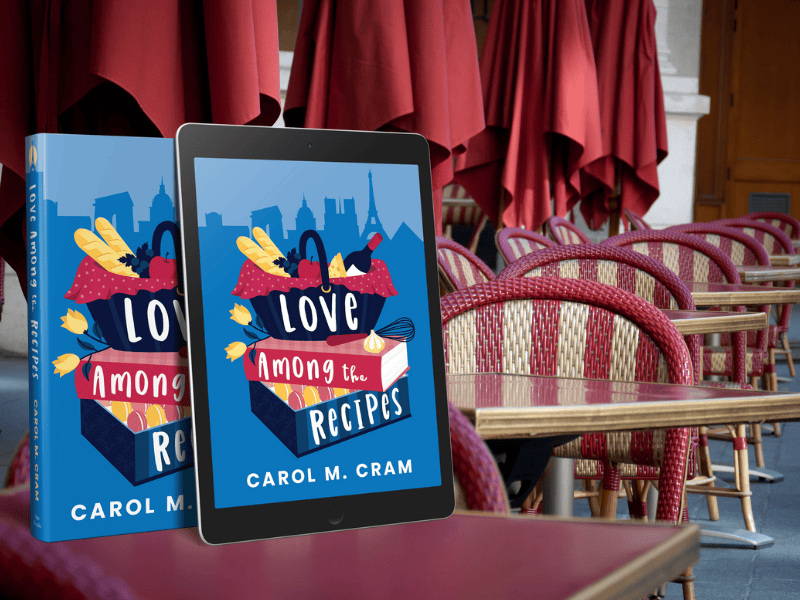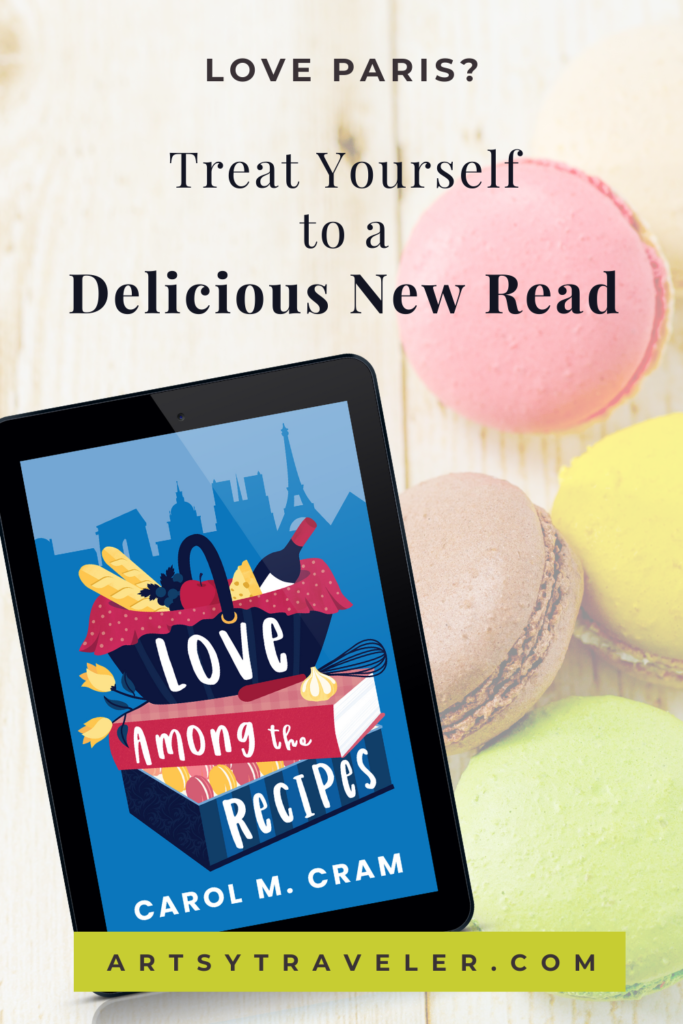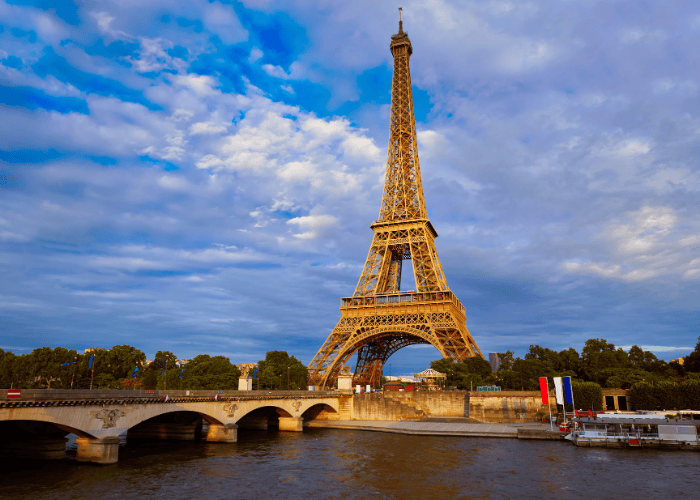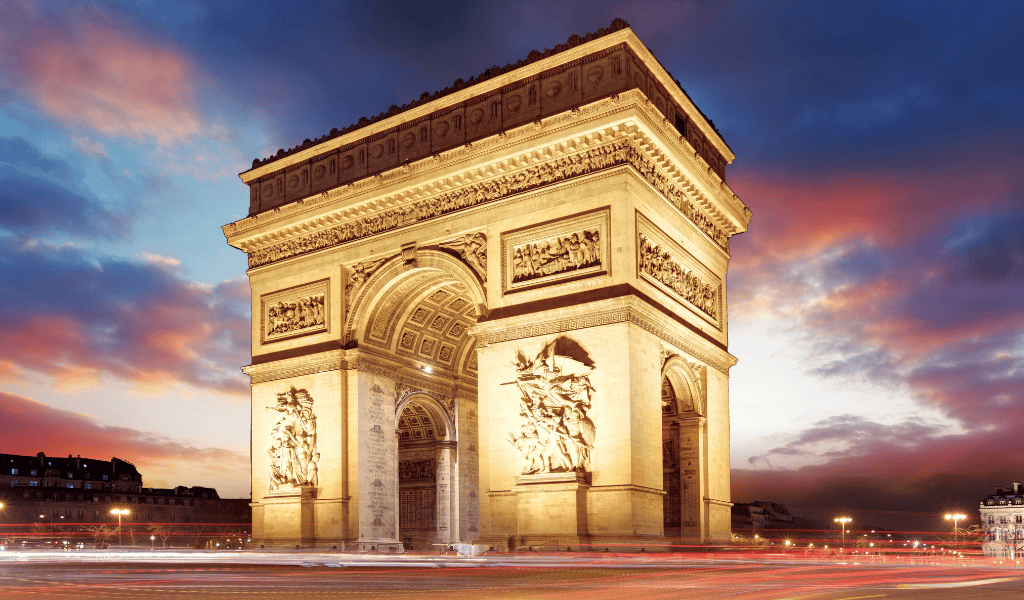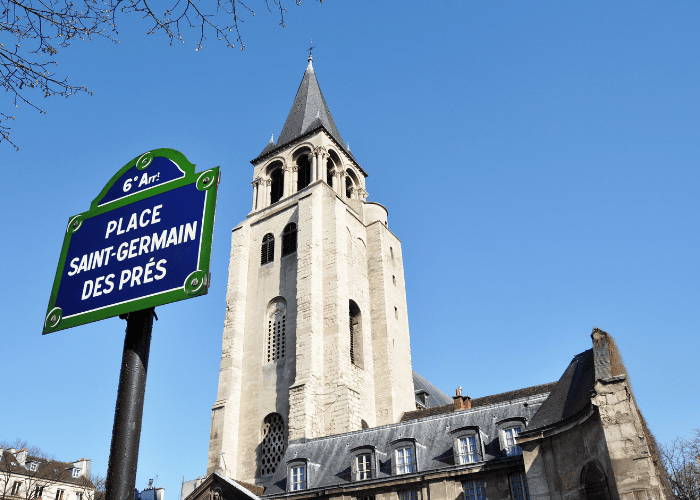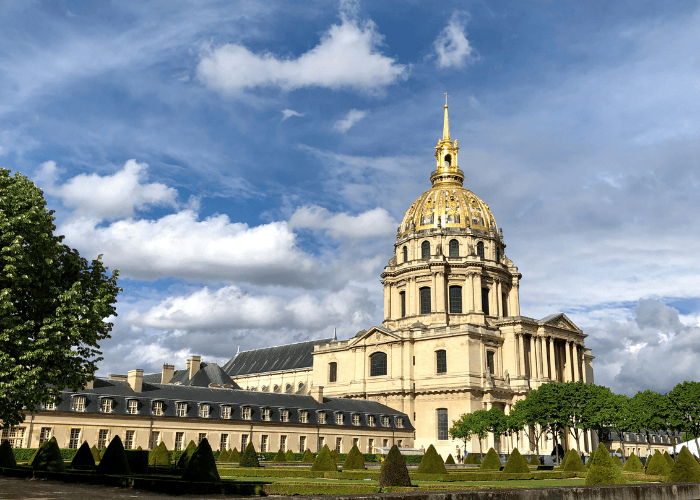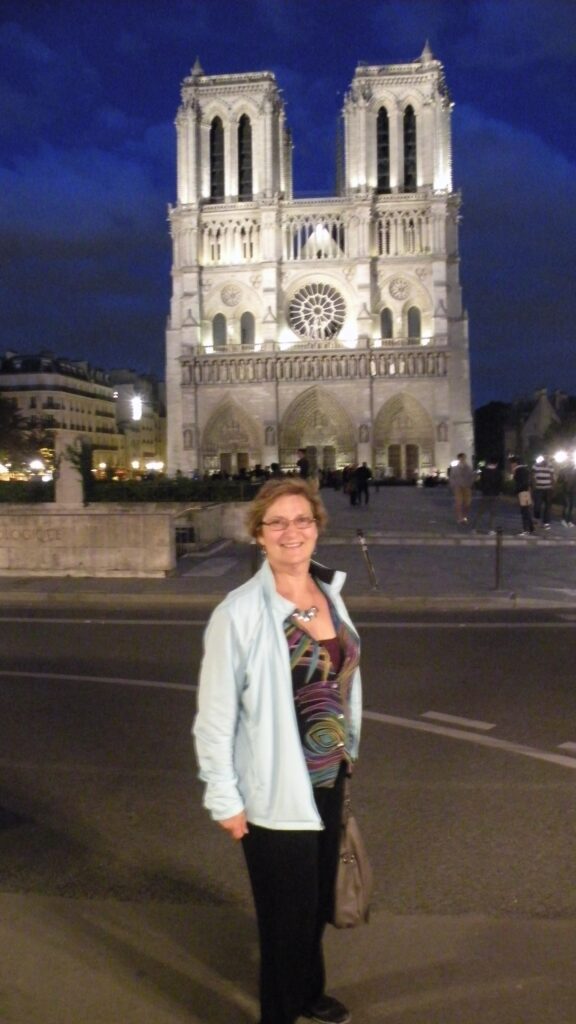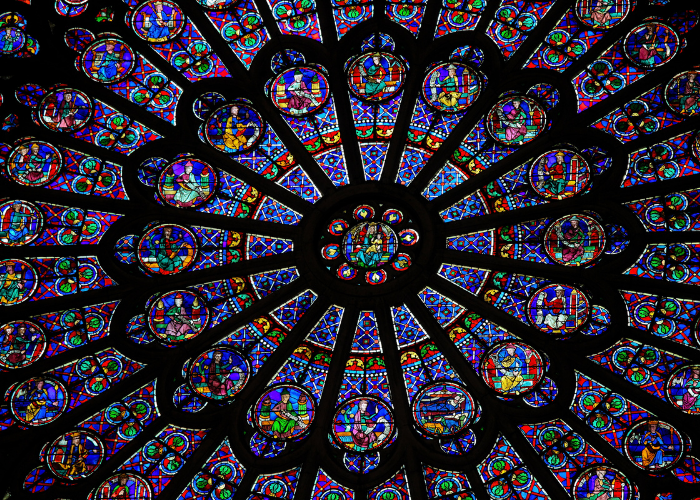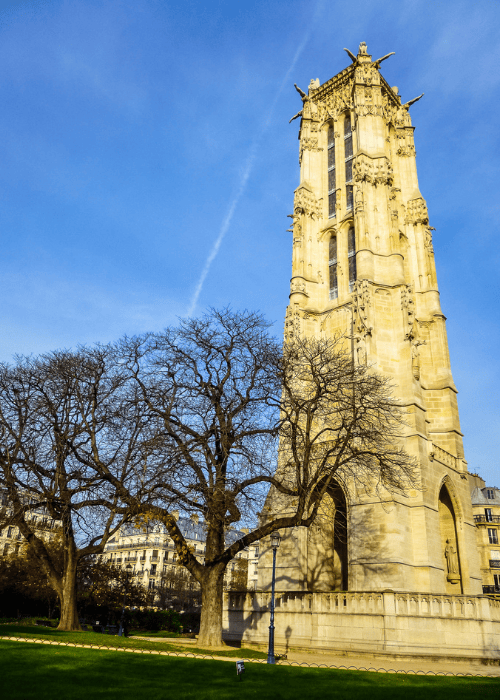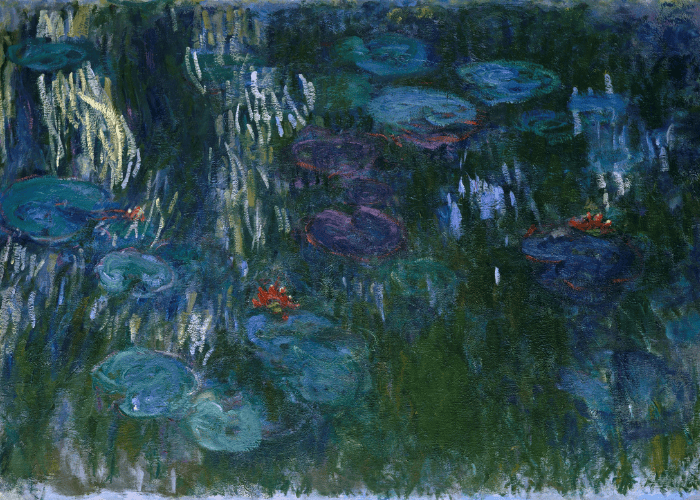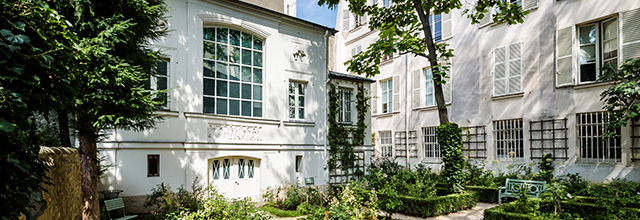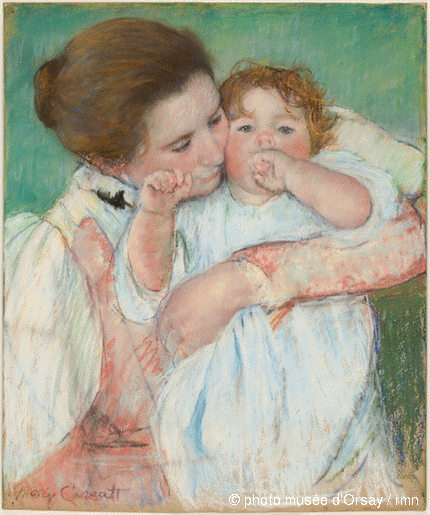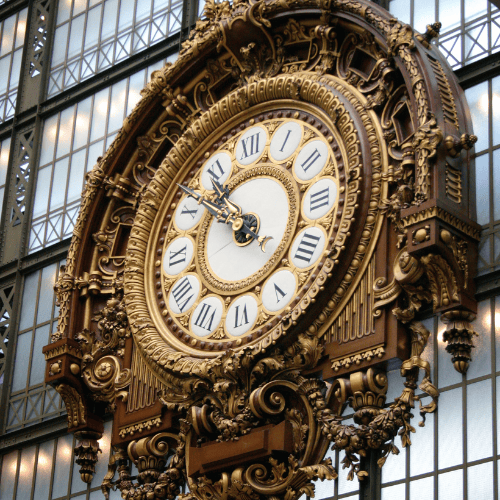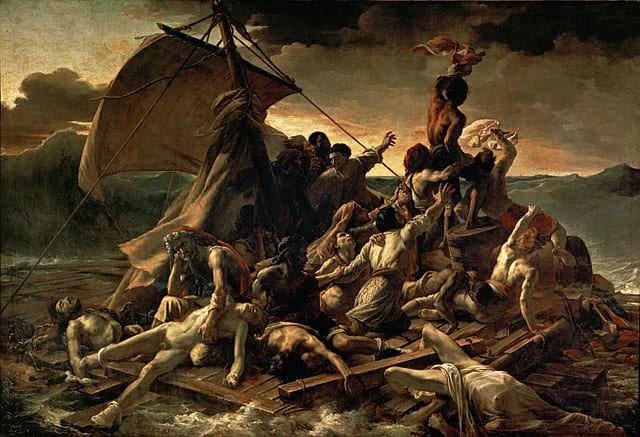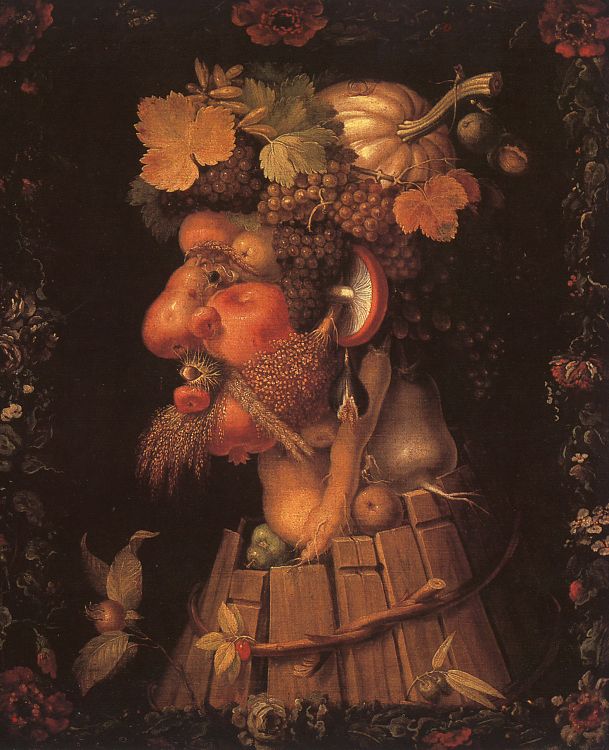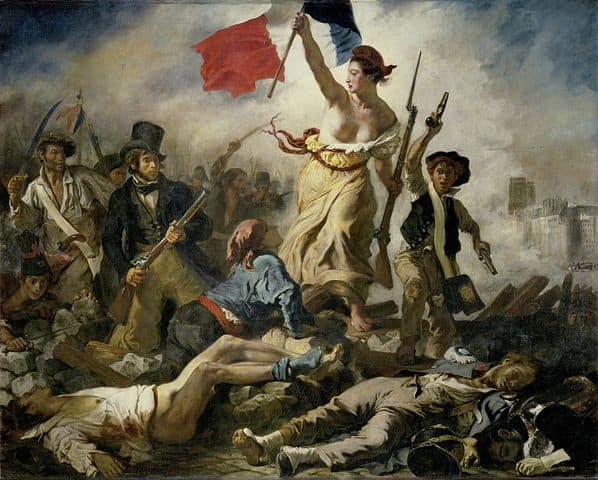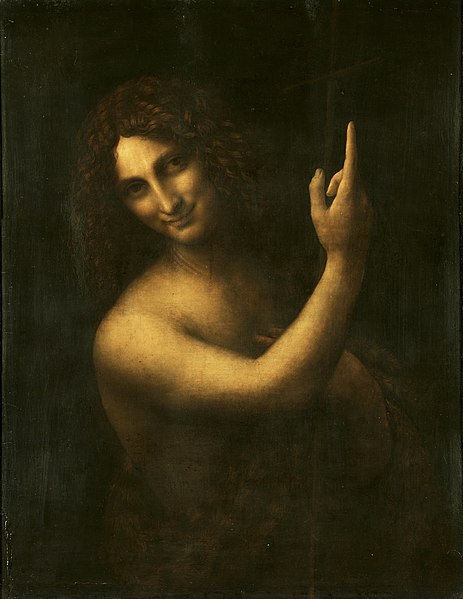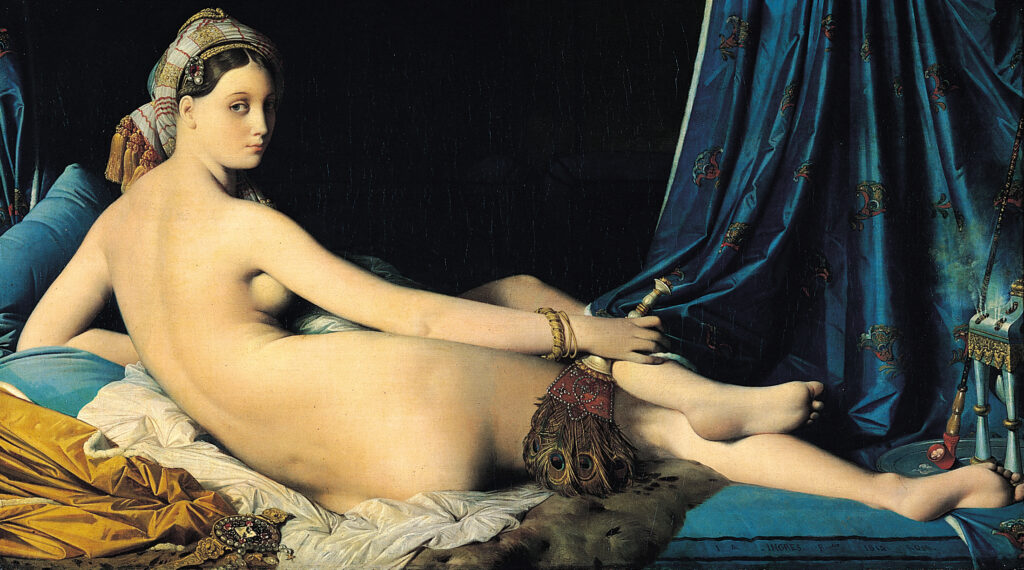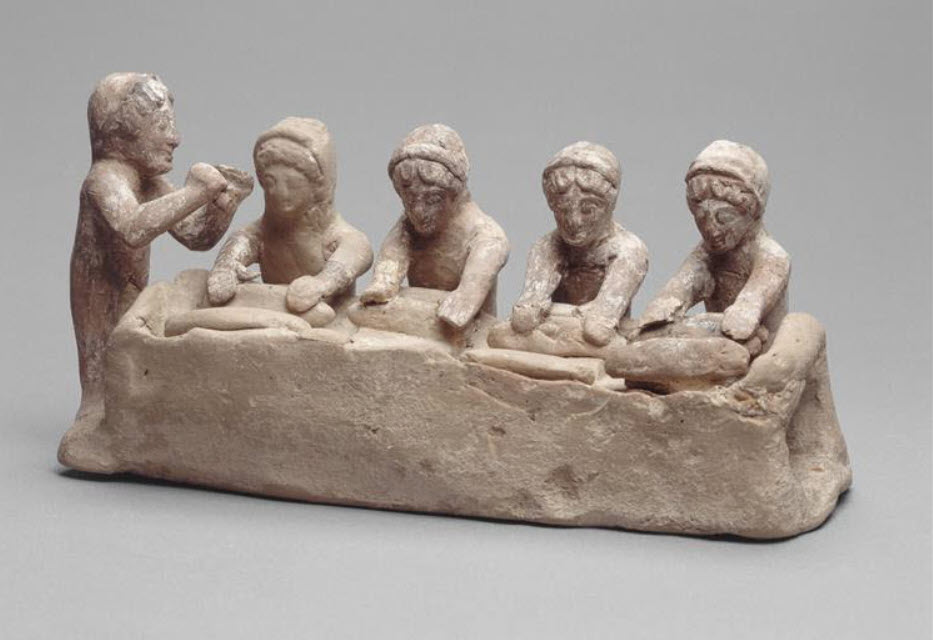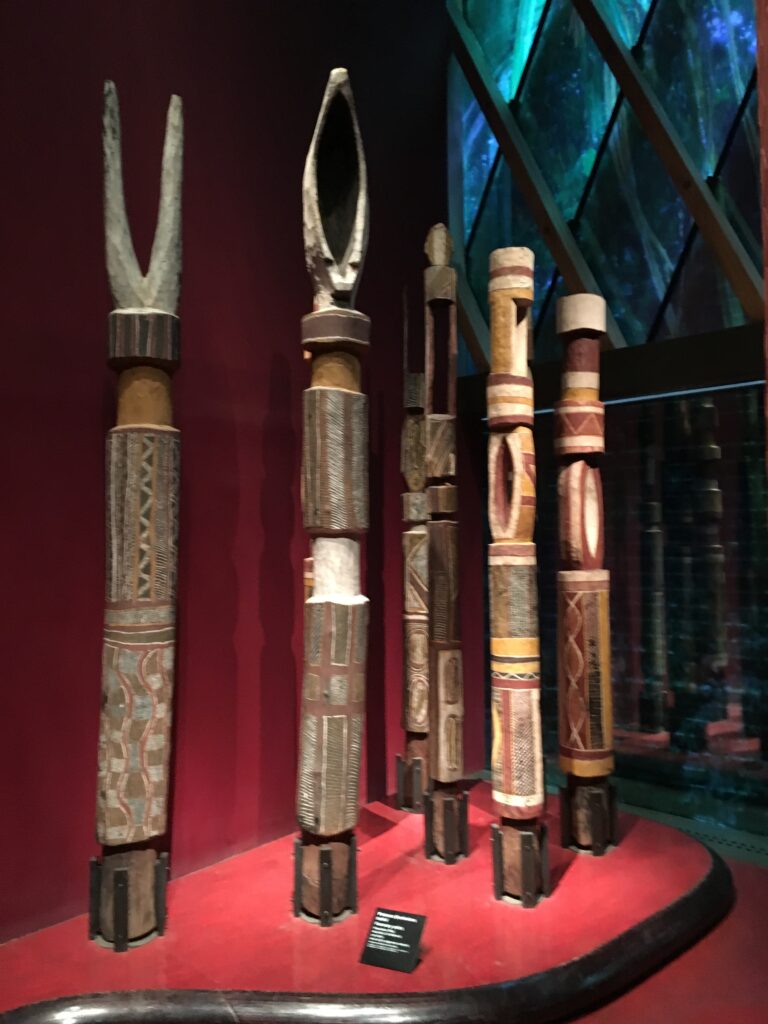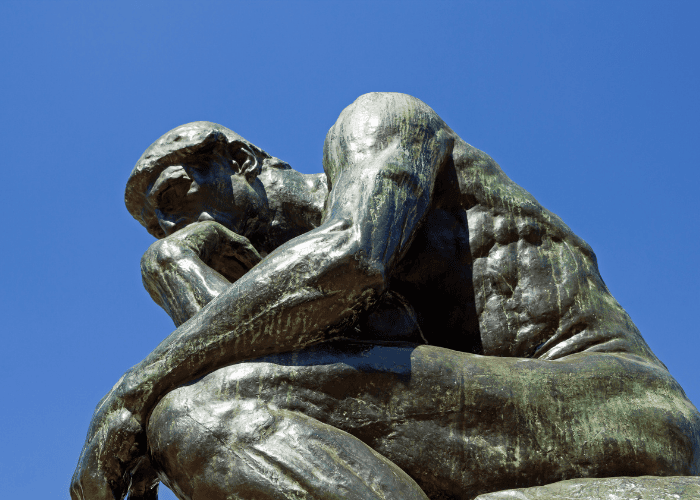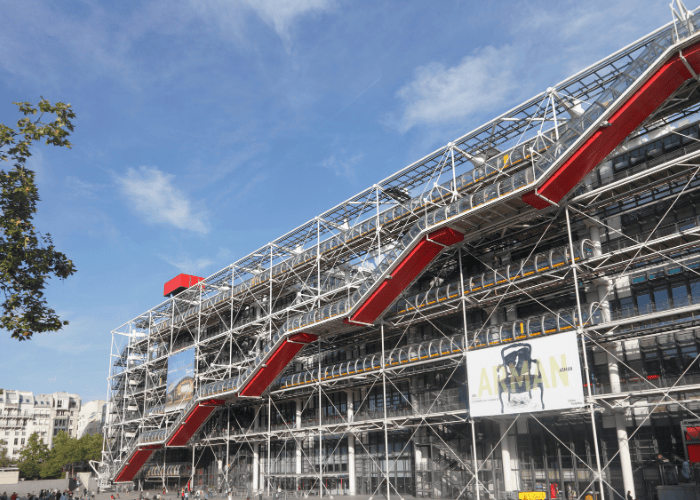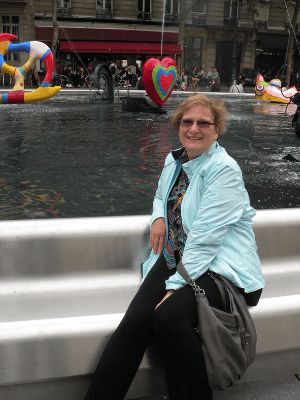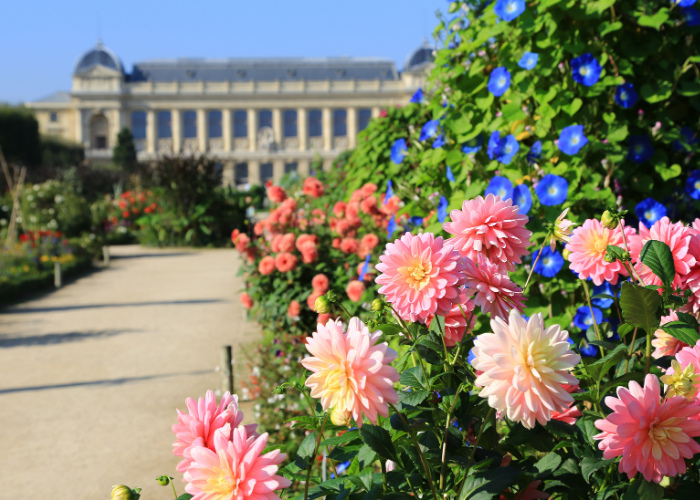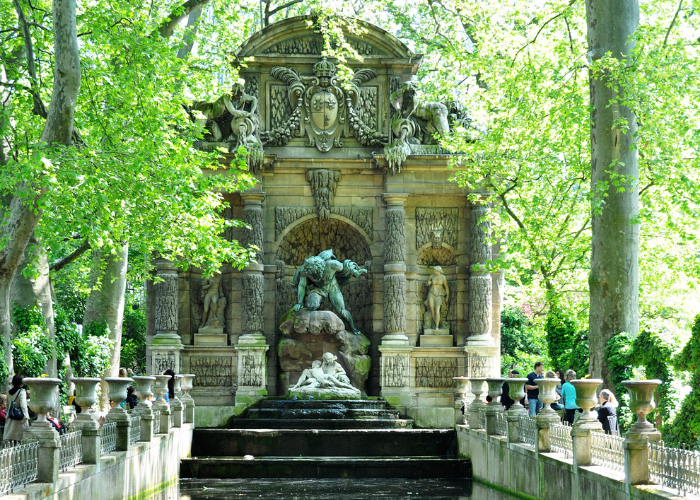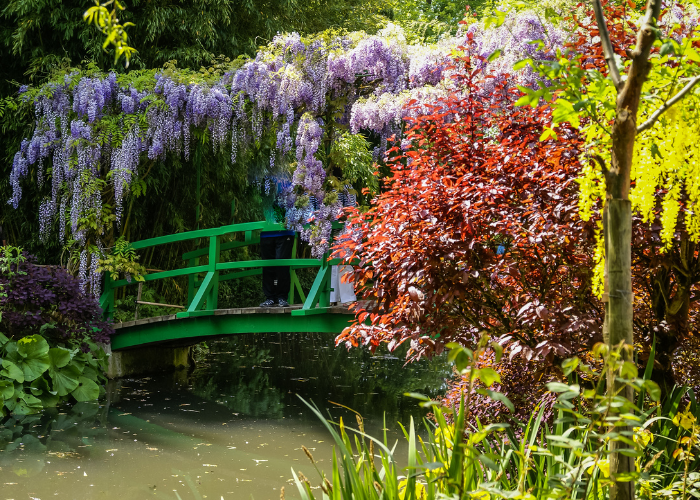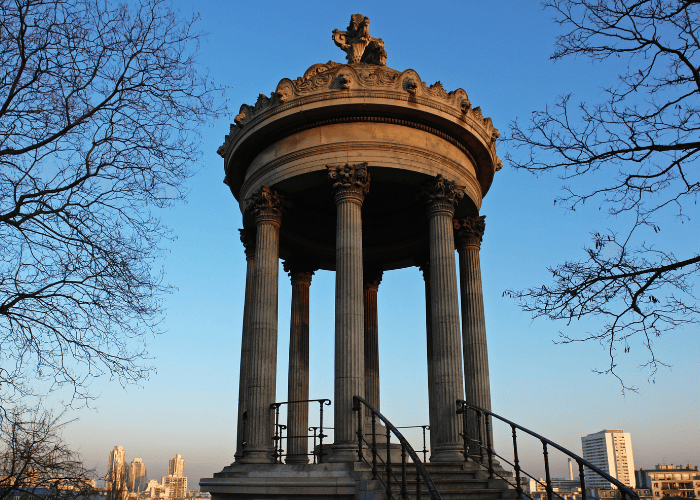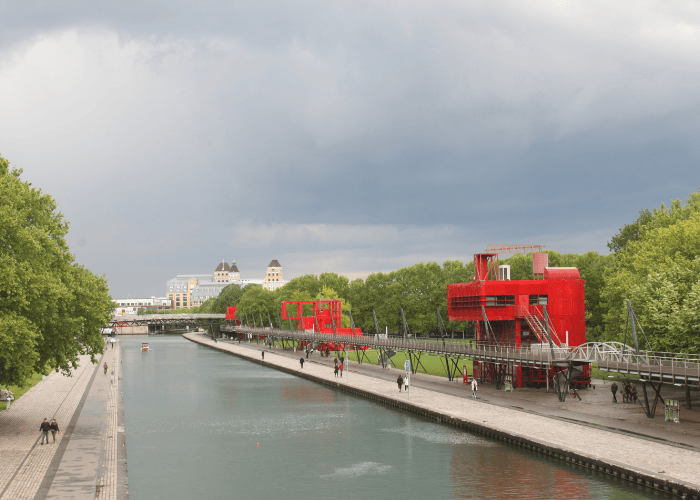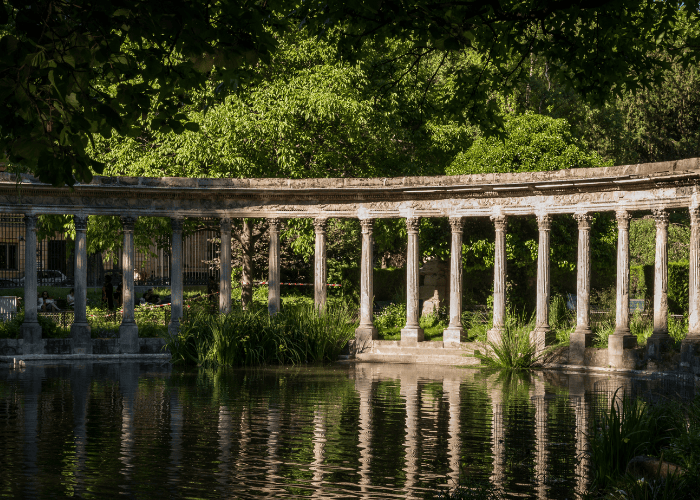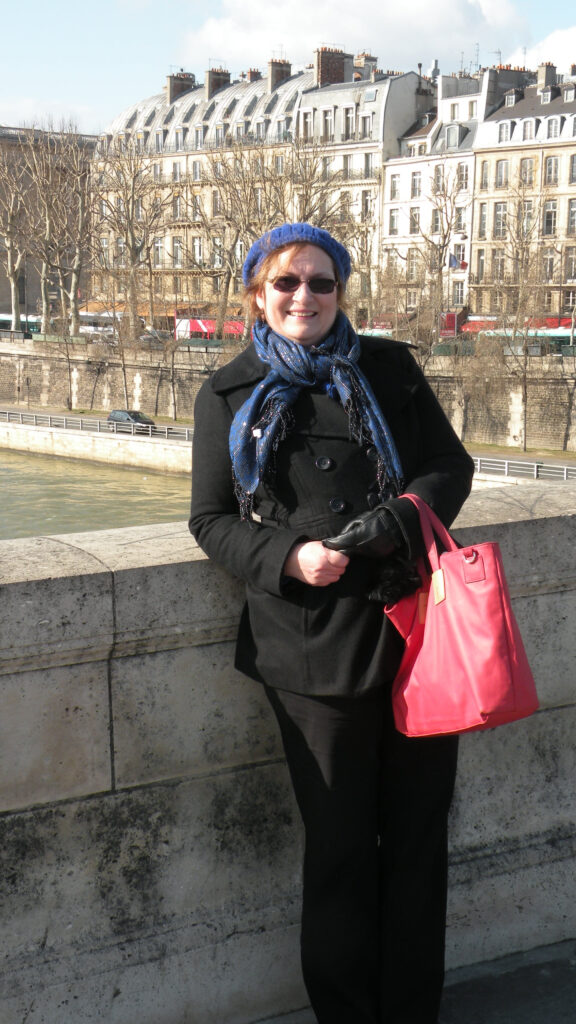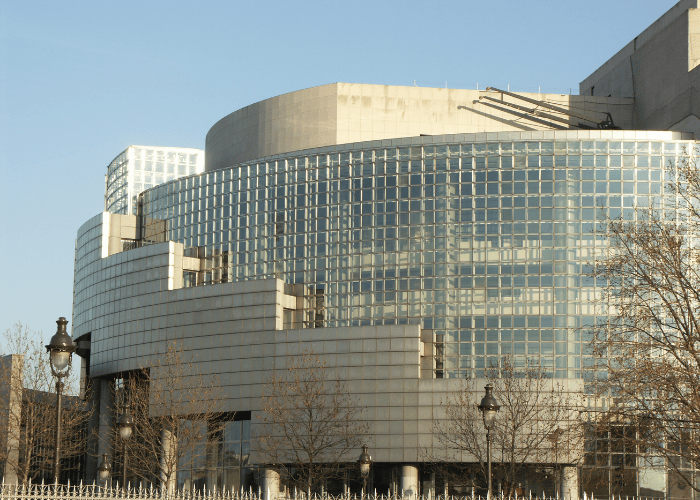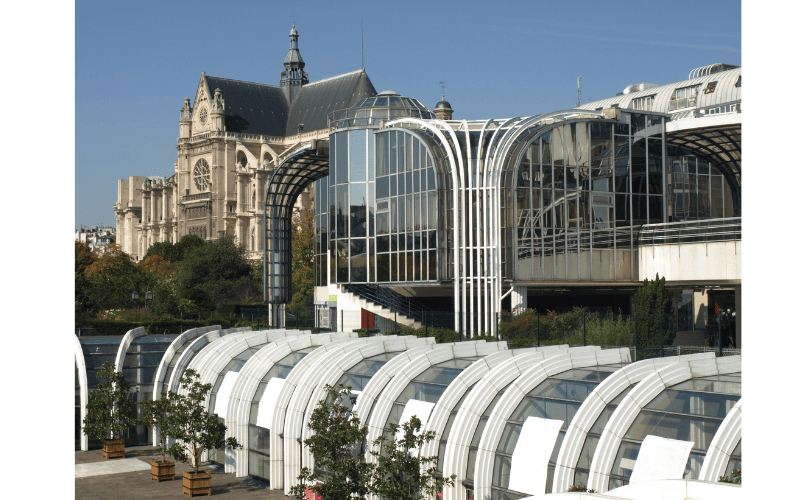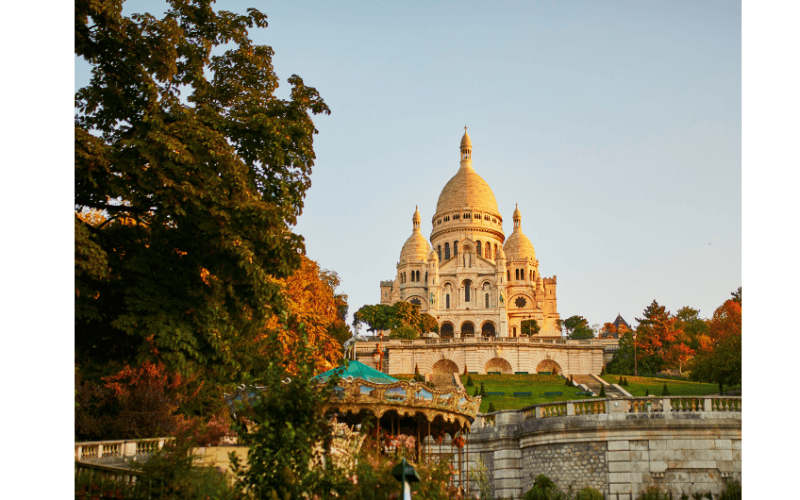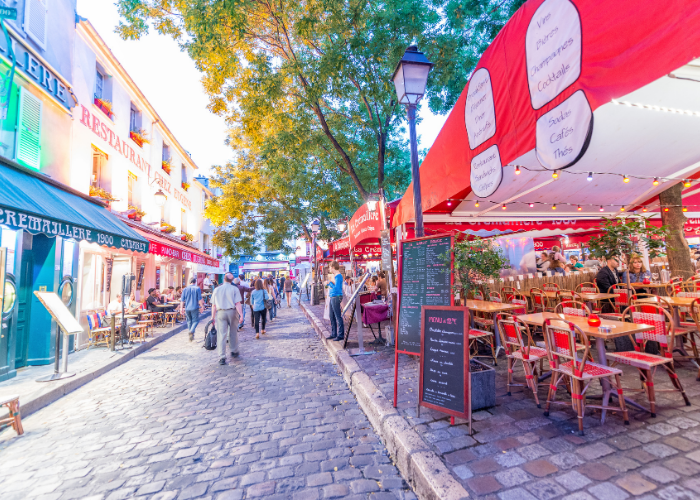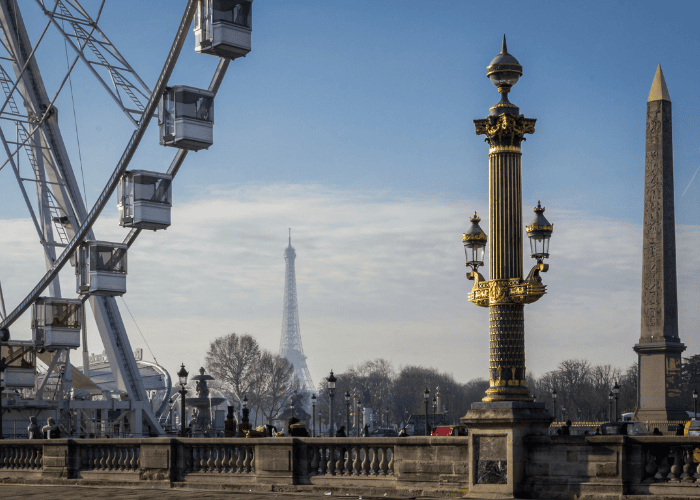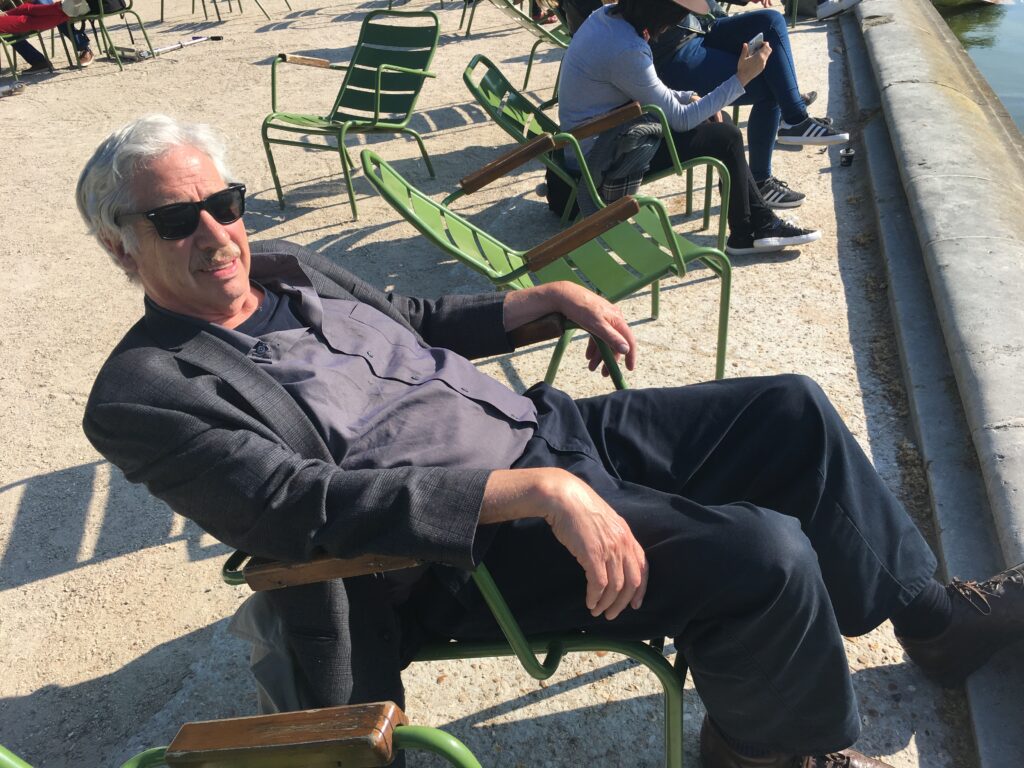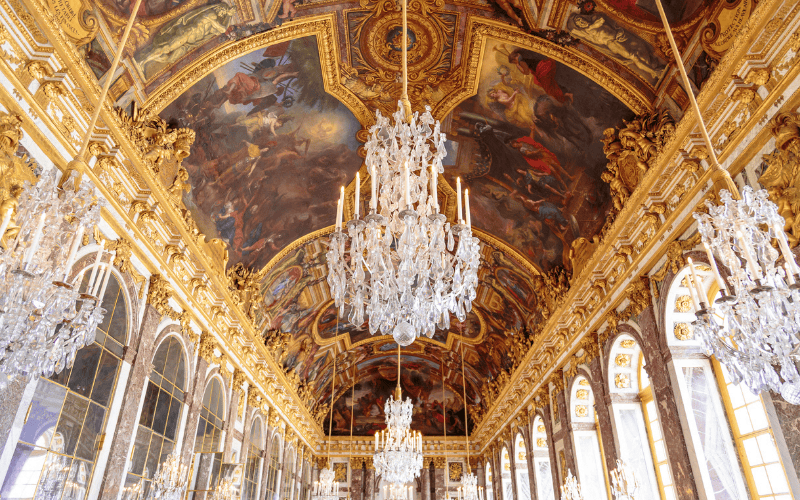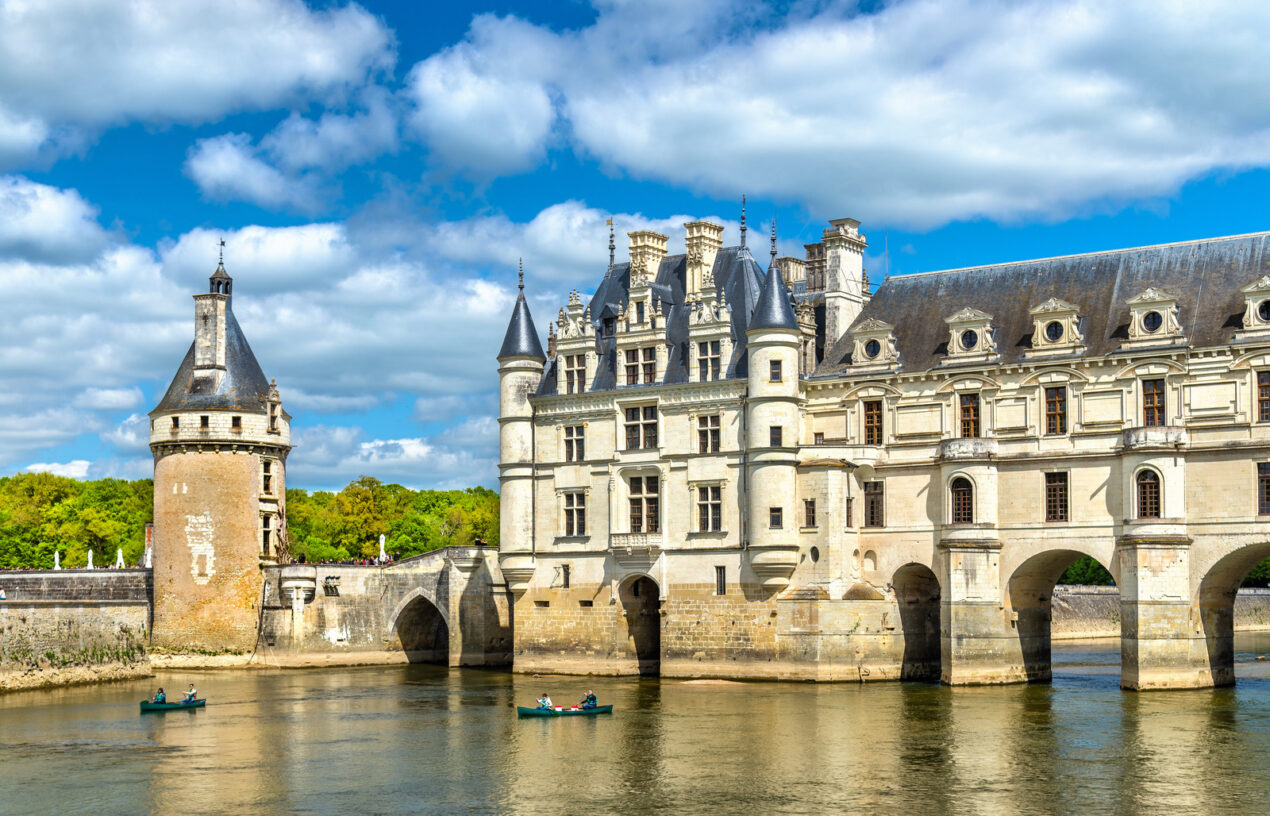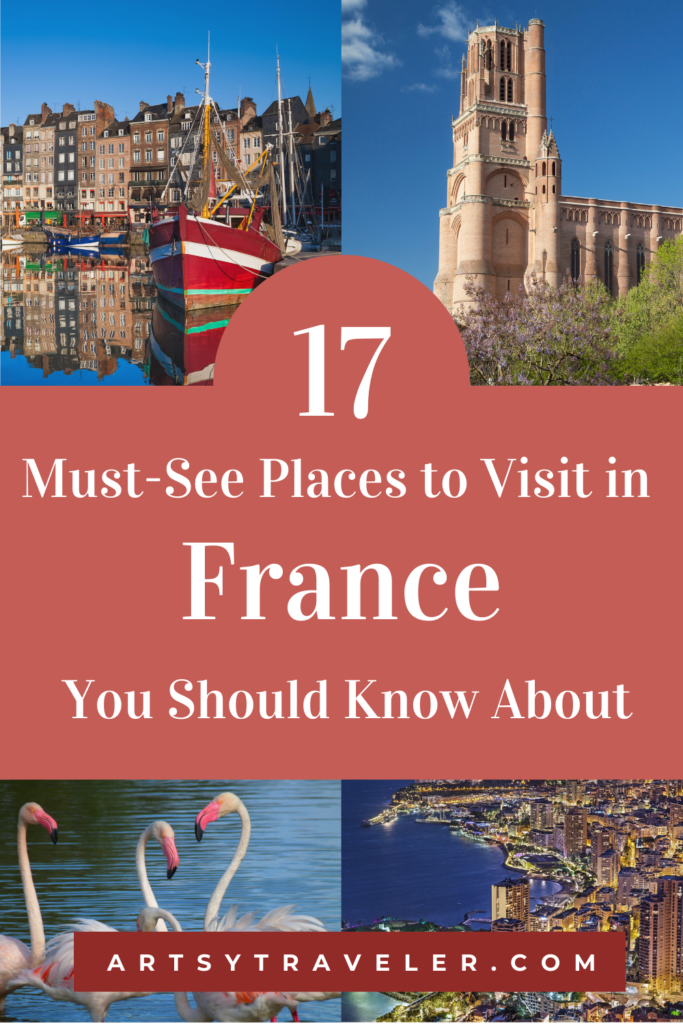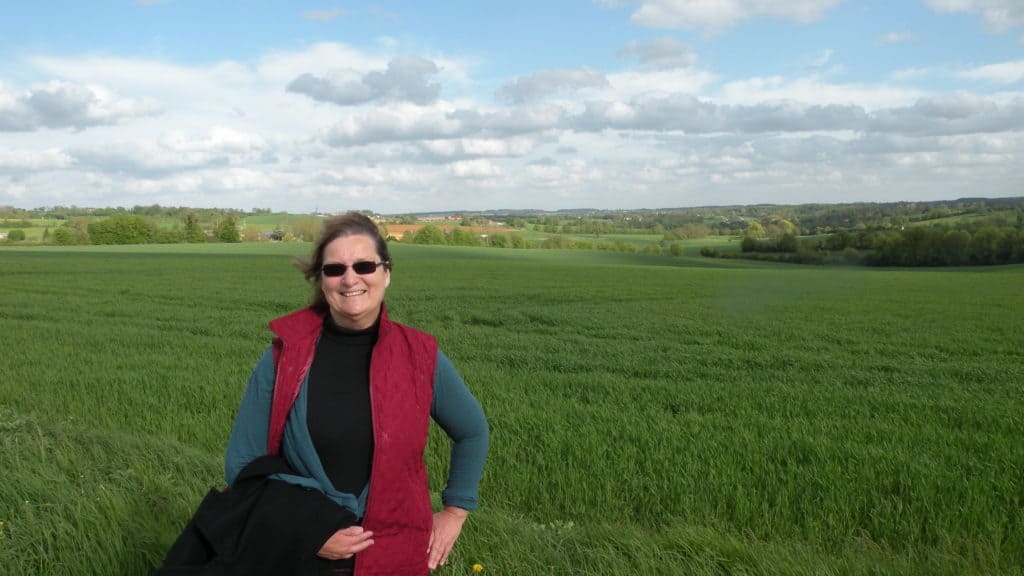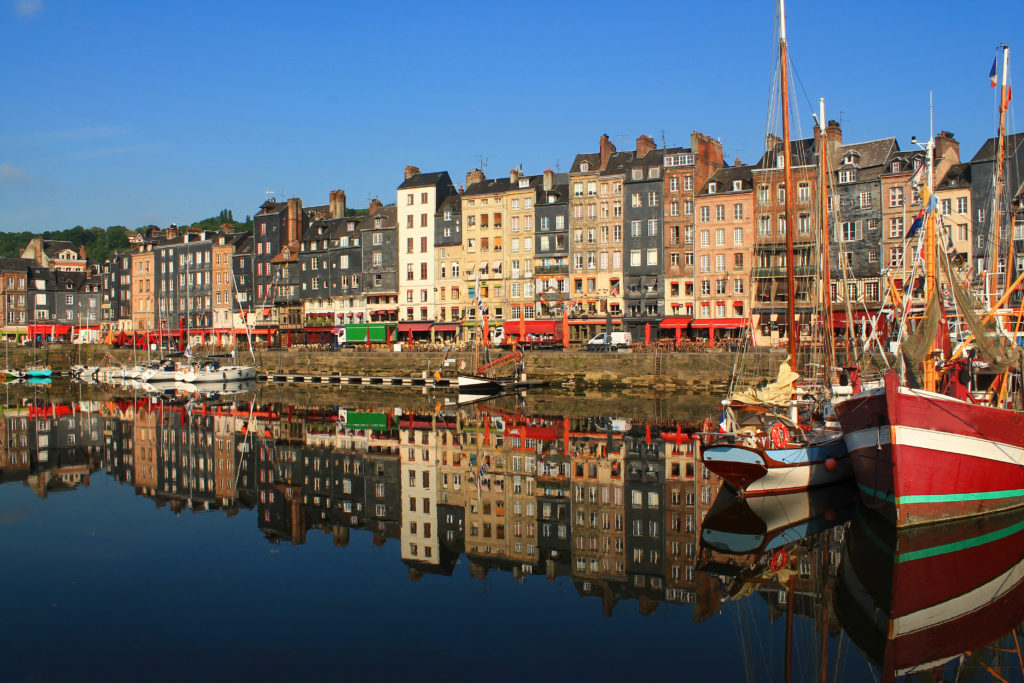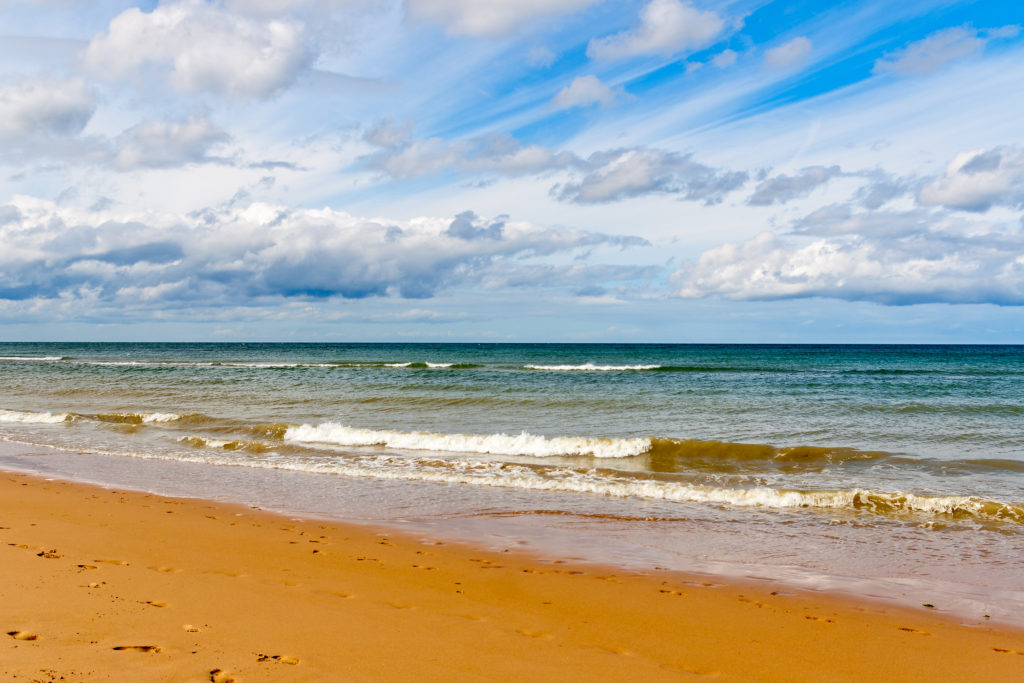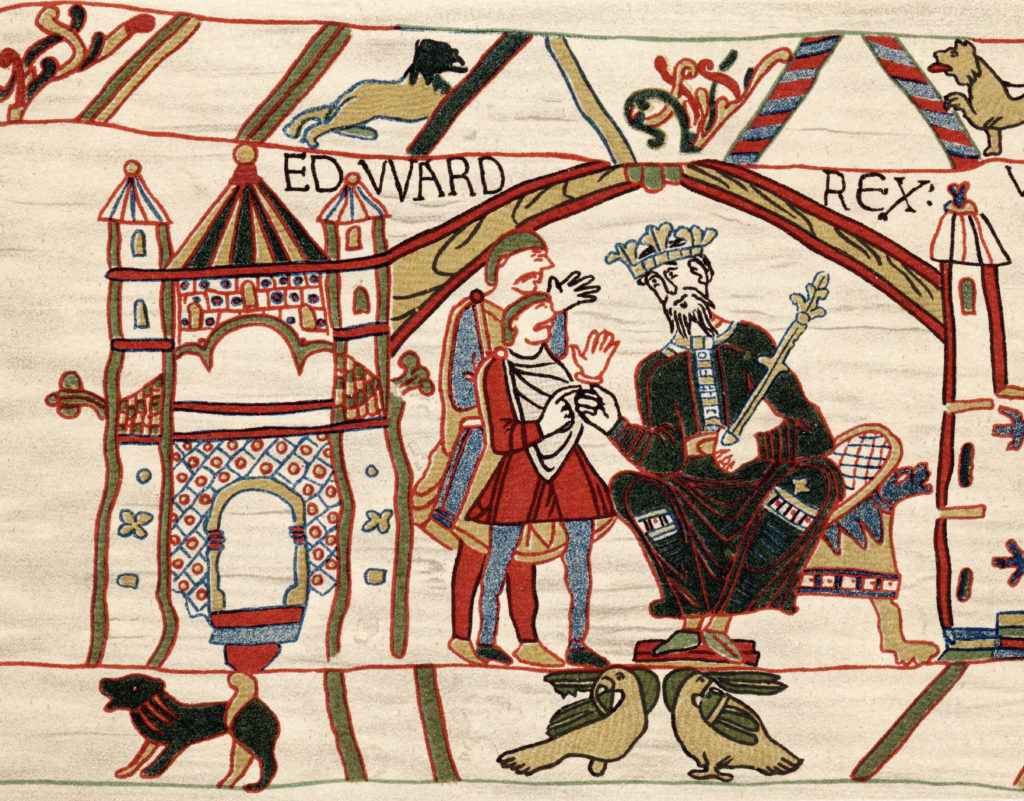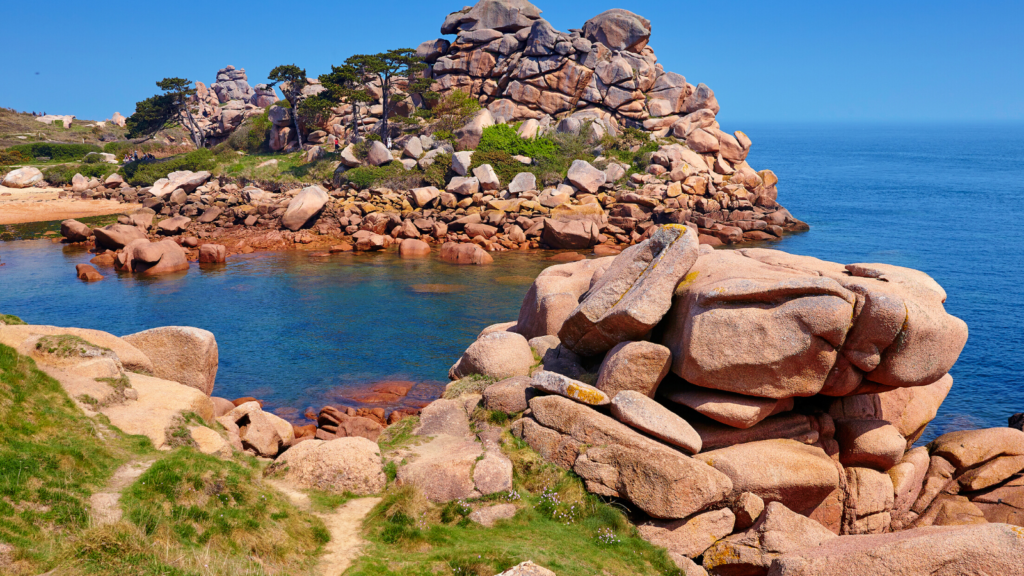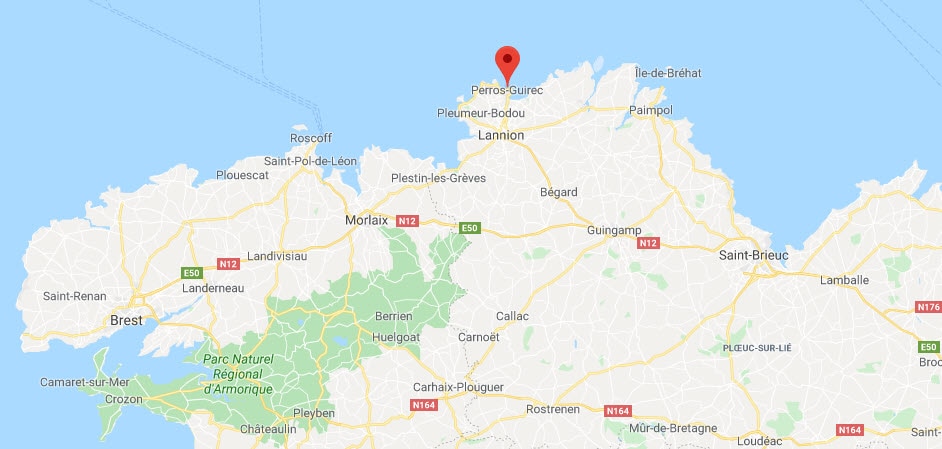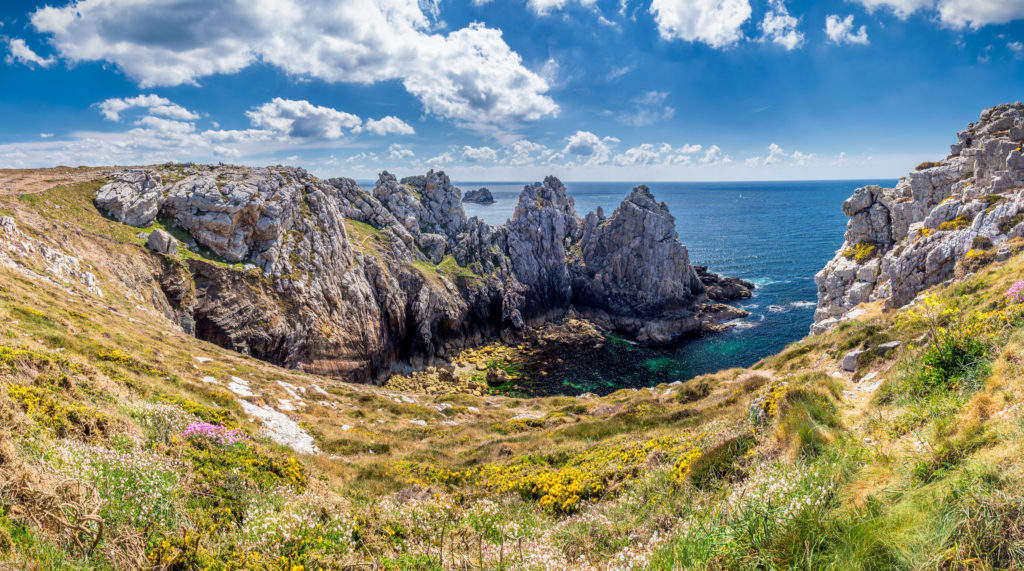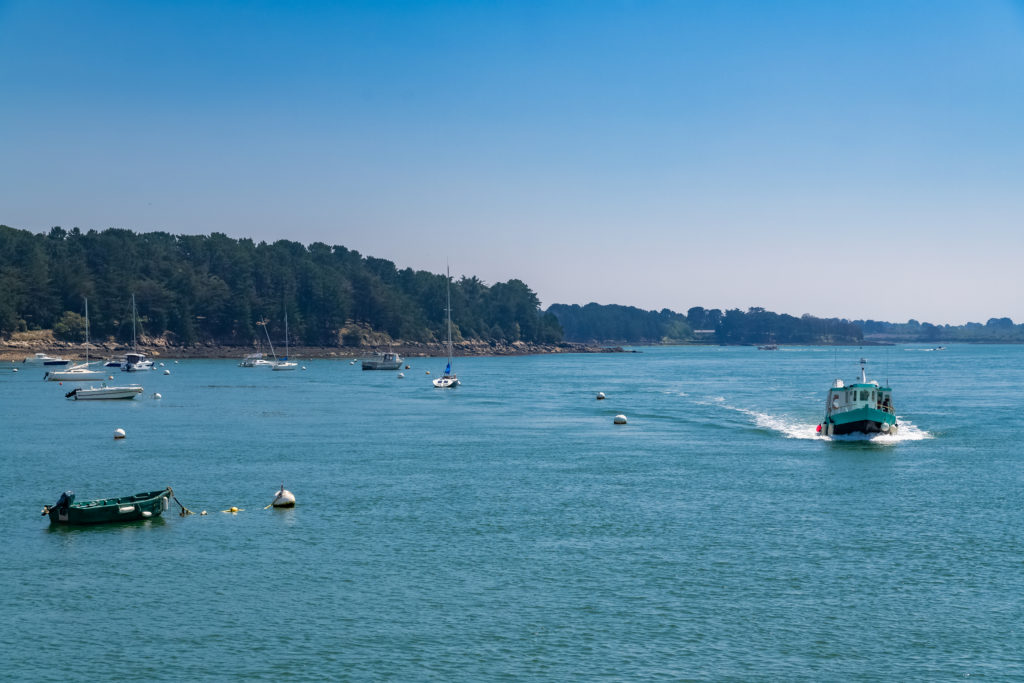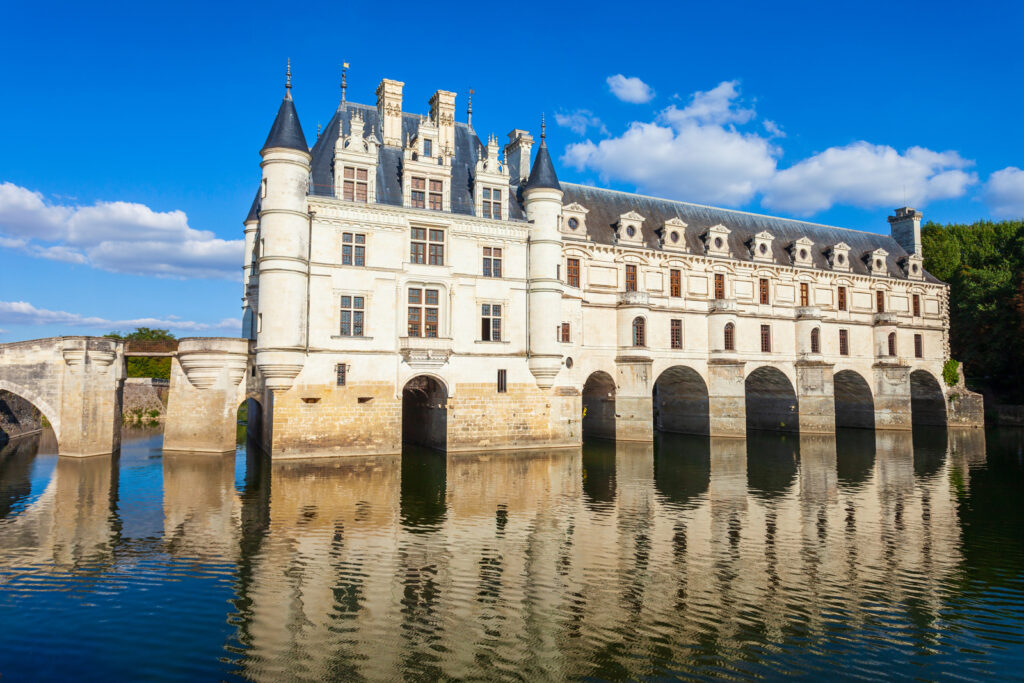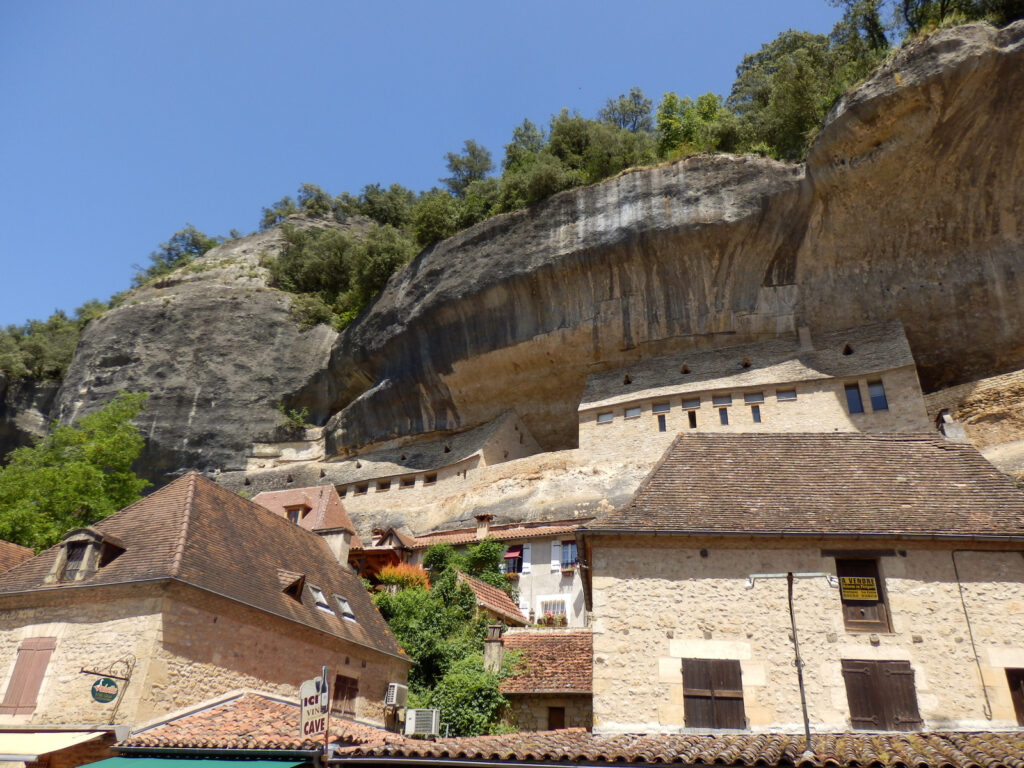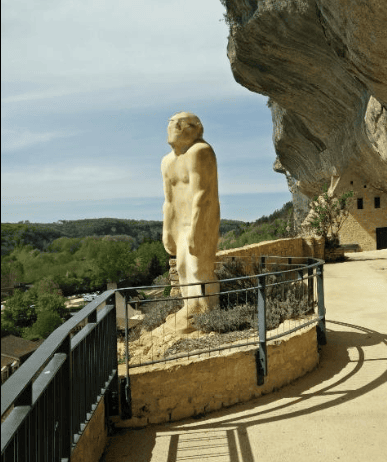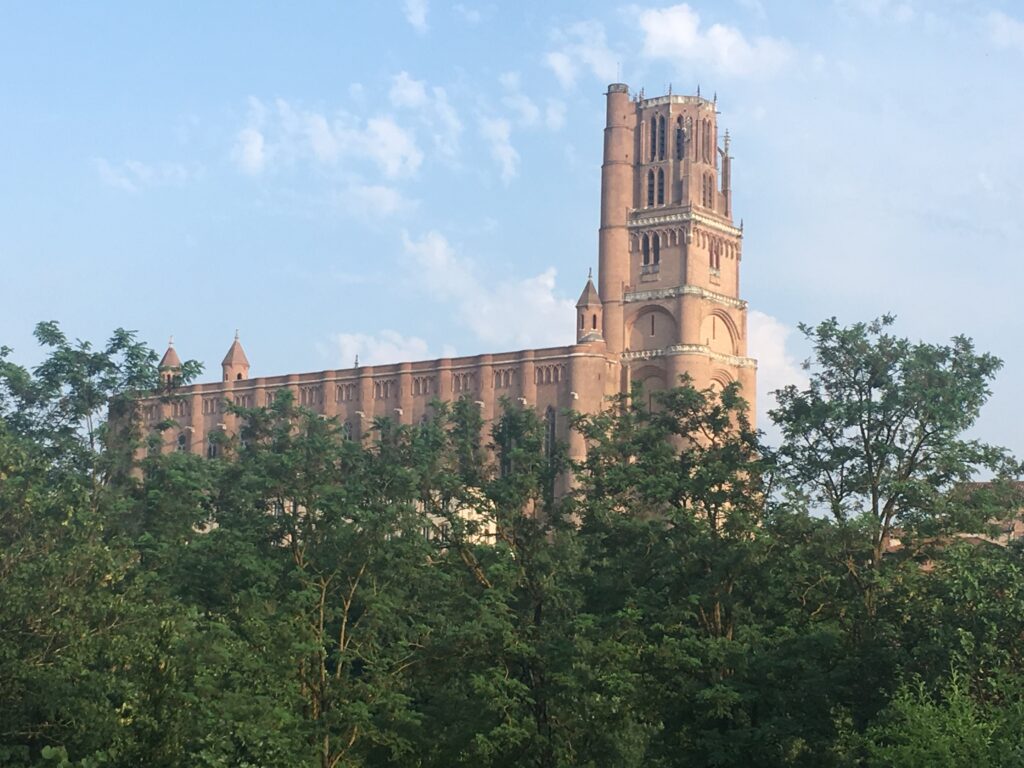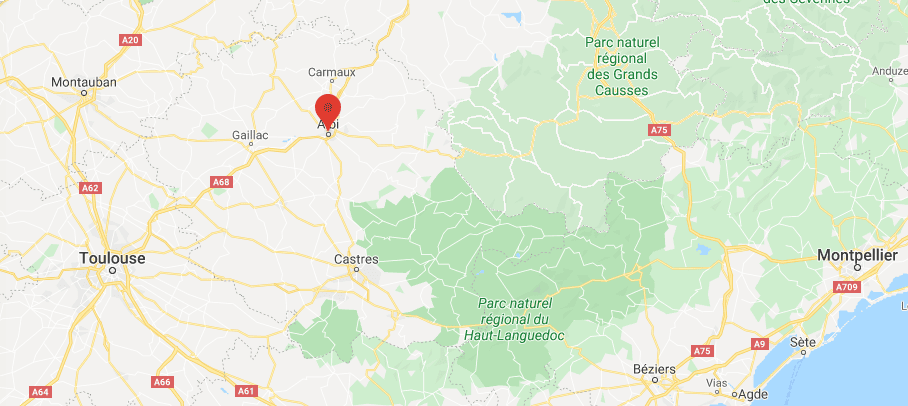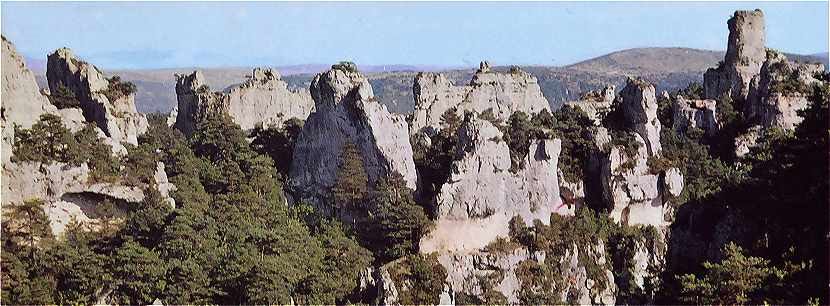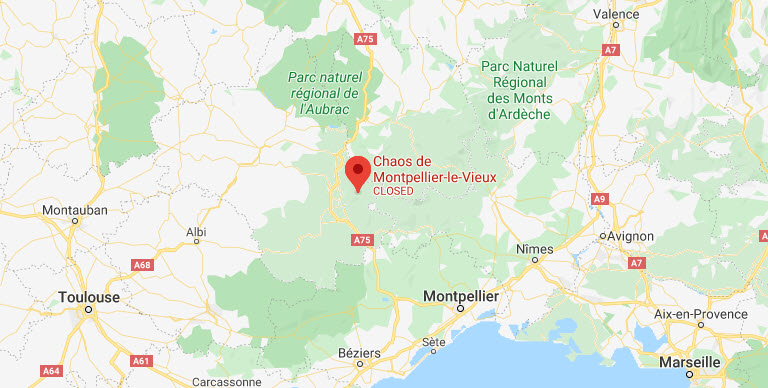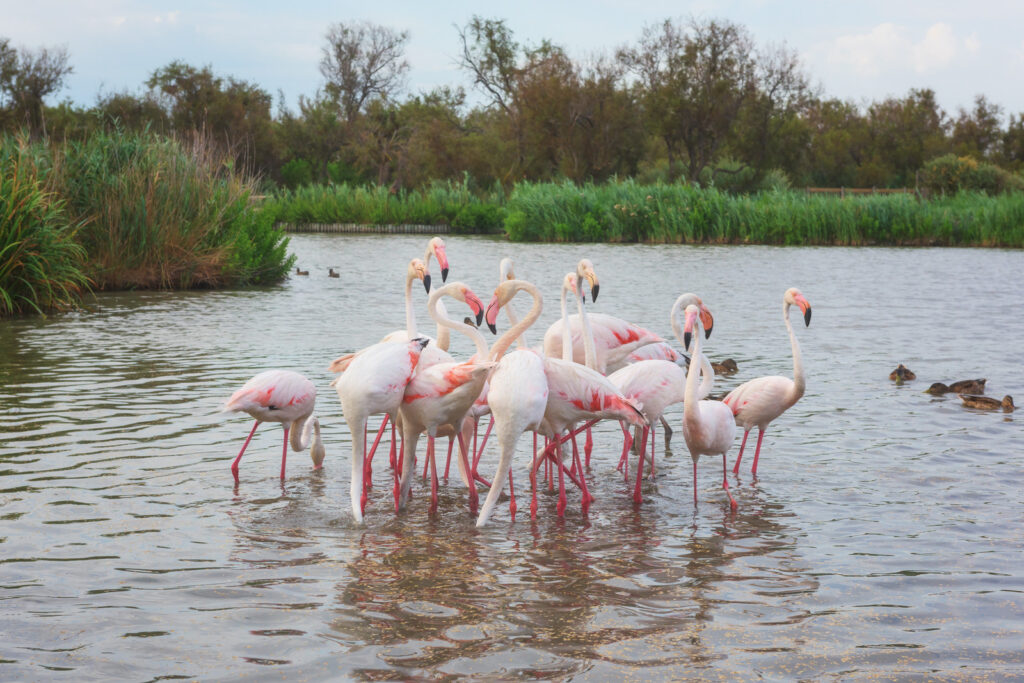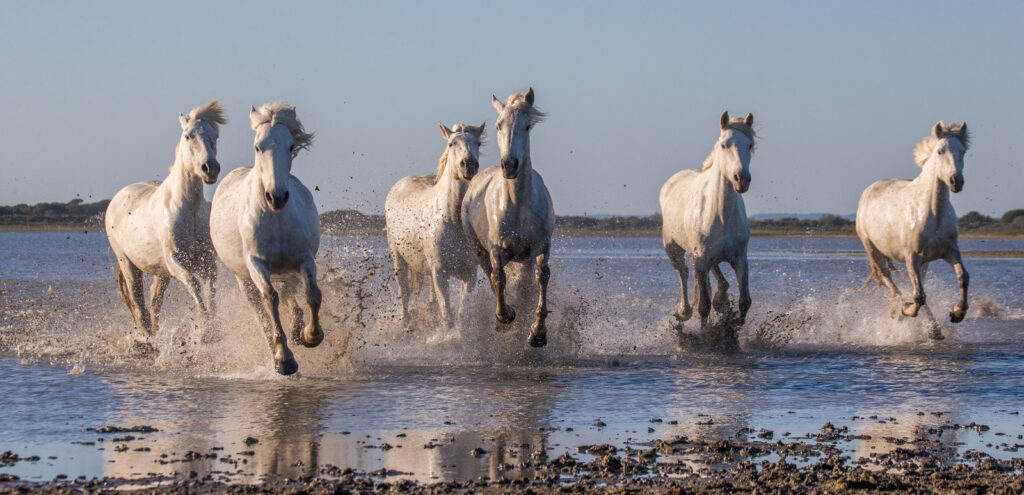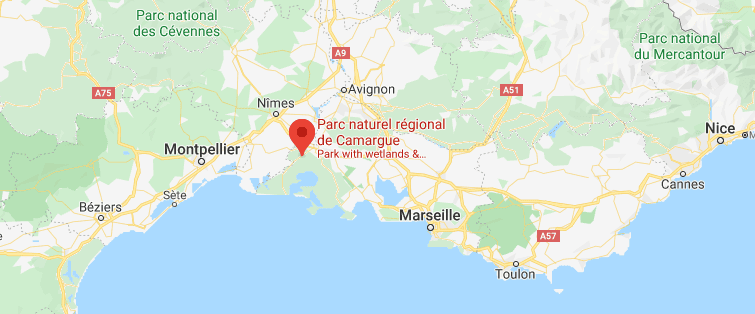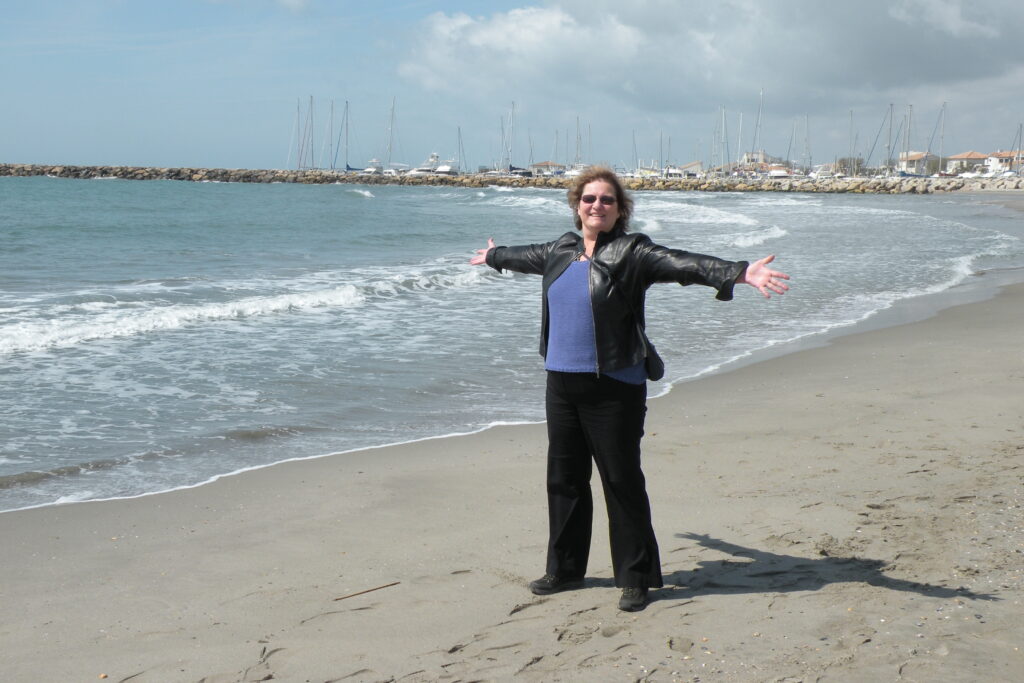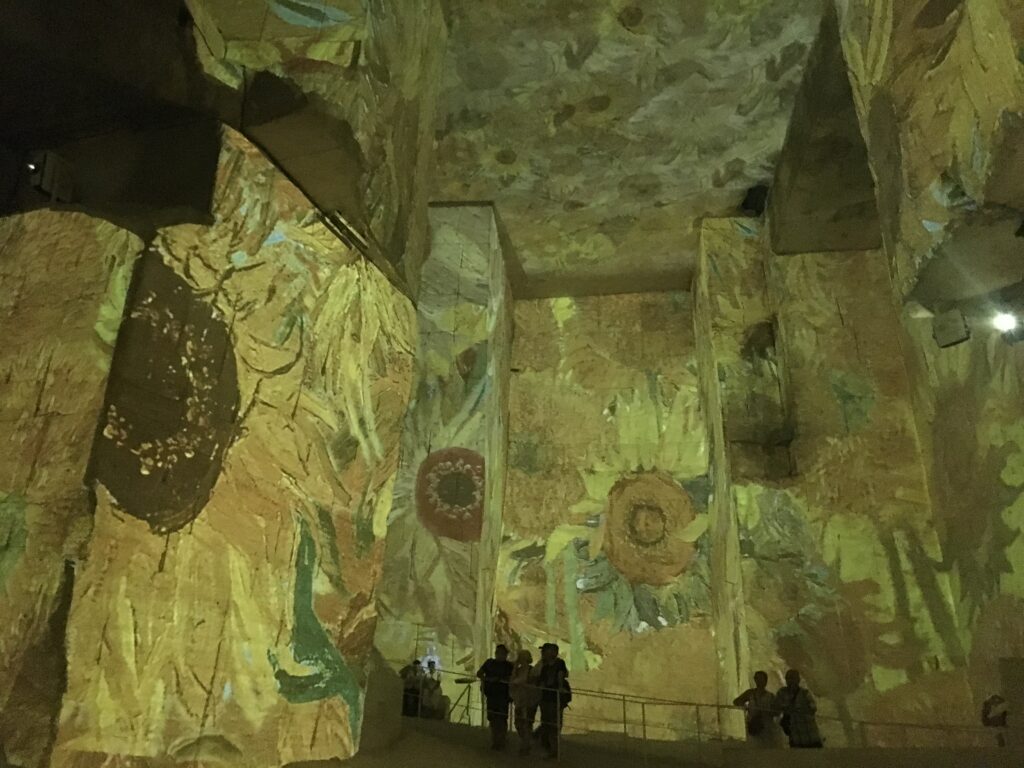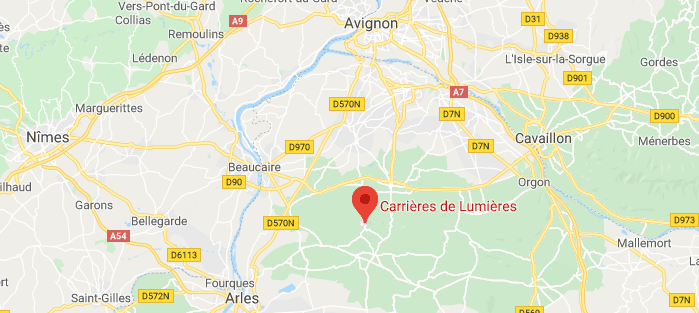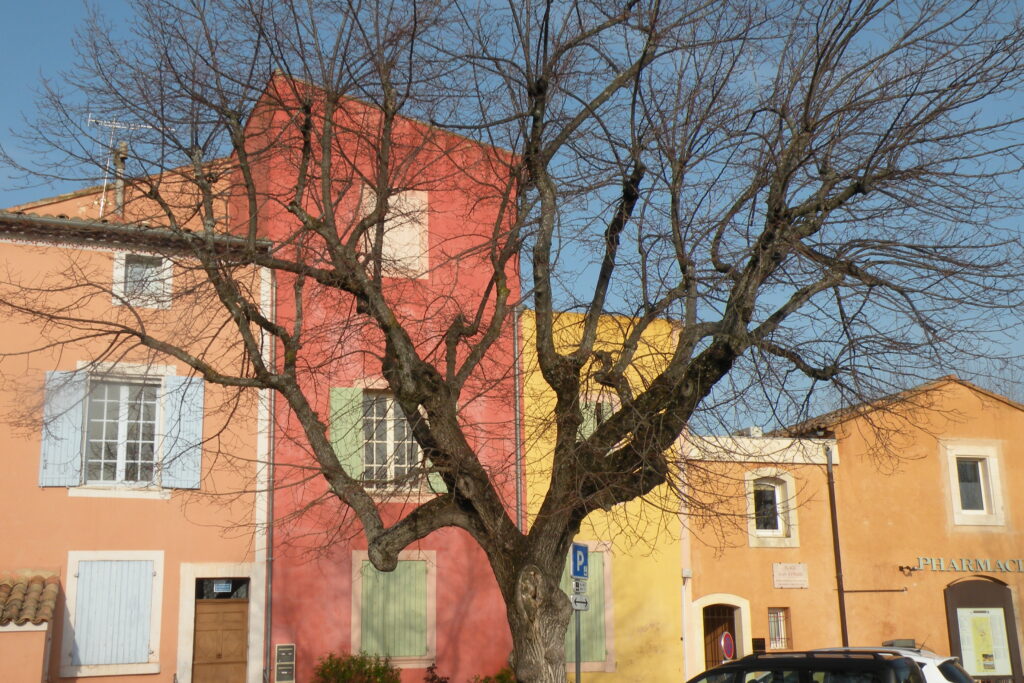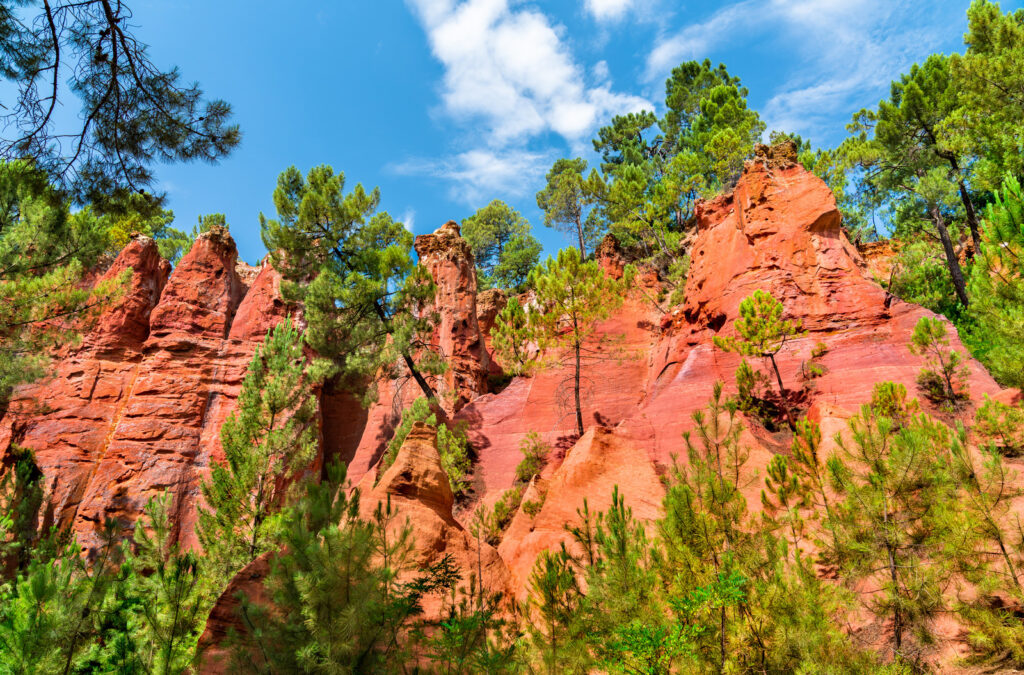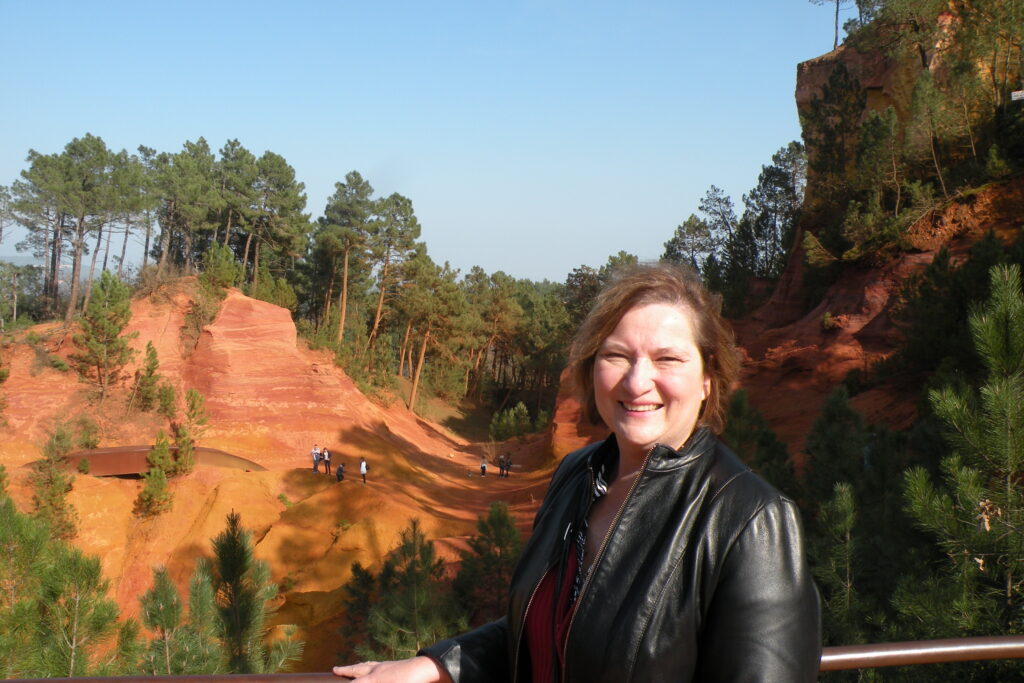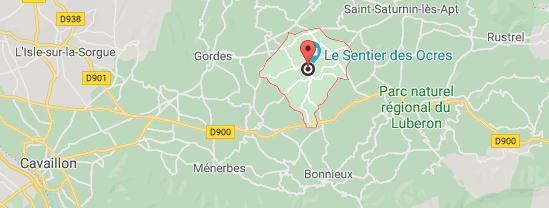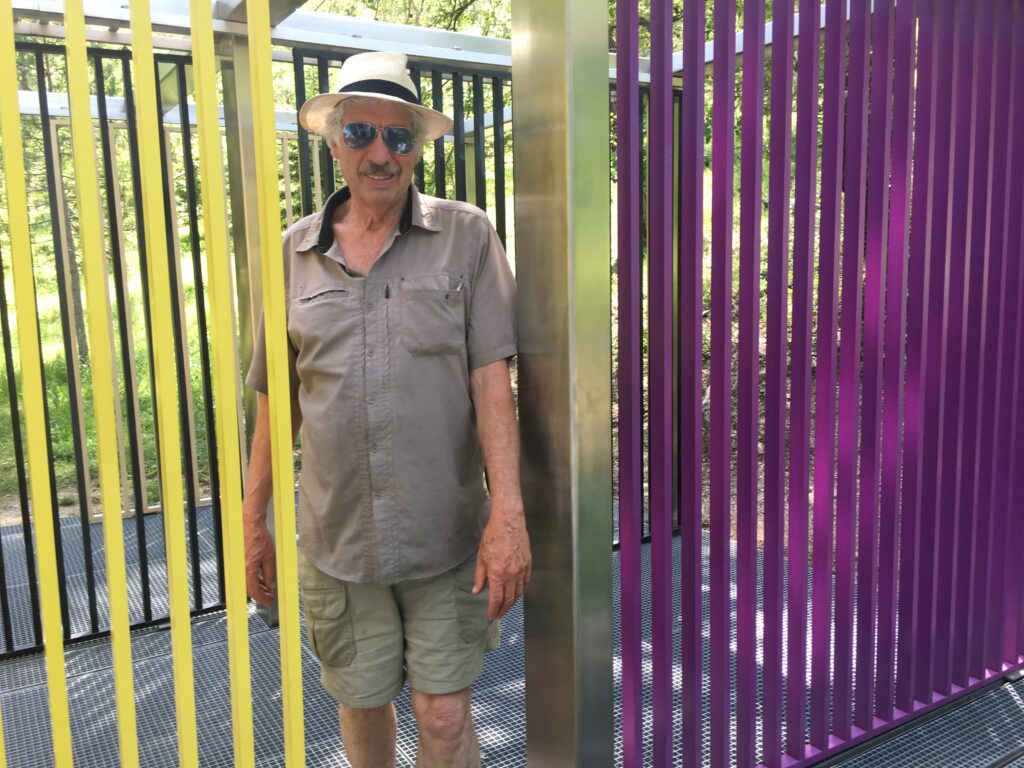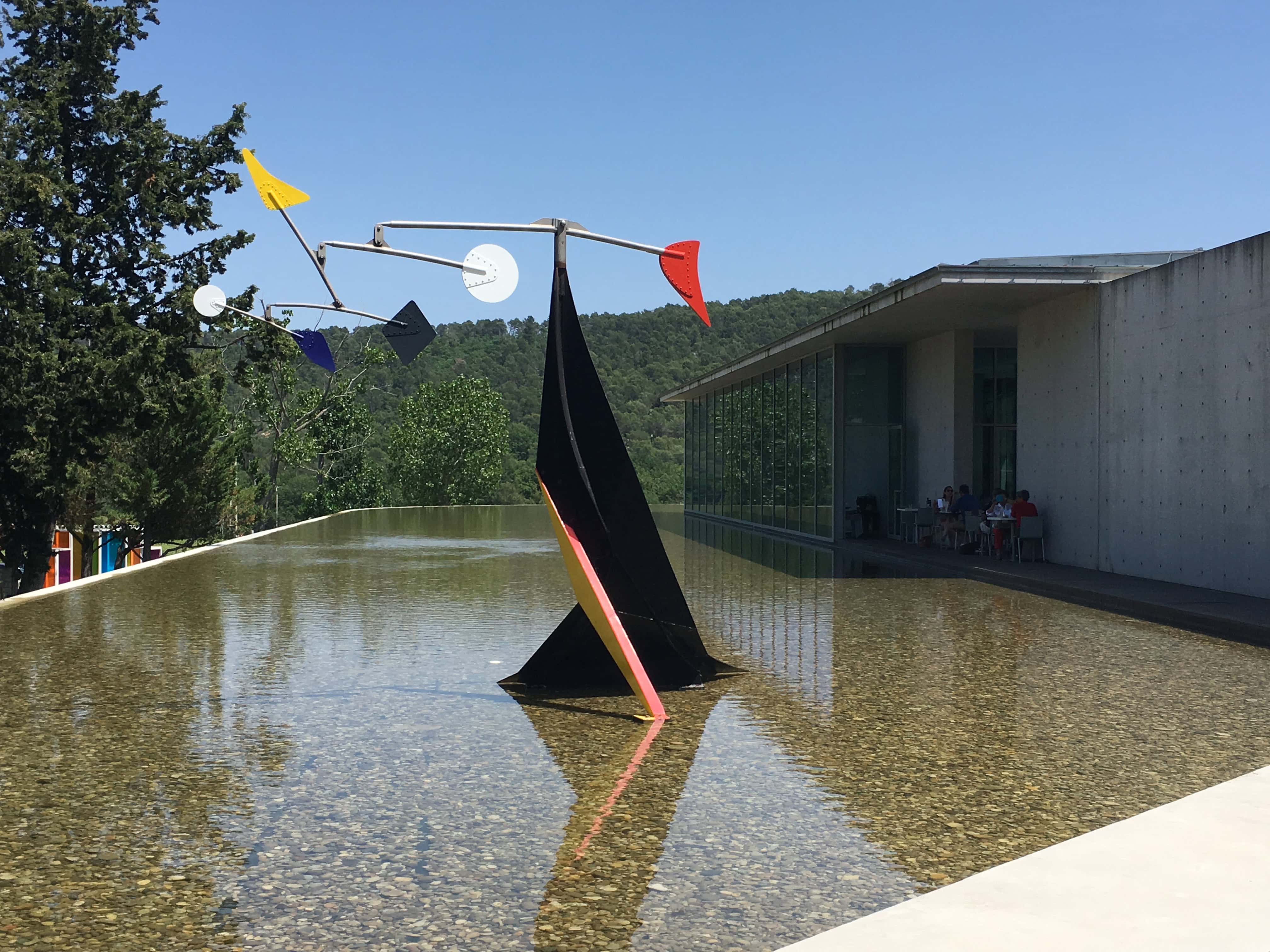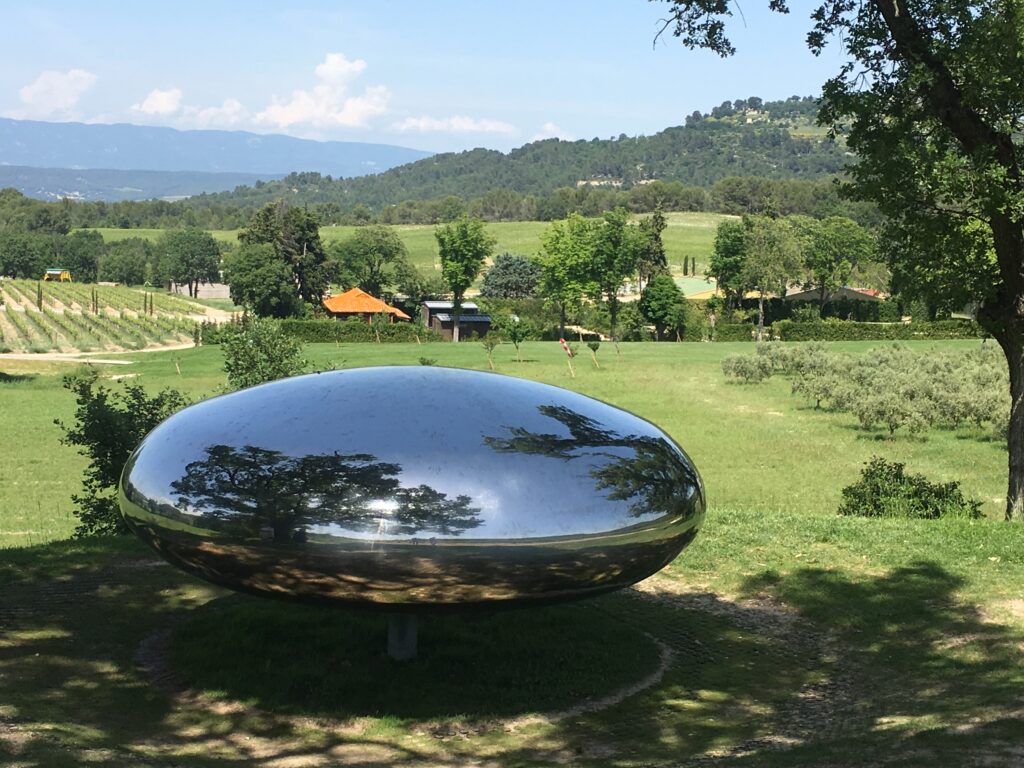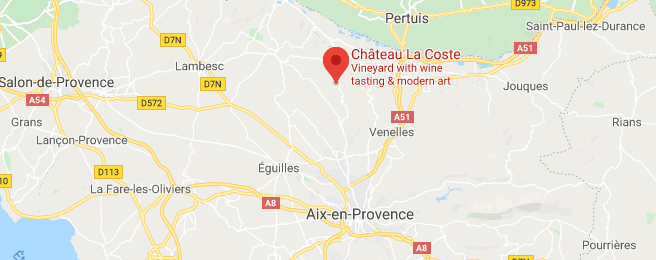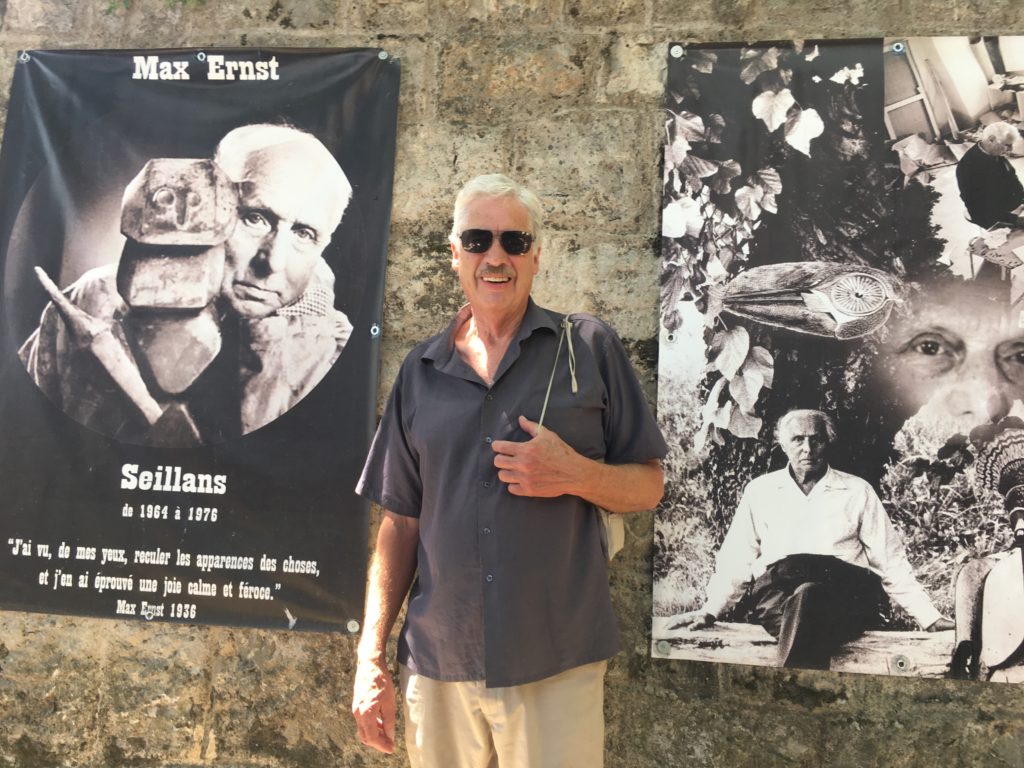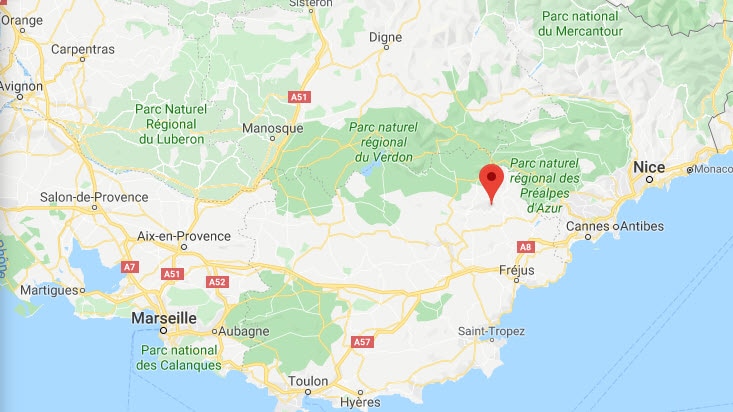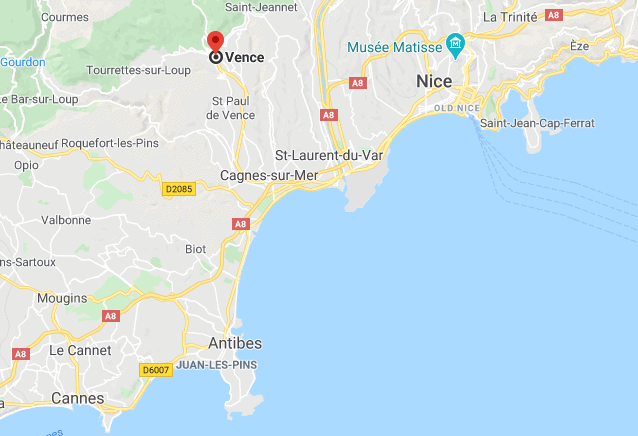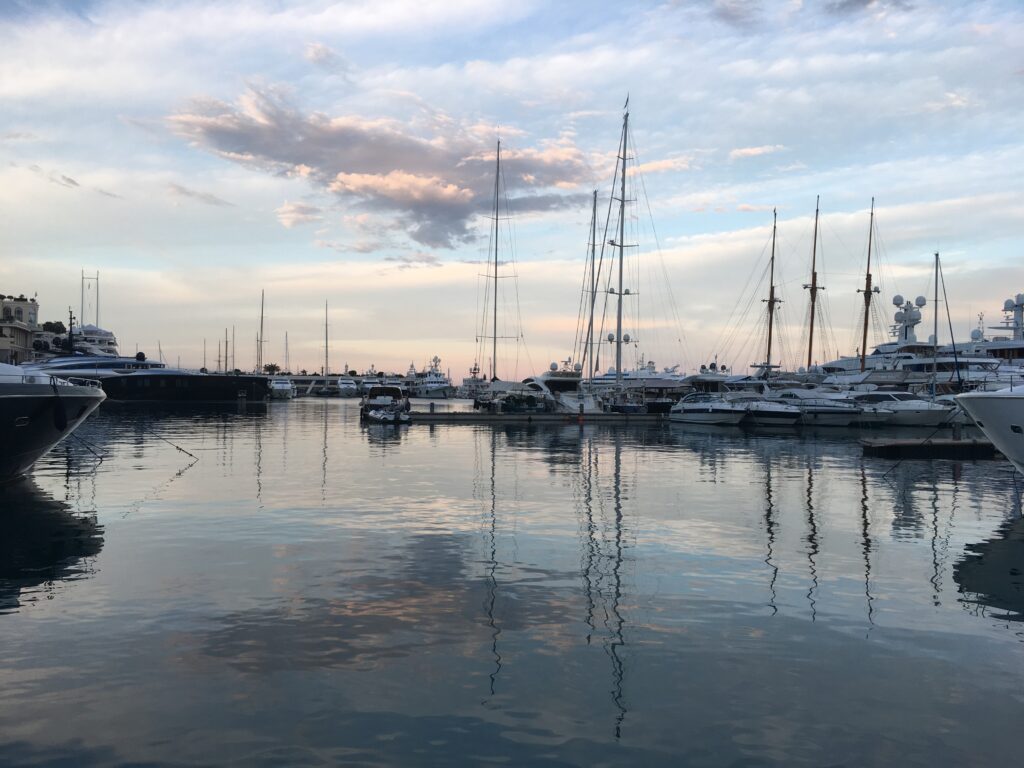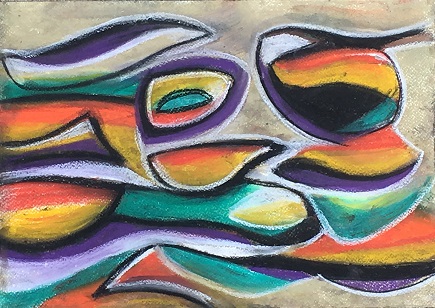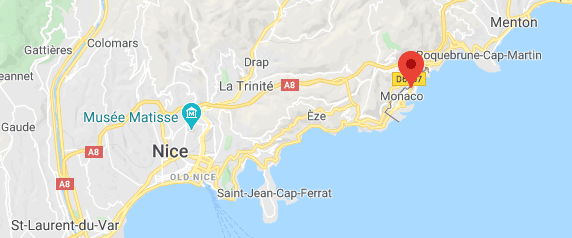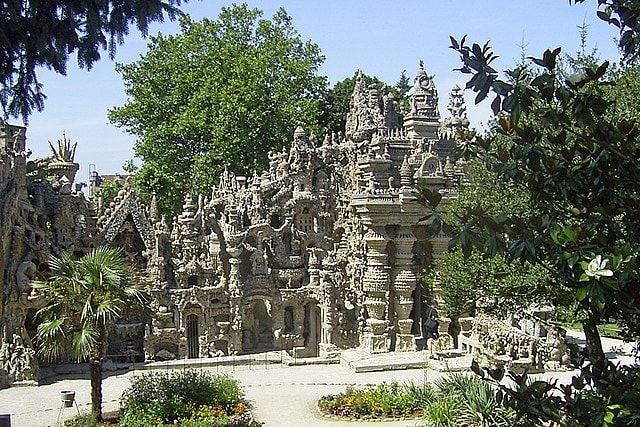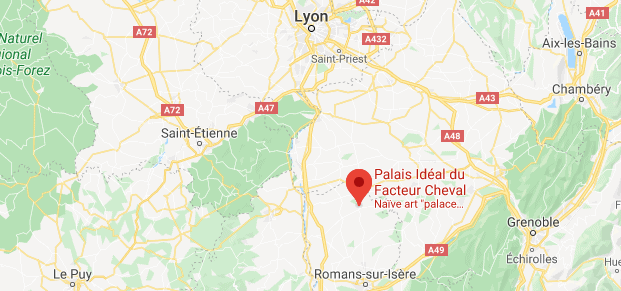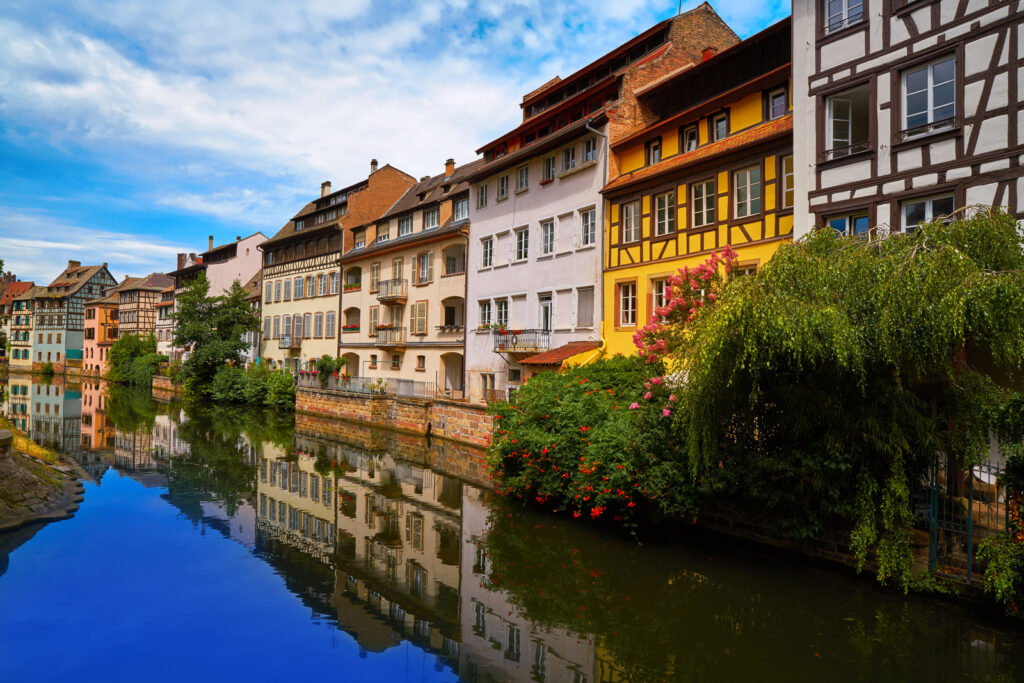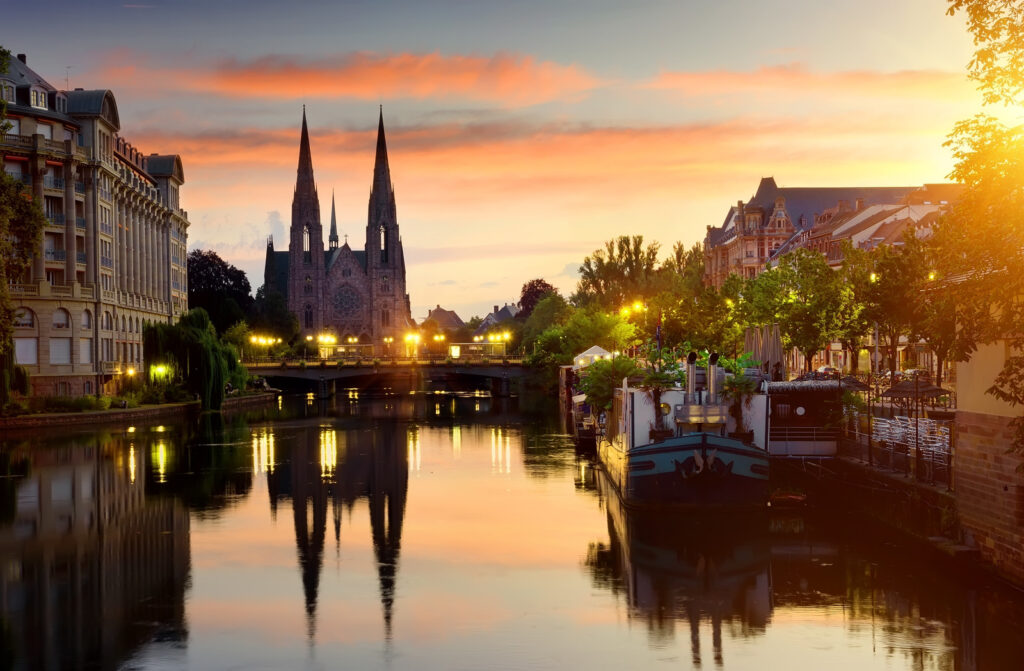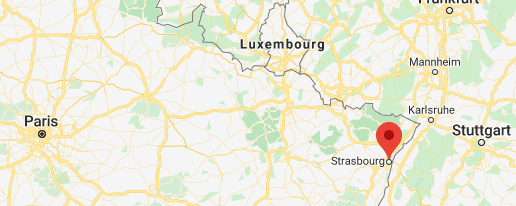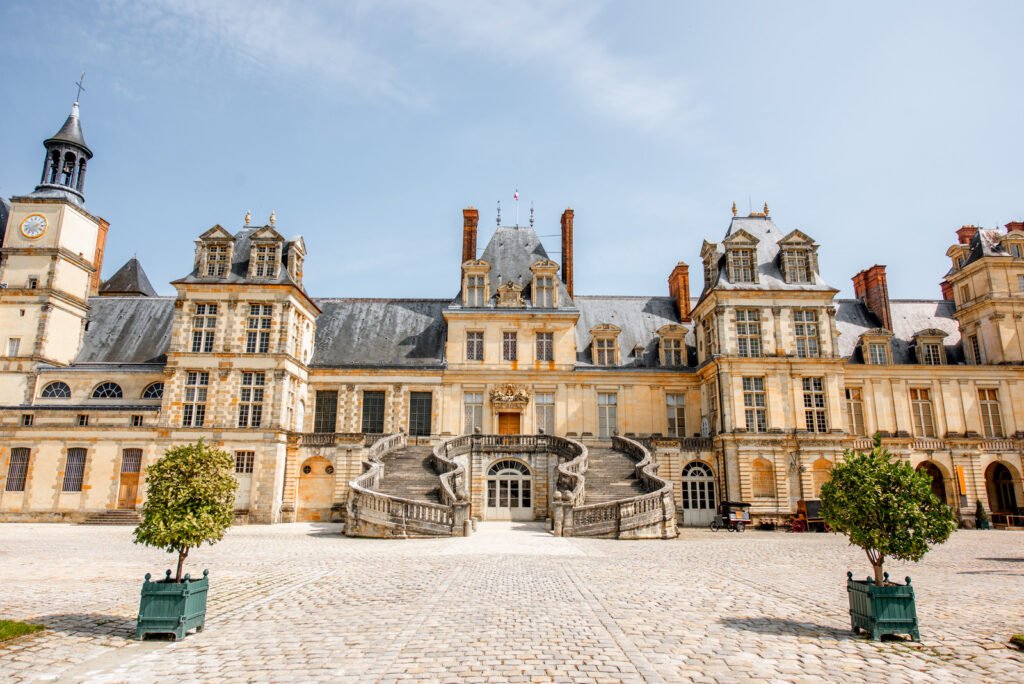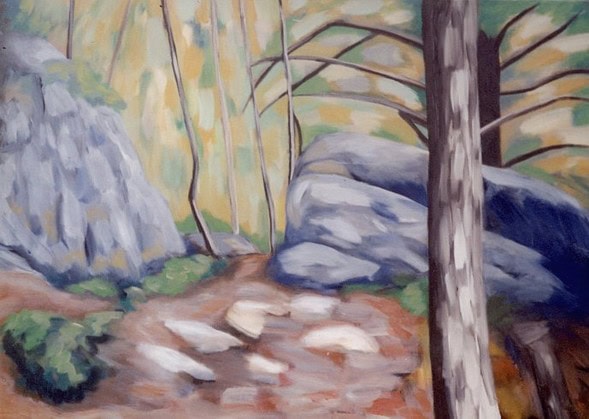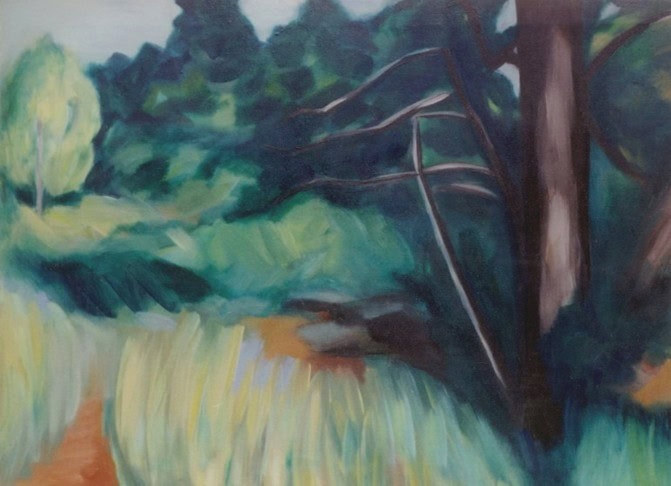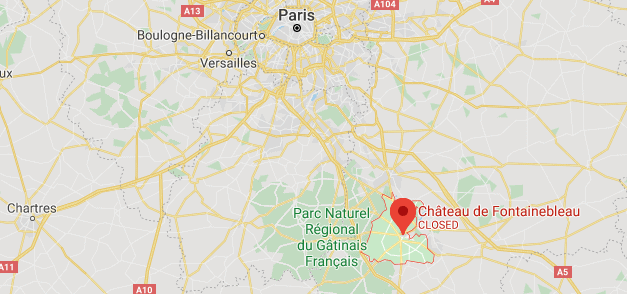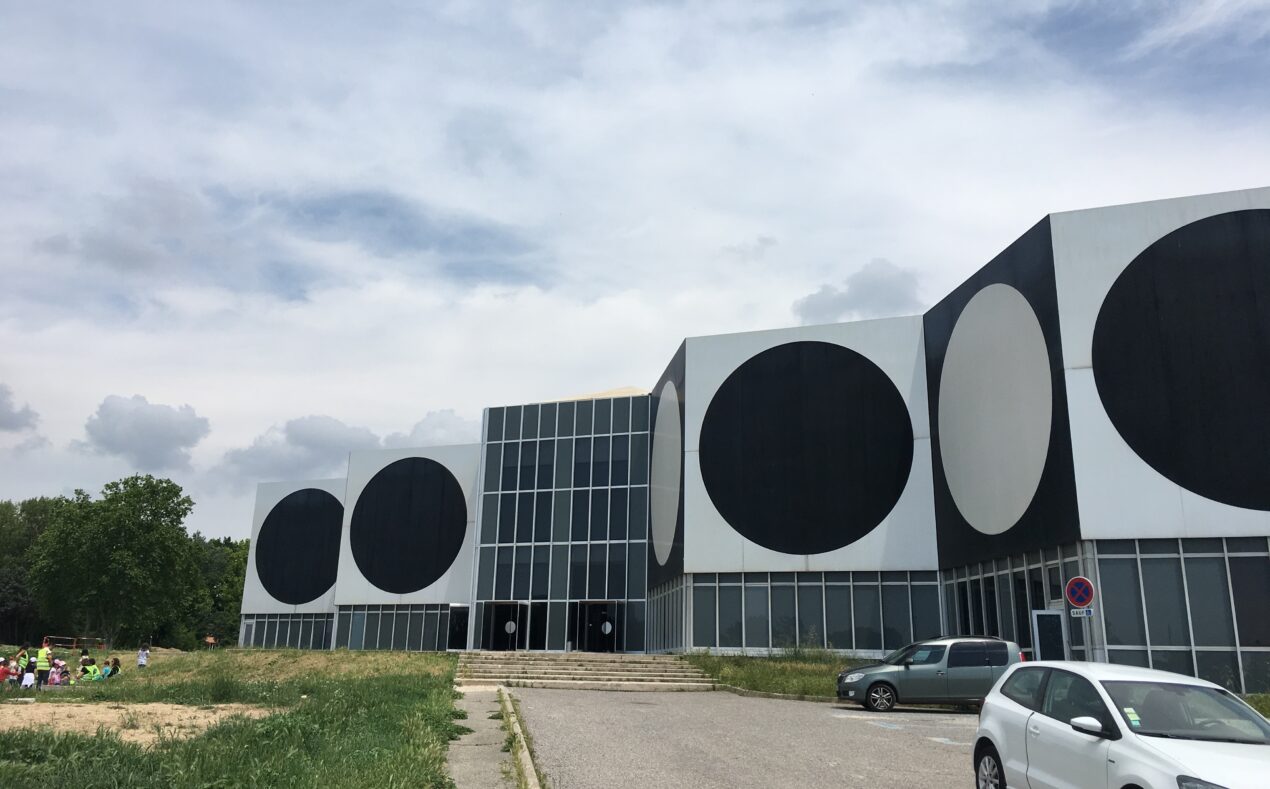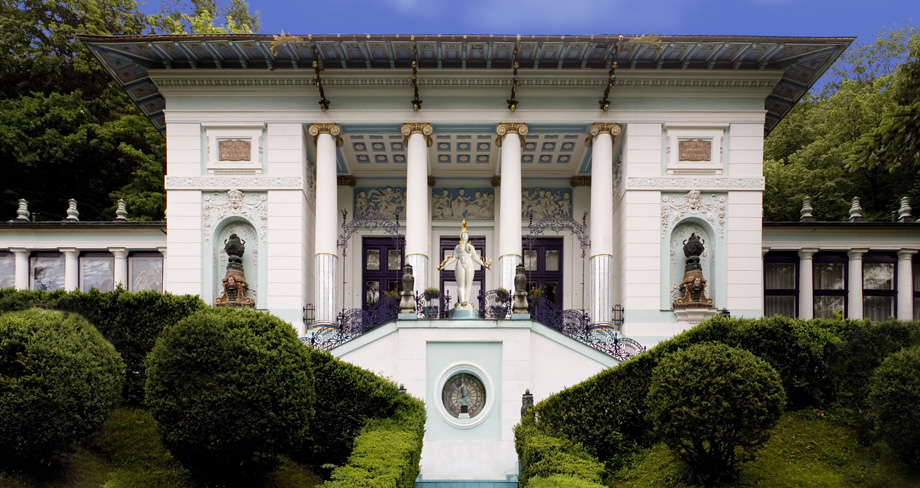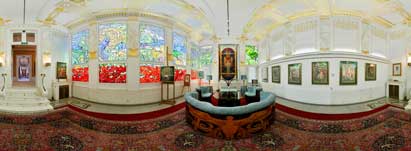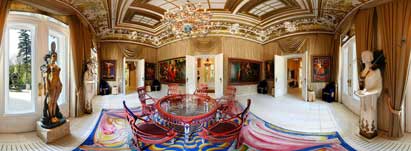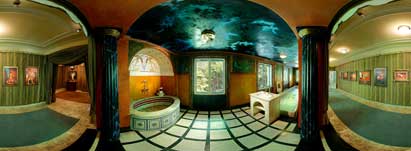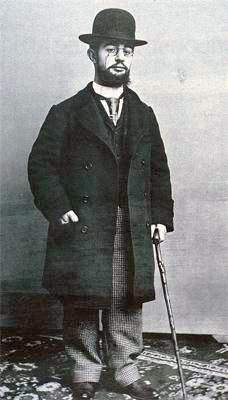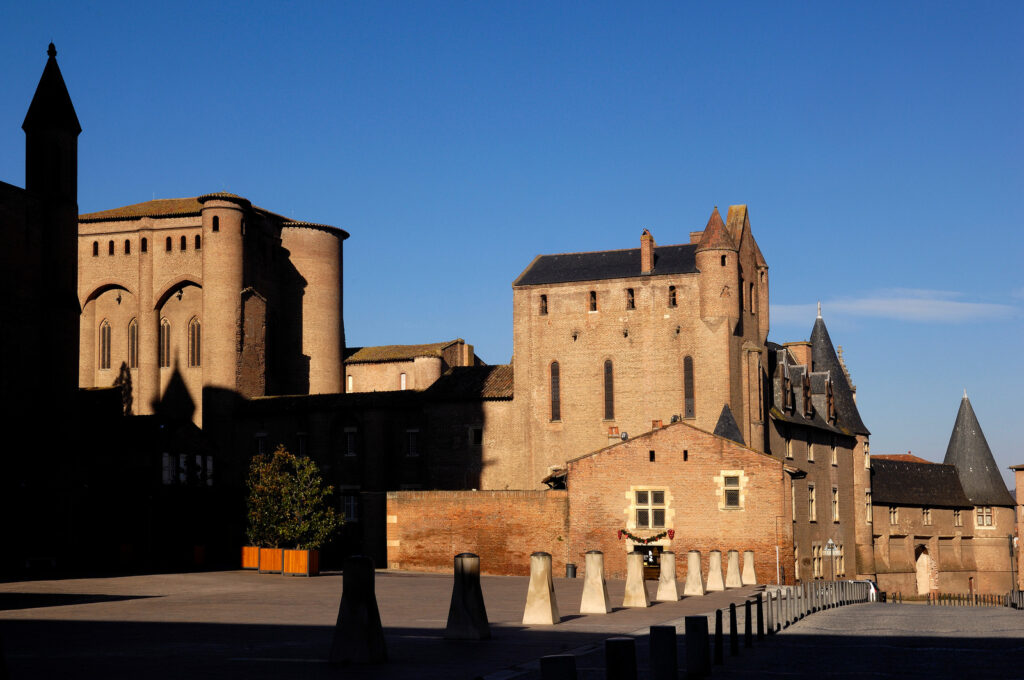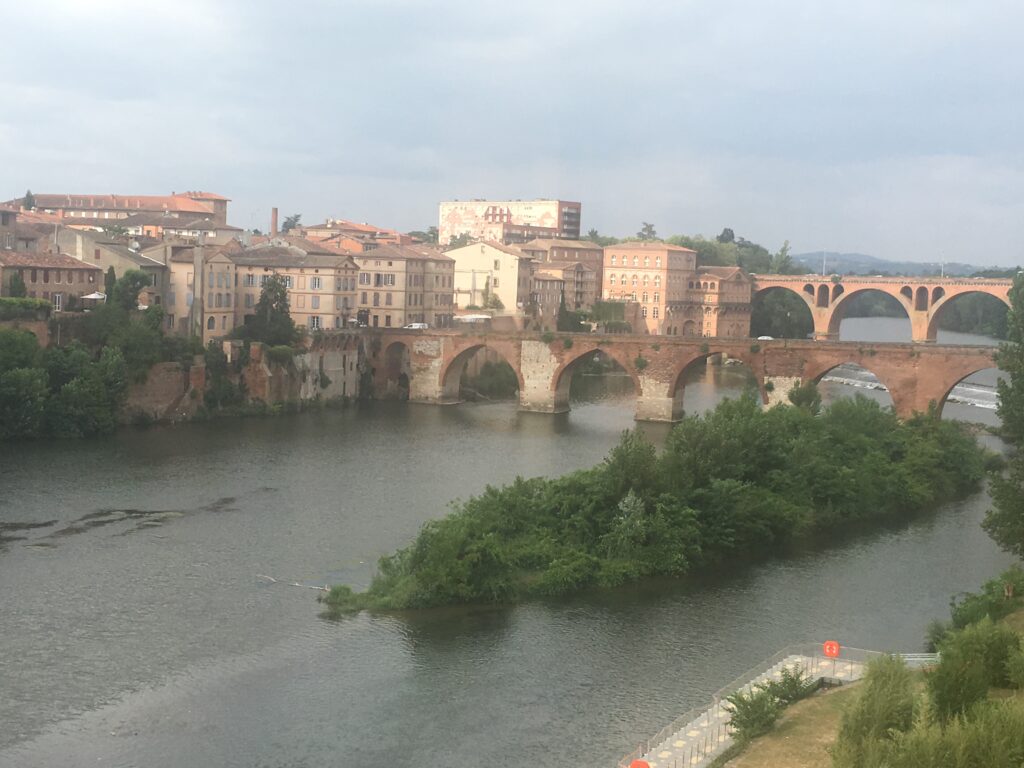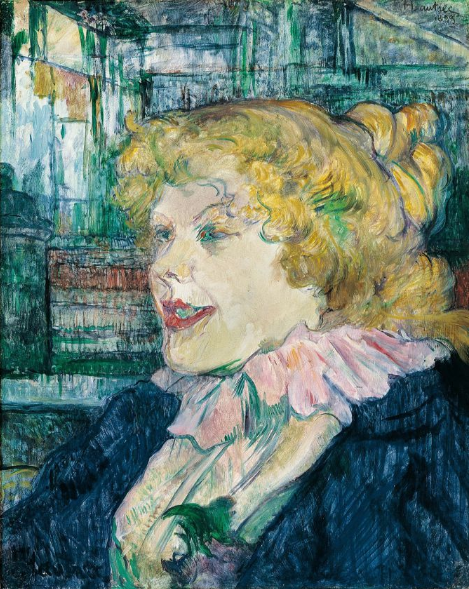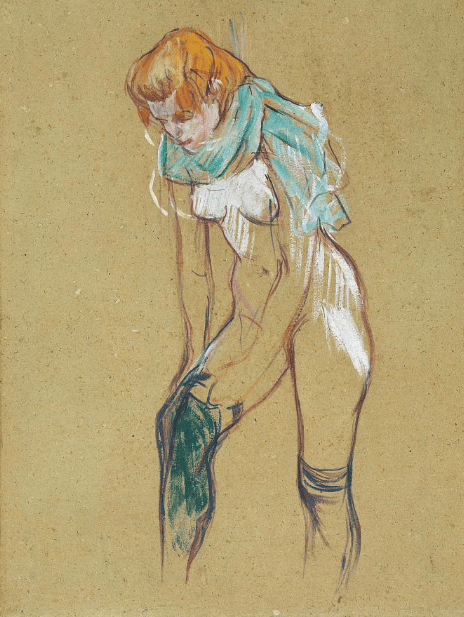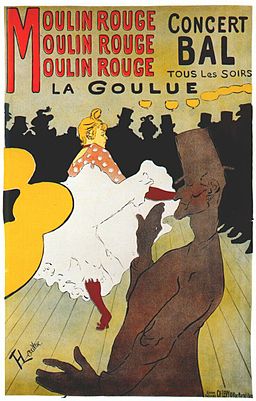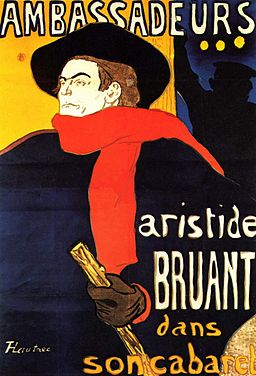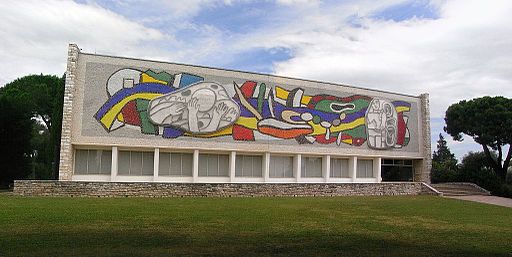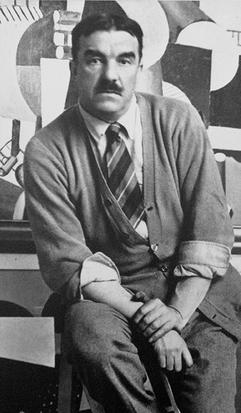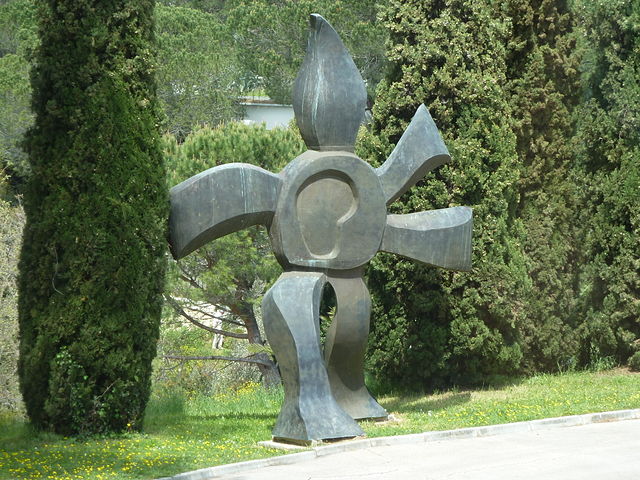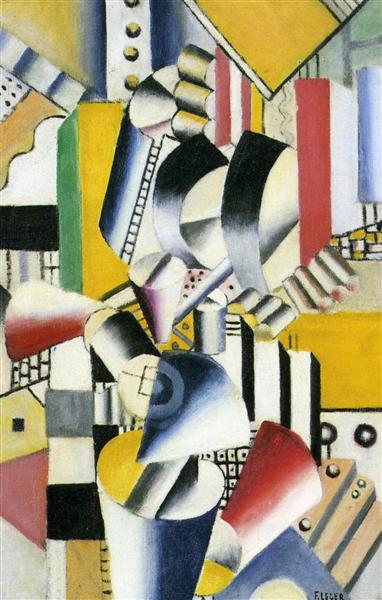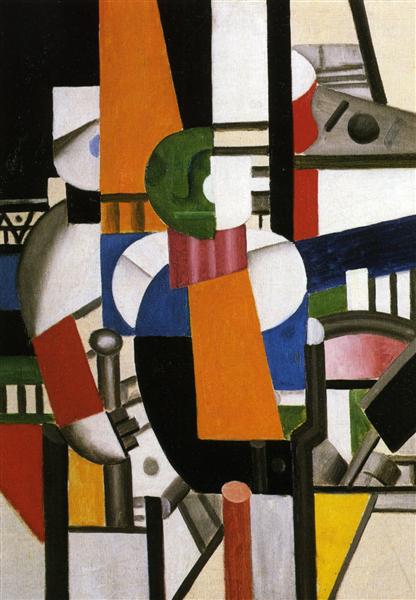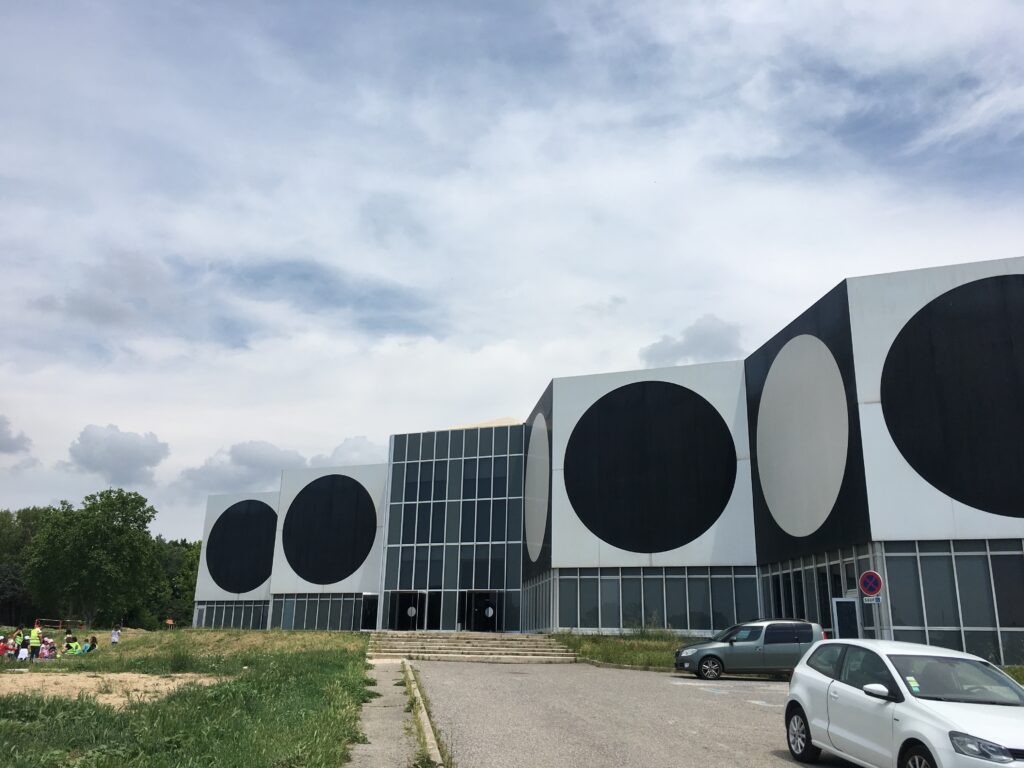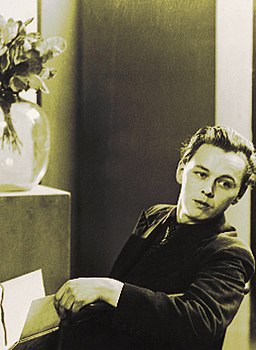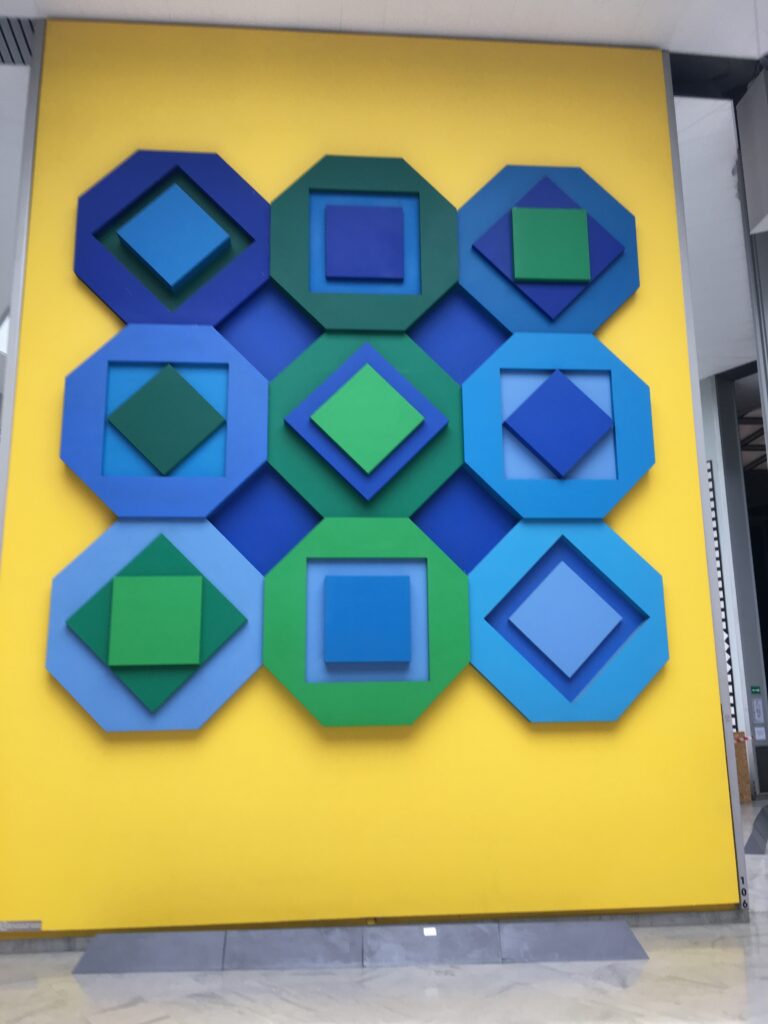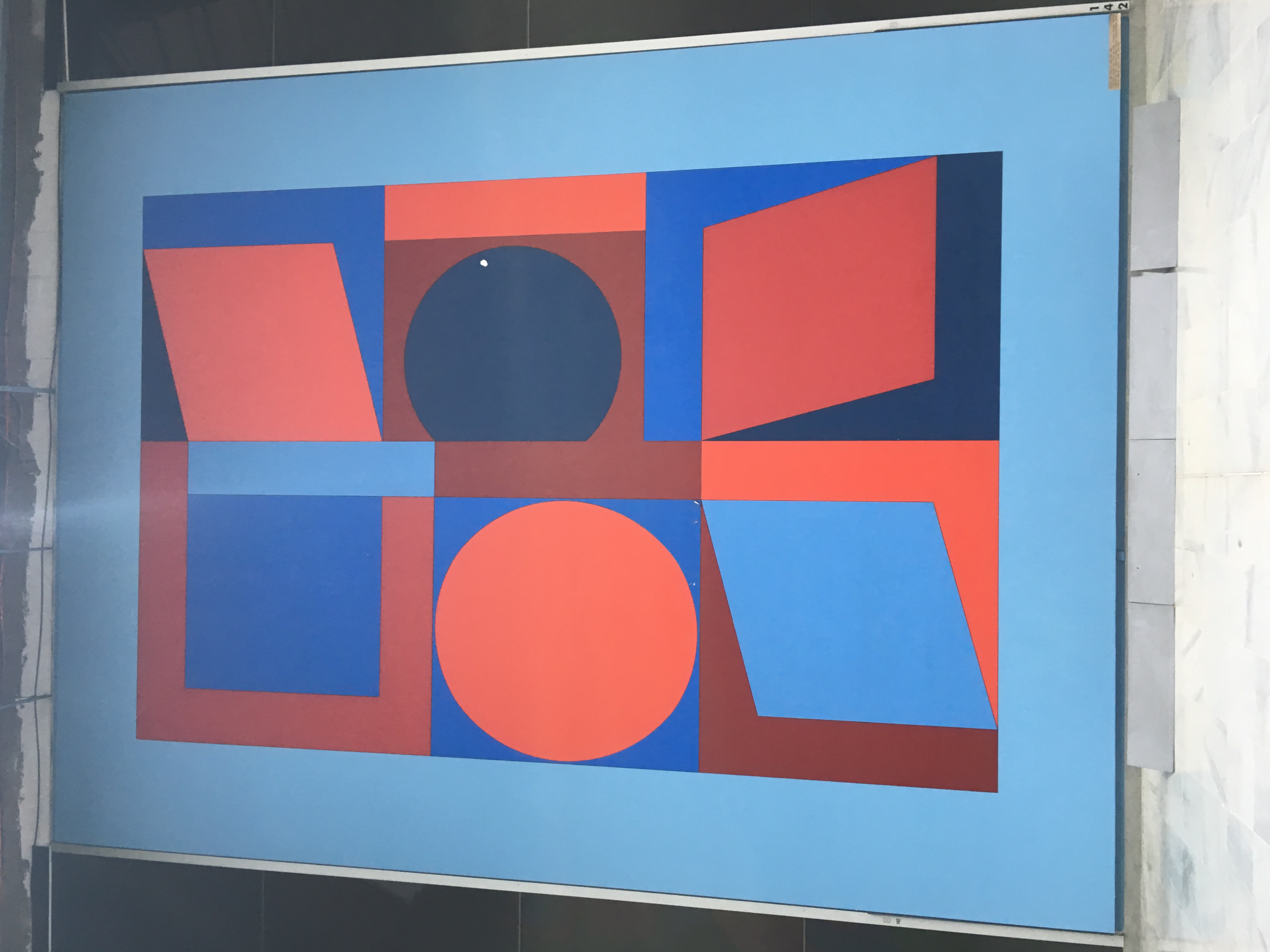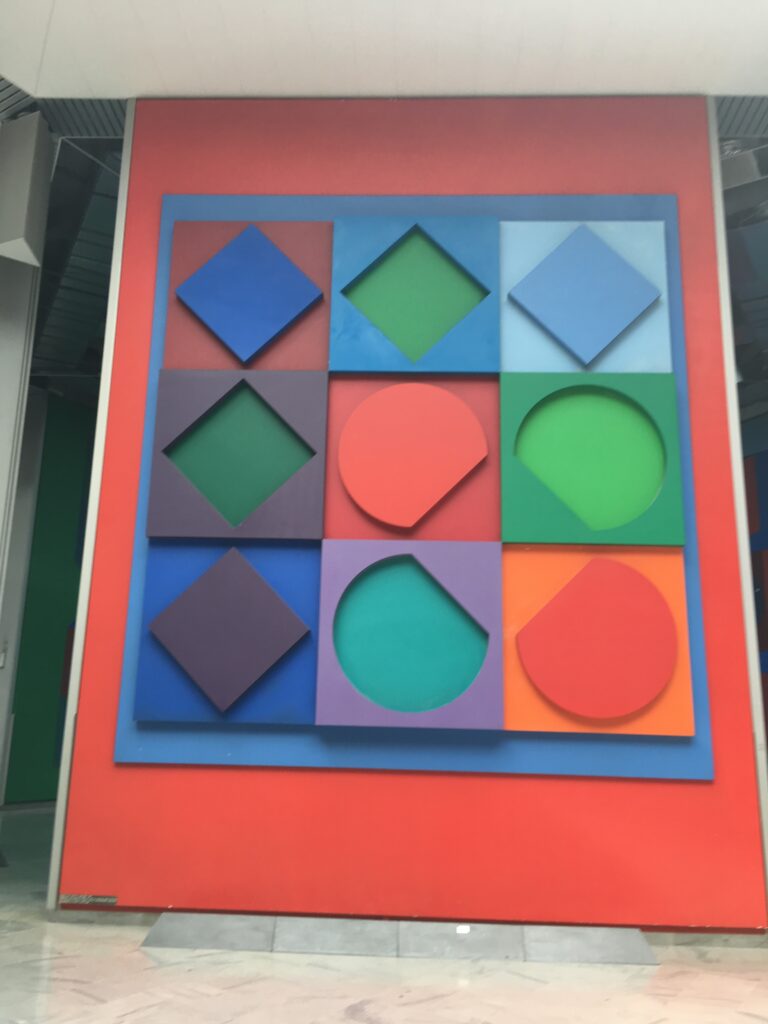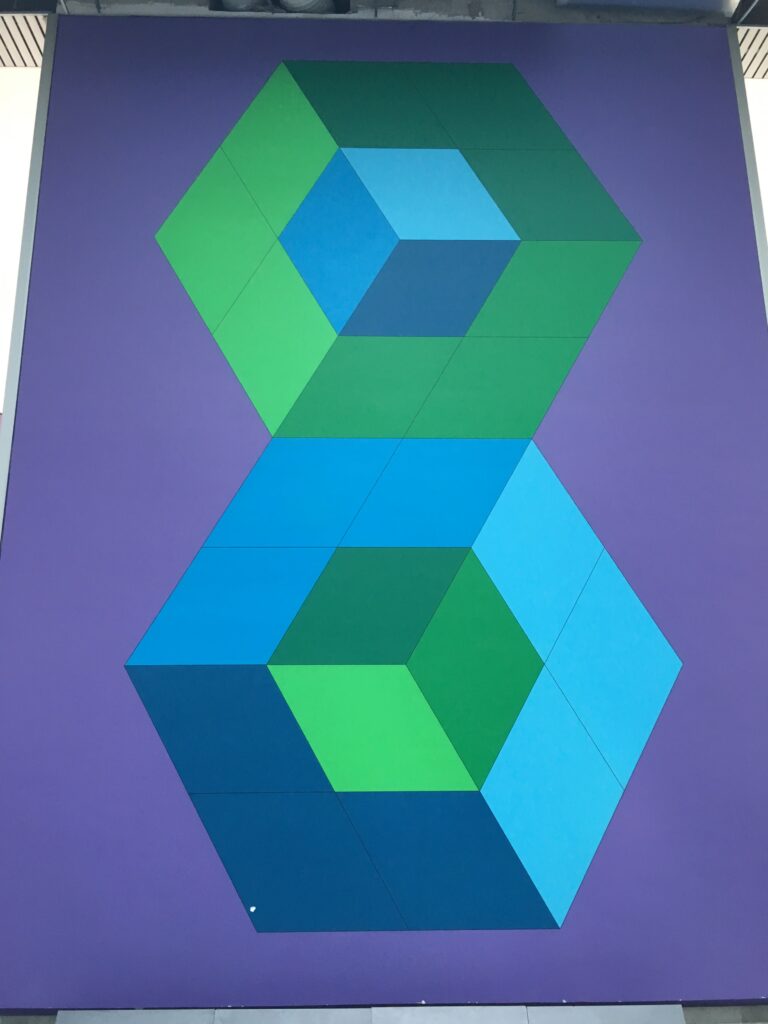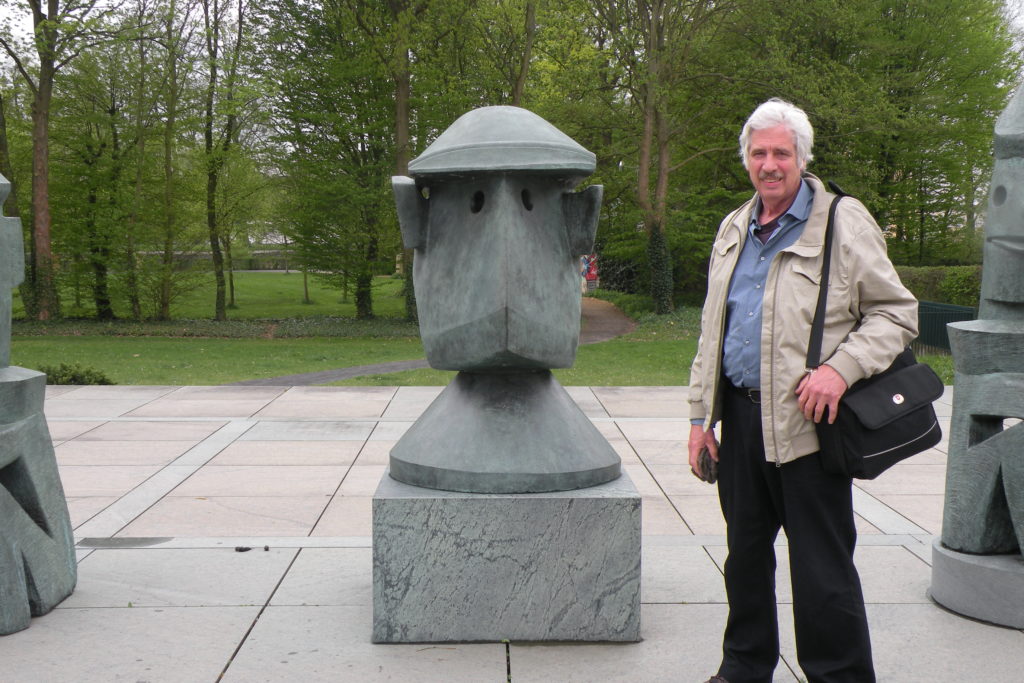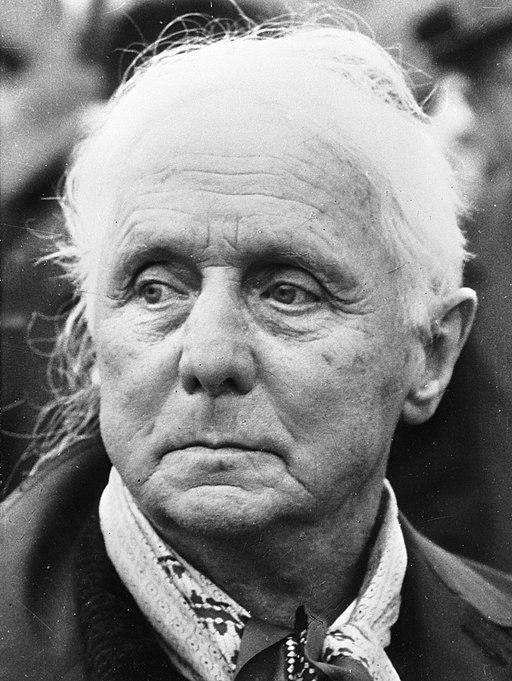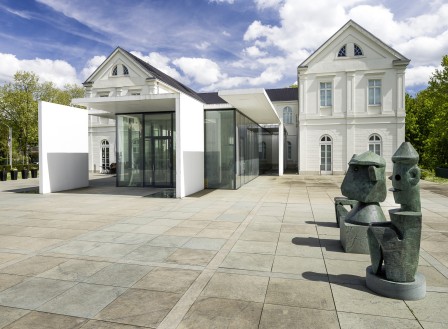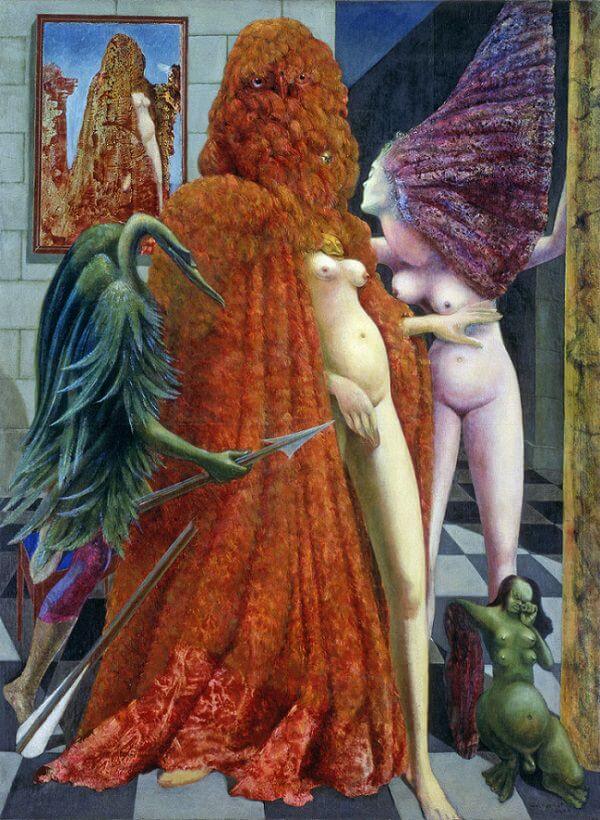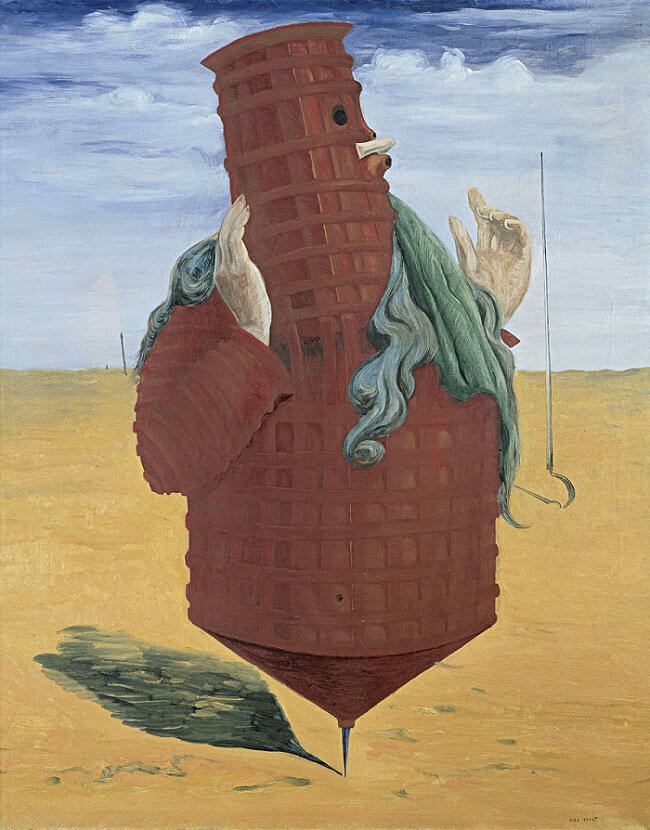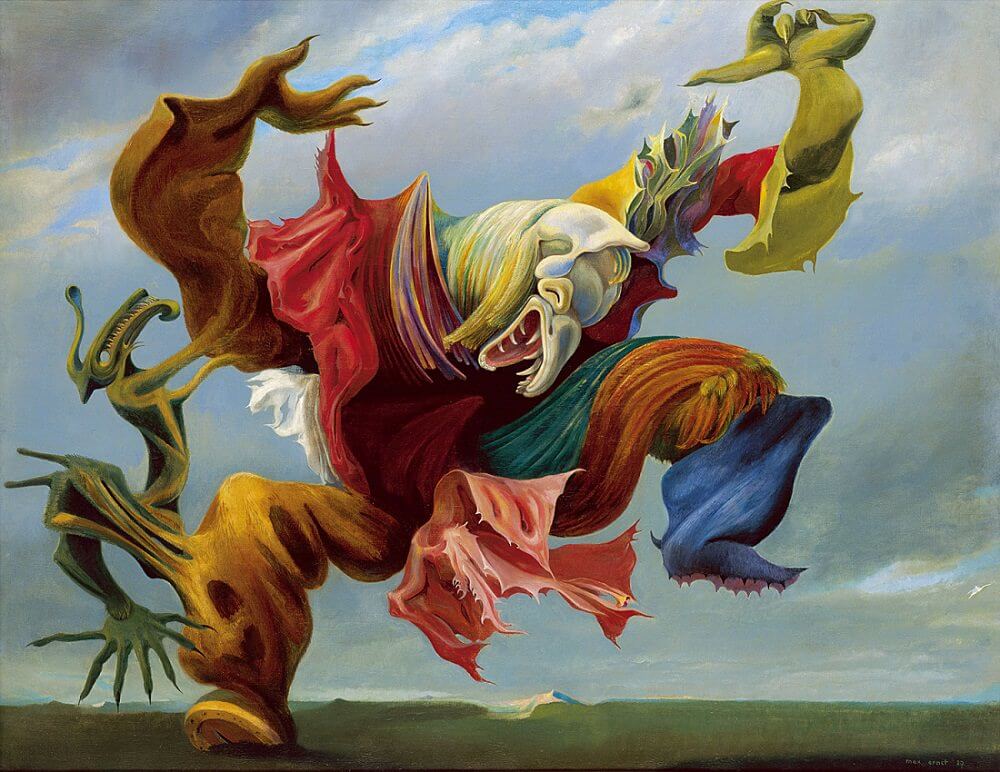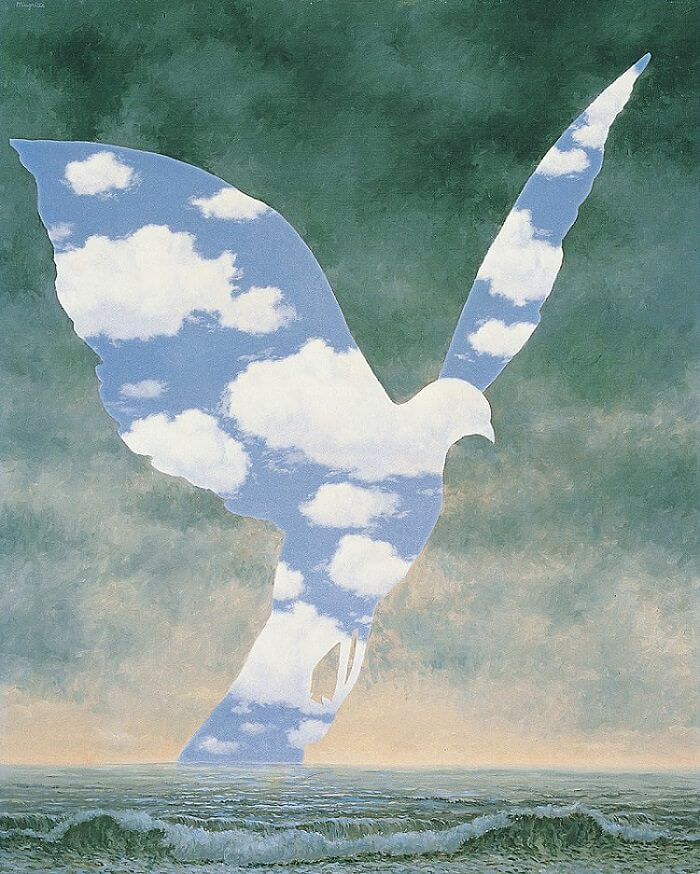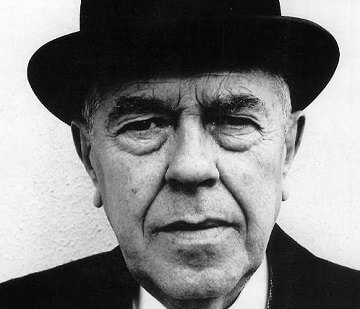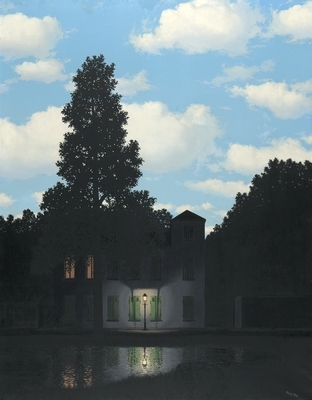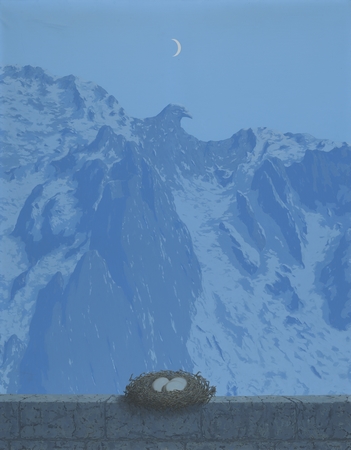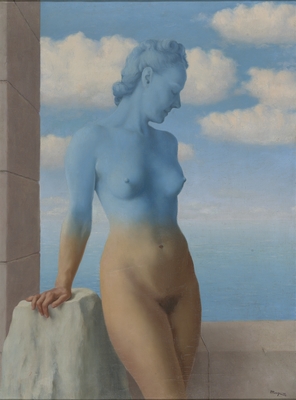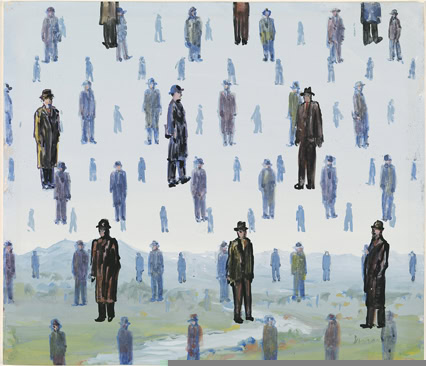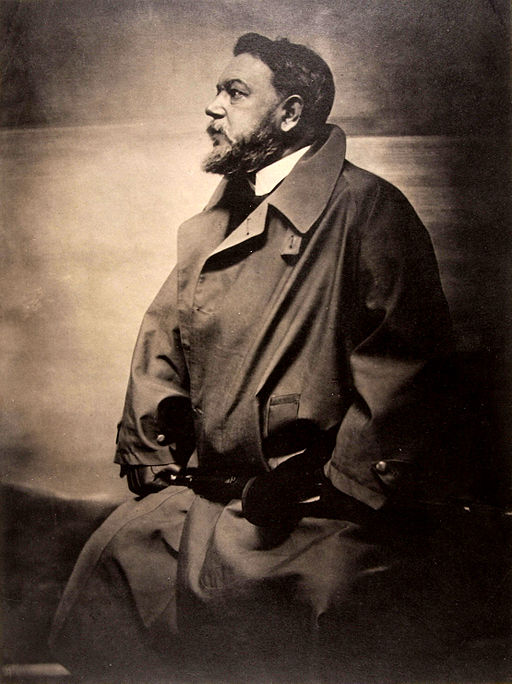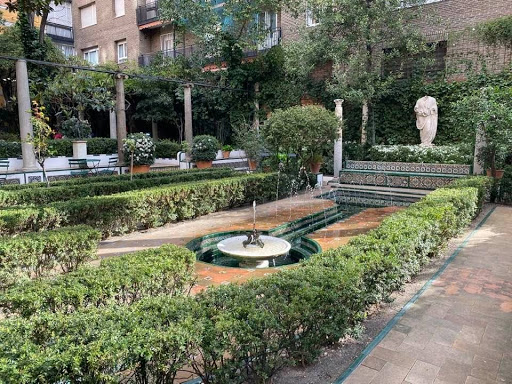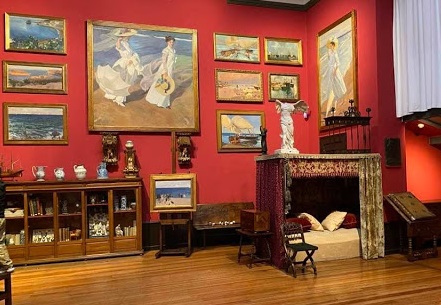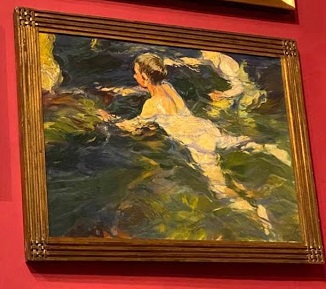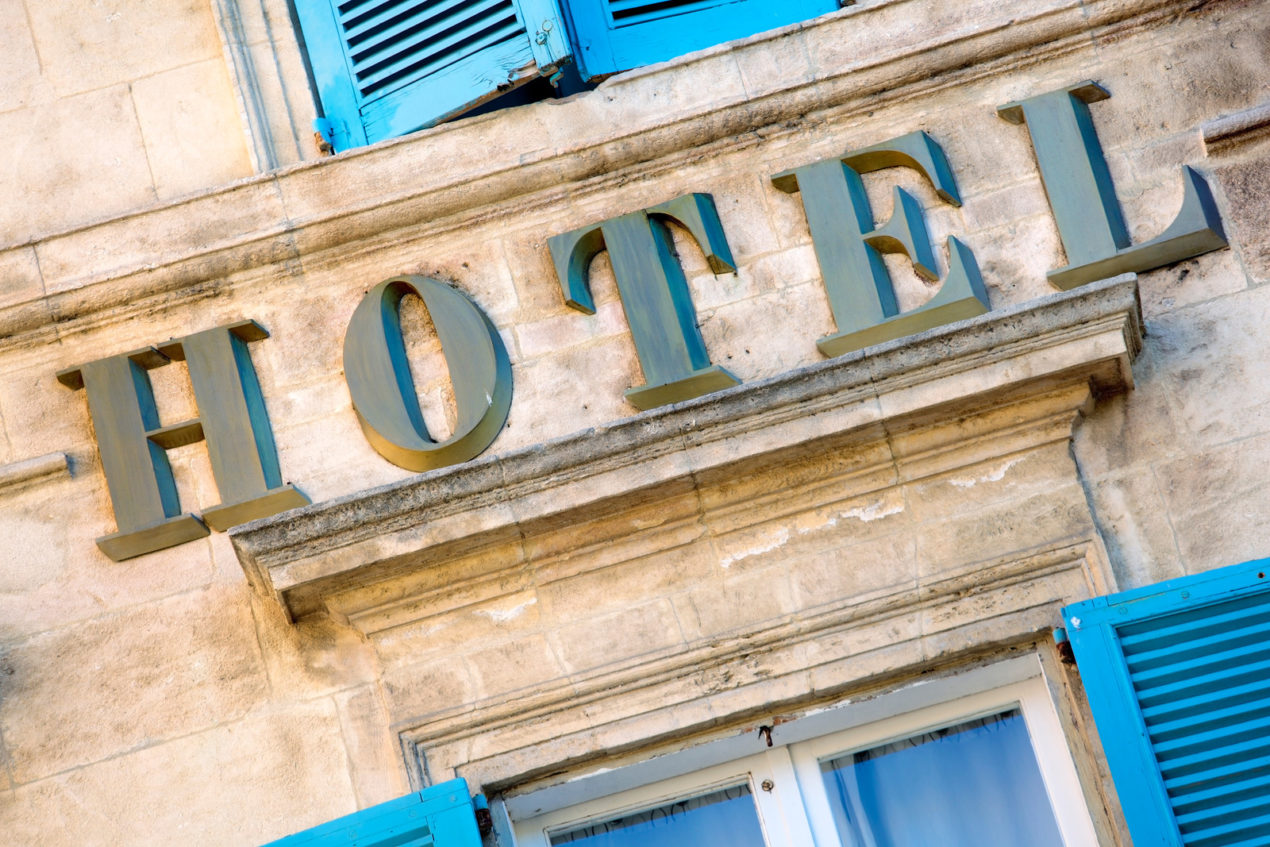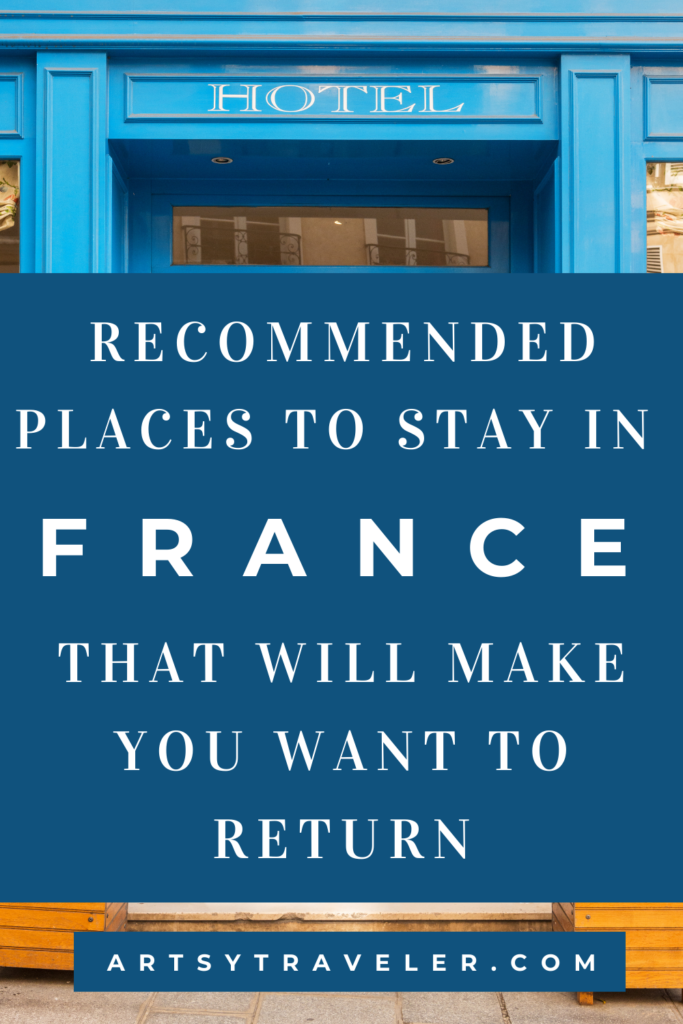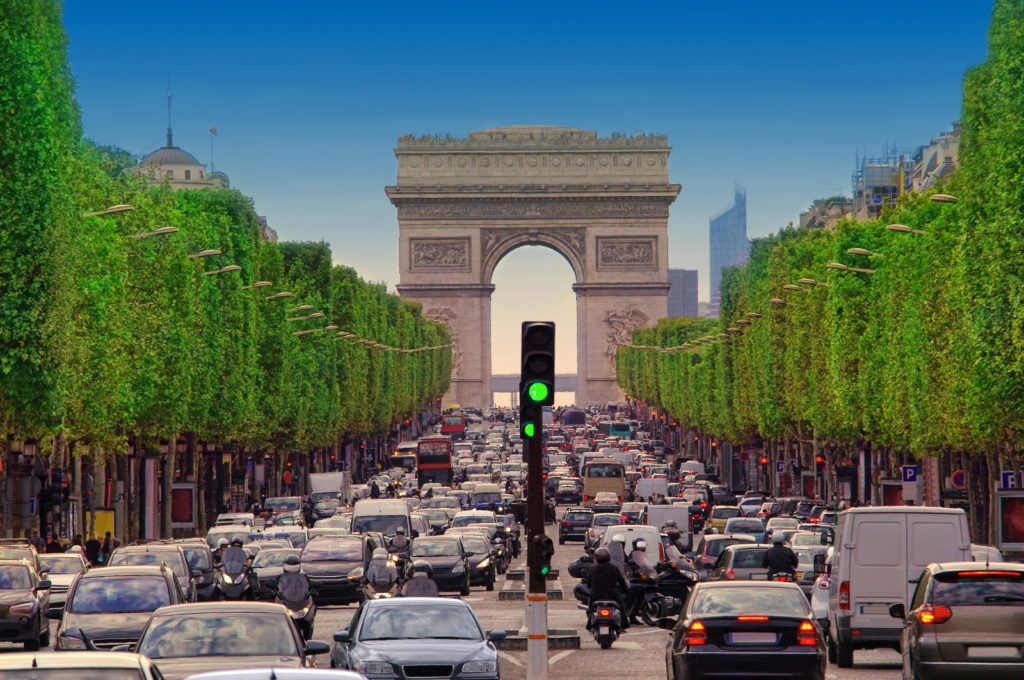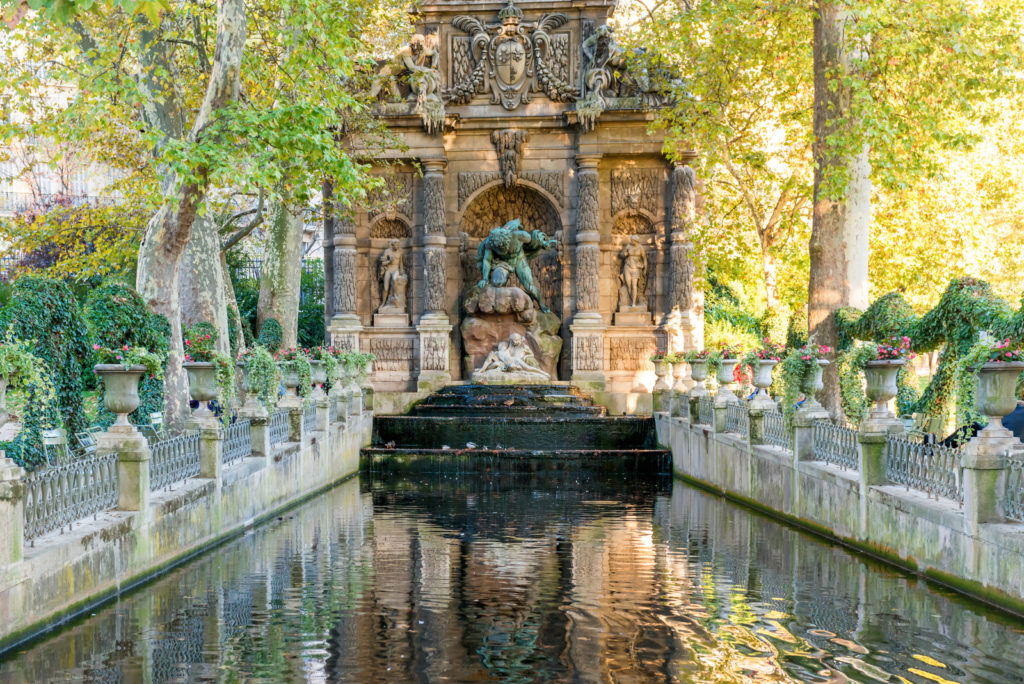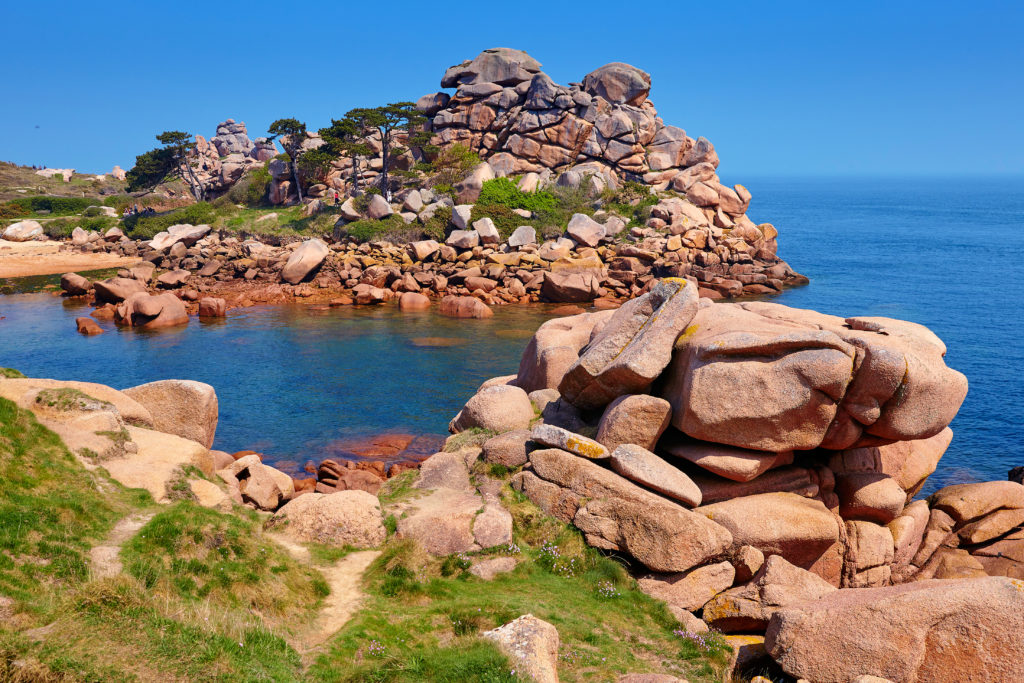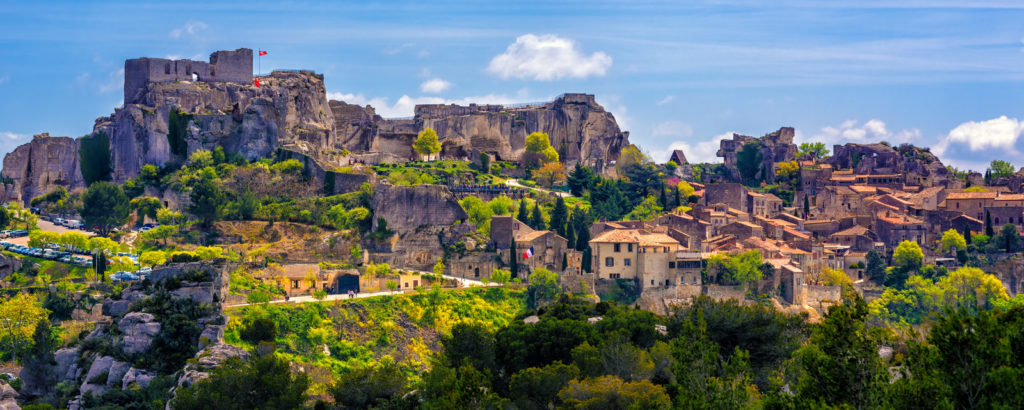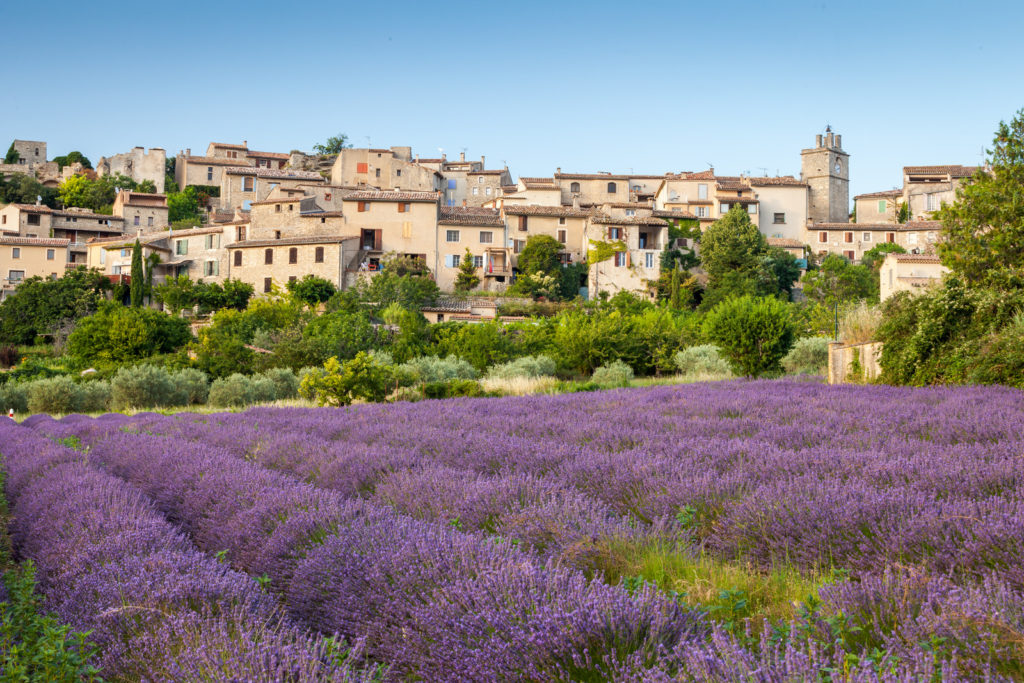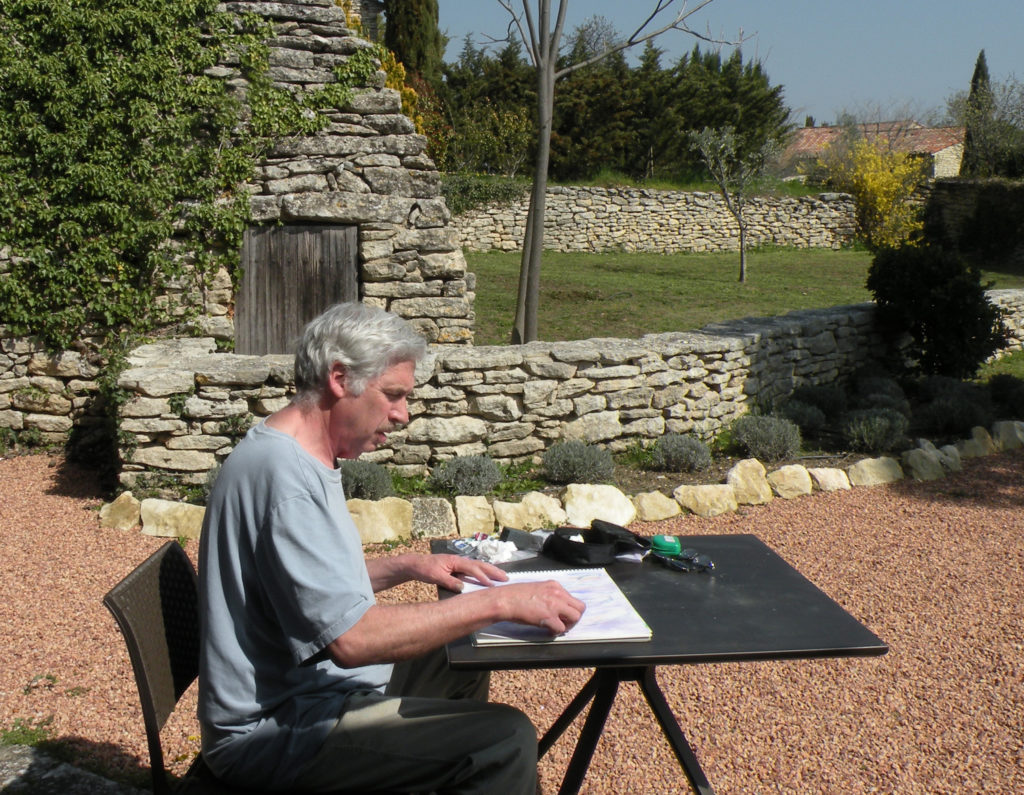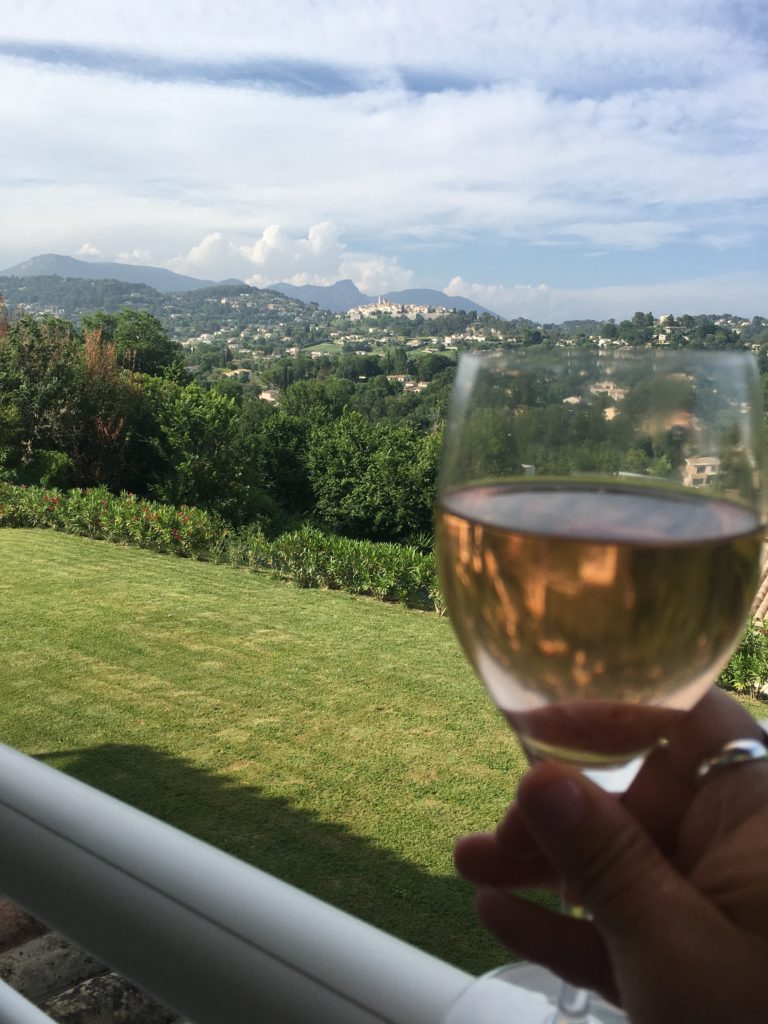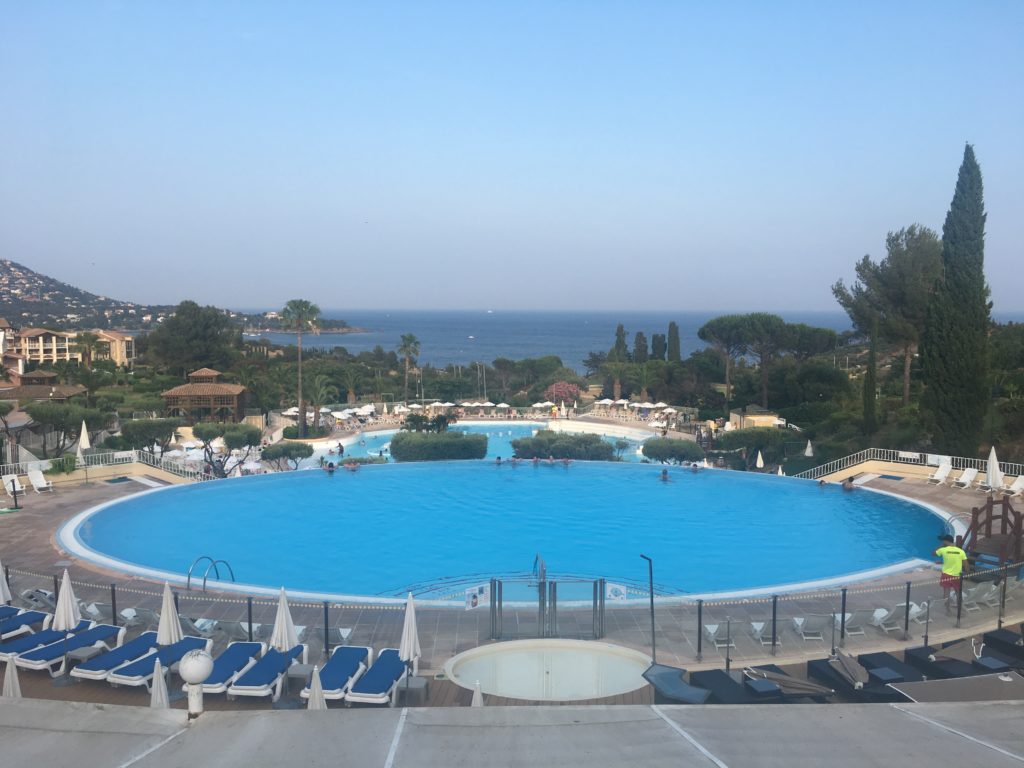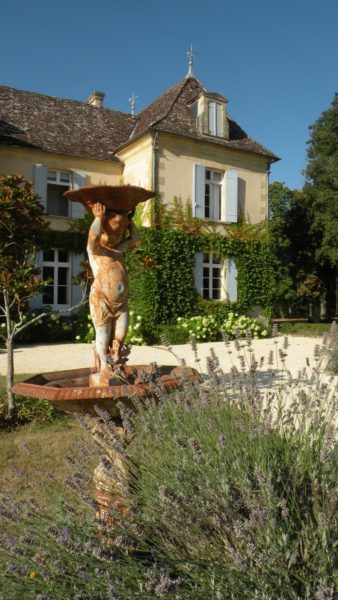Savoring Life in Pont-Aven—The City of Artists
We’ve come to beautiful little Pont-Aven in southern Brittany for six days. The works created by painters of the Pont-Aven School, most notably Paul Gauguin, Emile Bernard and Paul Sérusier, has long intrigued my husband Gregg Simpson. These artists—plus many more over the past century—have found the light and landscape of this corner of Brittany inspiring. Gregg wants to find out if inspiration will also hit him. (Spoiler alert: it does!).
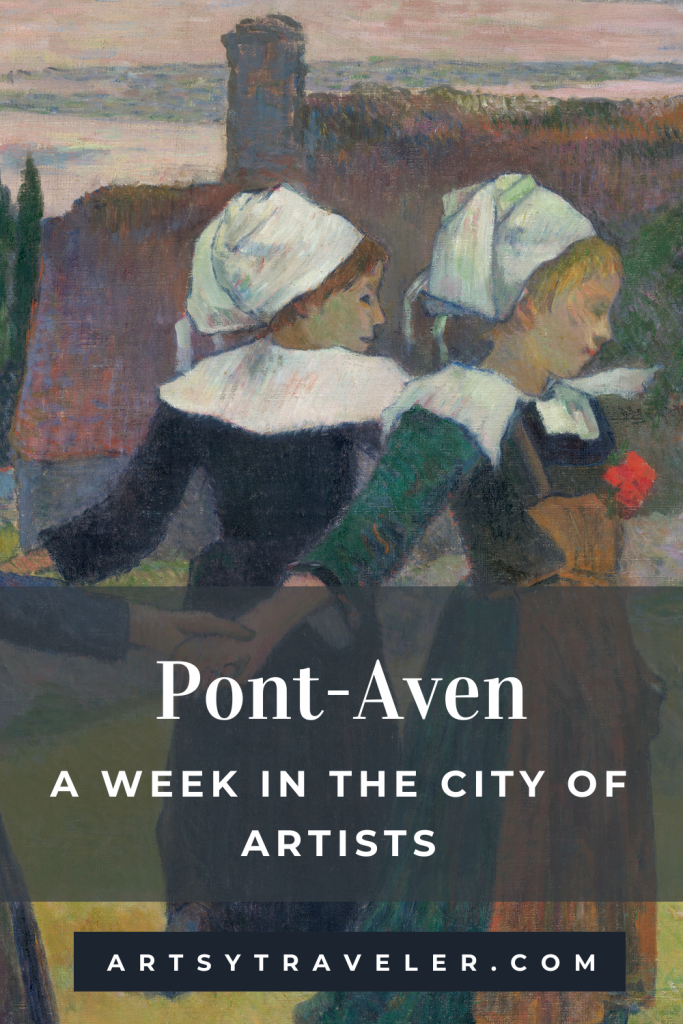
I’m toying with an idea for a character who comes from a provincial French town and makes her way to Paris during the Belle Époque. Why not have her come from Pont-Aven? I resolve to spend the week soaking in the atmosphere and the vistas, and learning what I can about what life was like here in the 1880s.
Tuesday, October 2
Morning in Rennes
After breakfast at our hotel in Rennes (Hôtel Anne de Bretagne—a good choice for a one-night stay), we set off to explore the medieval streets of Rennes, the capital of Brittany. The city allegedly has the greatest number of half-timbered medieval houses still standing in France—360 houses in total. We don’t think we’ll have time to see all 360, but I’m determined to see a goodly portion of them. Armed with a route I mapped out from various blog posts about Rennes and its medieval architecture, we set off.
There are few people on the streets on the fine and sunny Tuesday morning. We walk about ten minutes, retracing our steps from our post-dinner stroll the night before, then turn a corner and voilà! We come face to face with the famed Rennes medieval houses—well, a few of them at least.
Half-Timbered Houses in Rennes
They are gorgeous! Half-timbered, often painted, some crooked and leaning out into the street. It takes a very small leap of the imagination to see myself back in the 1400s so long as I keep my gaze upwards to avoid looking at the modern storefronts at ground level.
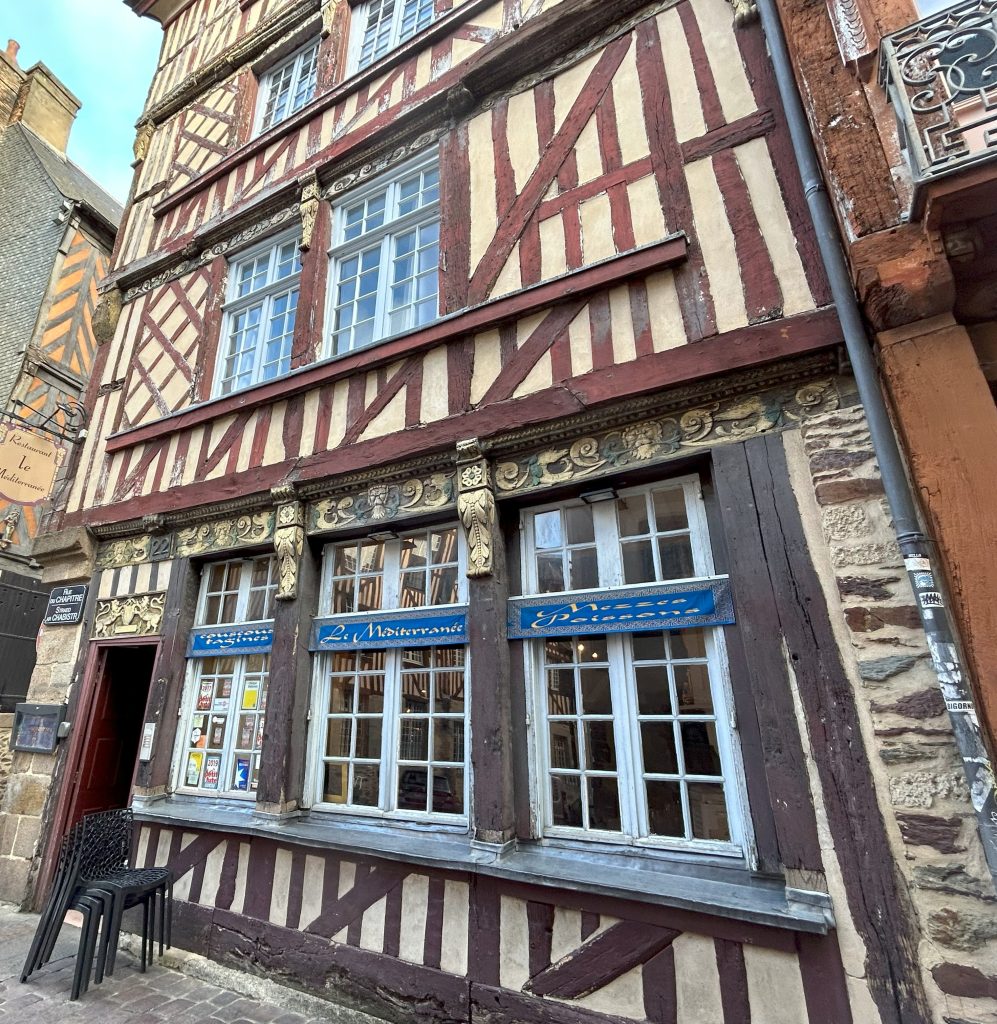
After a while, we notice that ghostly images of what we think are white ferrets fill the windows of many of the half-timbered buildings. These are the buildings that must be in the process of being preserved because instead of storefronts at the bottom, there are … ferrets. We quickly become obsessed with snapping pictures of these rather creepy guys!
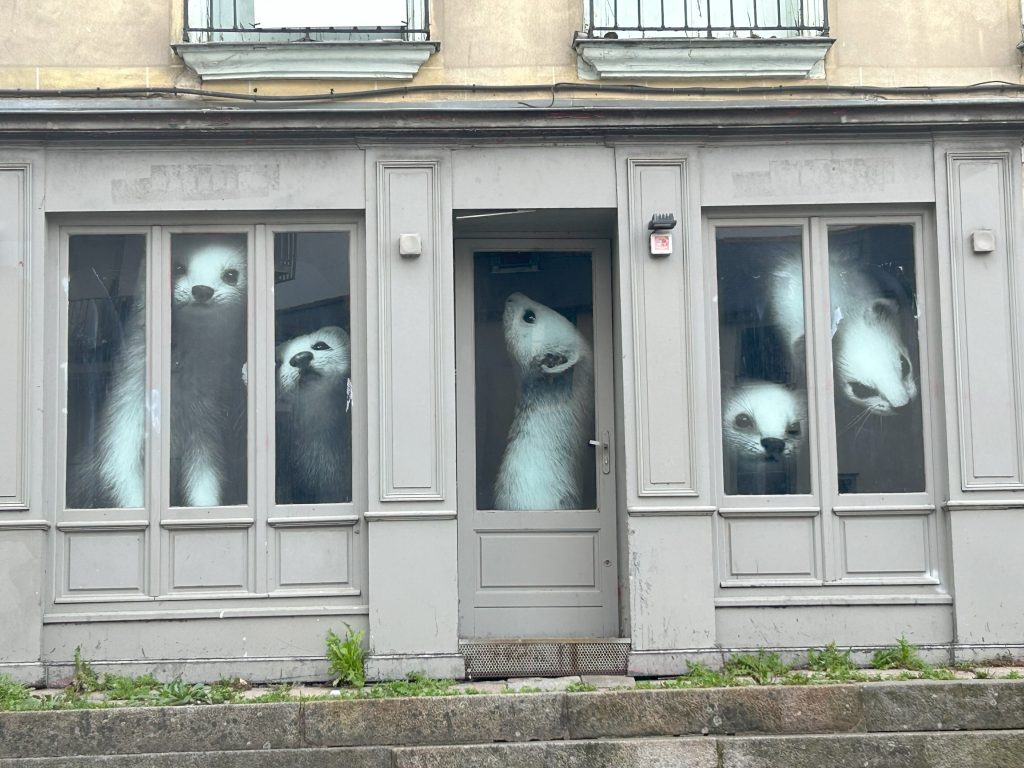
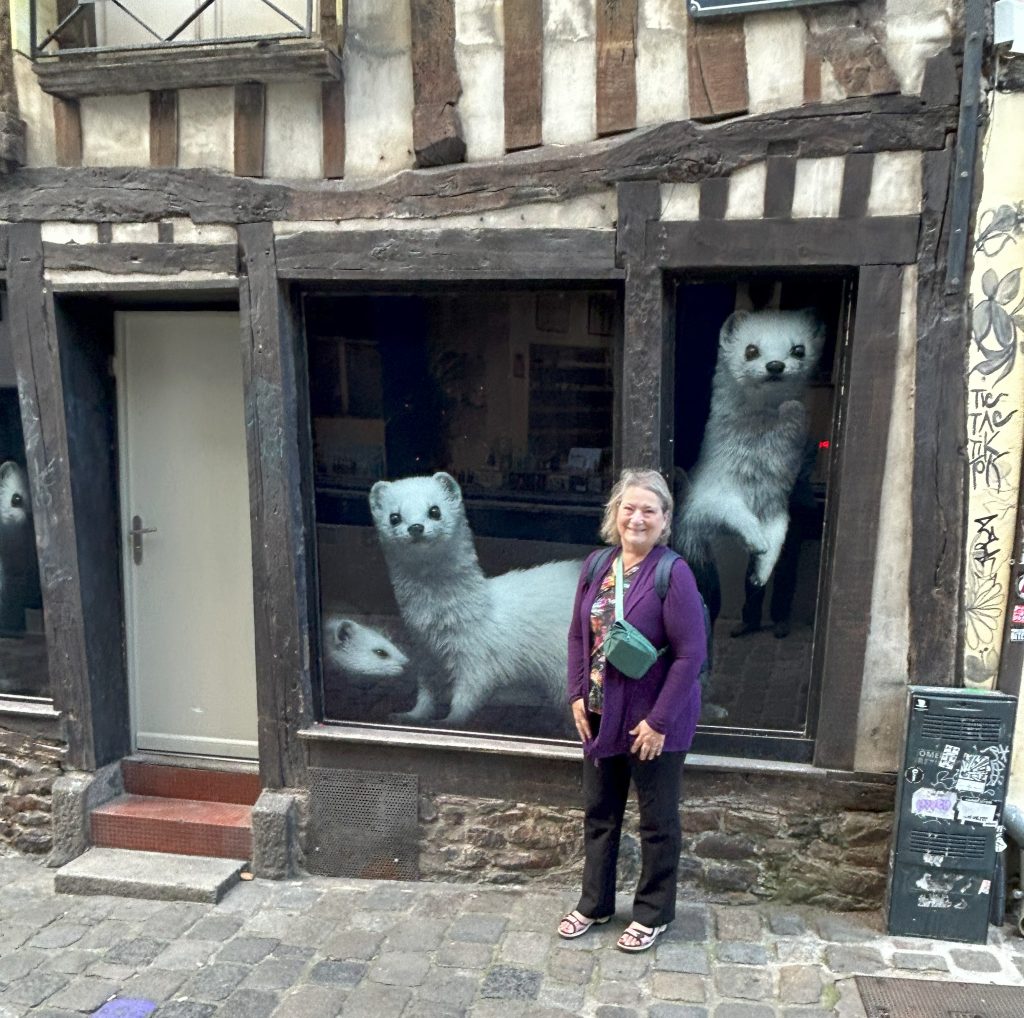
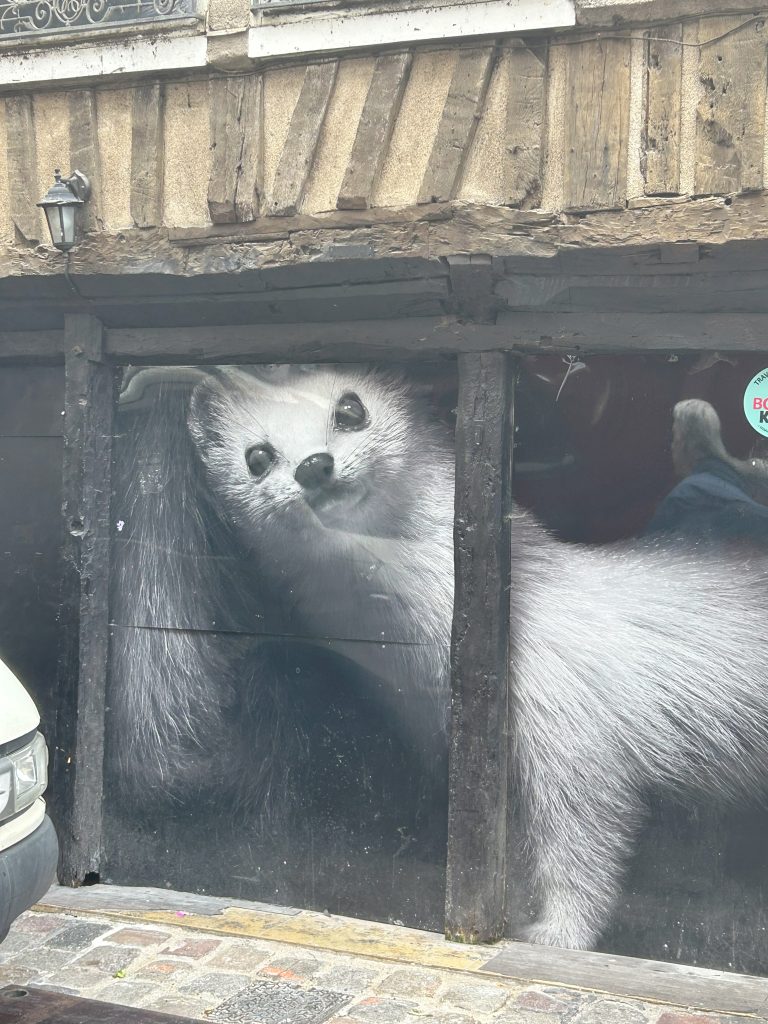
En Route to Pont-Aven: A Stop in Josselin
We leave Rennes and take our time driving to Pont-Aven. According to our navigation system, it’s just two hours away, and since we can’t check into the house we rented until 4 pm, there’s no need to rush.
On our way, we stop in Josselin. I had no idea it would be as pretty as it turned out to be. I was looking on Google Maps for a good place to break our journey. A click on Josselin showed it had a château. I’m always up for checking out a château, so we set the navigation system for Josselin.
Wow! Josselin is adorable! Its half-timbered houses have been meticulously renovated and restored, many painted in bright colors.
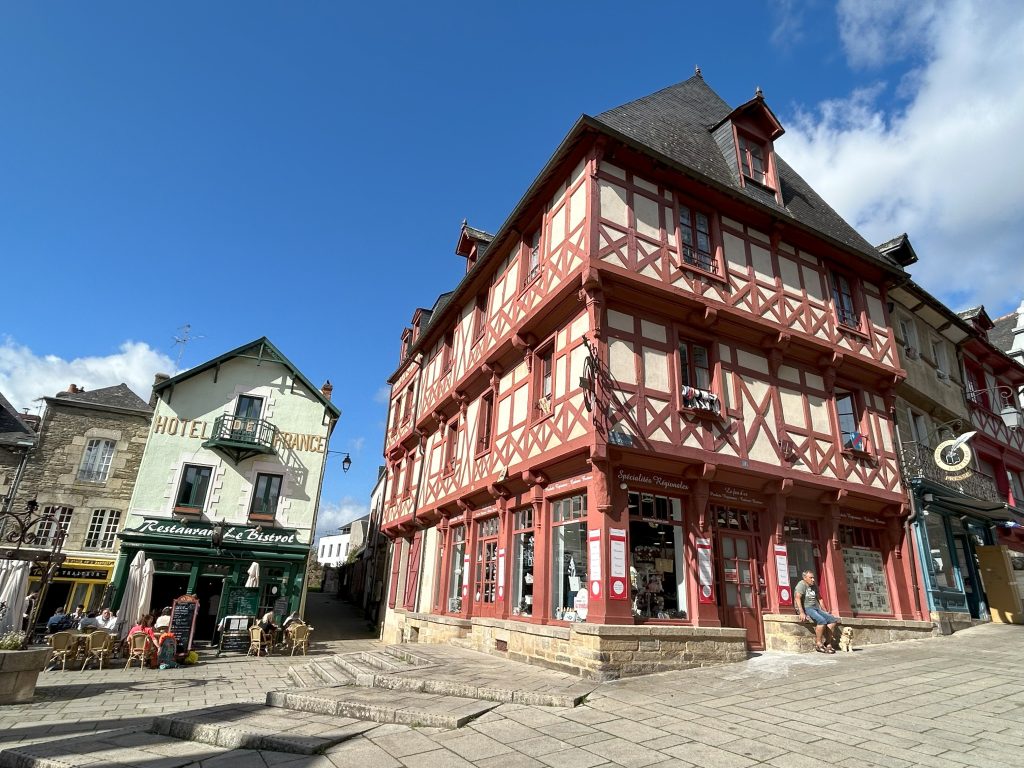
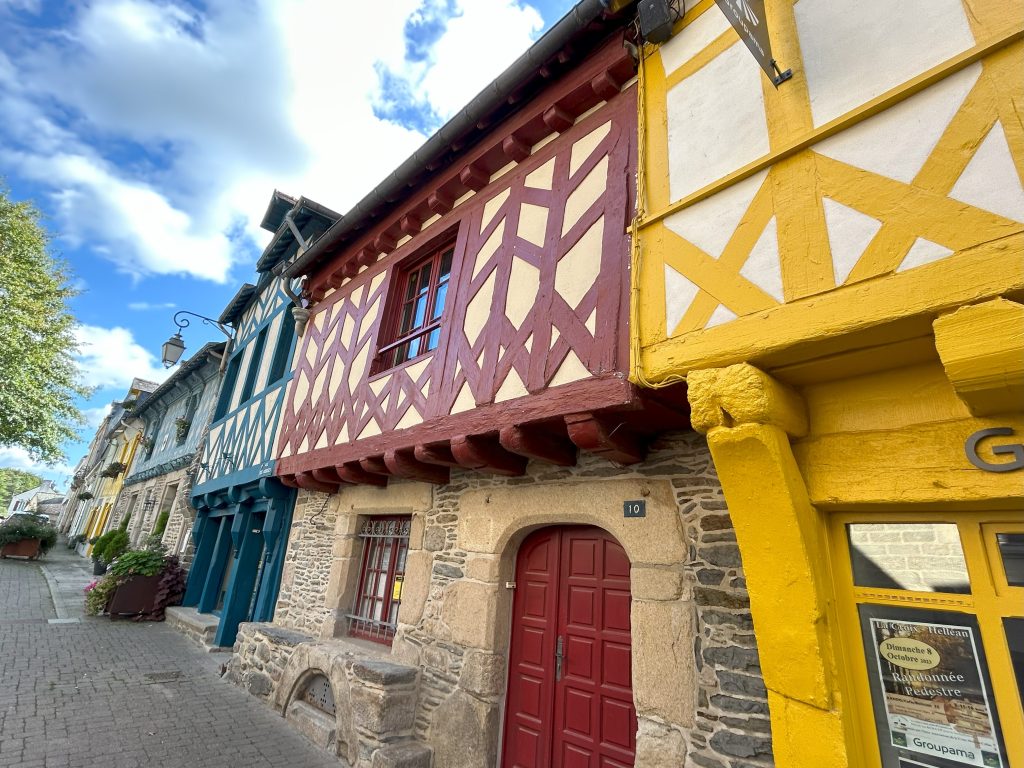
The town is small—really more of a village, so it doesn’t take long to walk along its cobbled streets and down toward the river where stands the château. It opens in an hour, but we won’t wait to go in. In my experience, most French châteaux are pretty much empty inside, and according to the website, the château at Josselin is no exception. We opt instead to walk down by the river and snap photos in the glorious October sunshine.
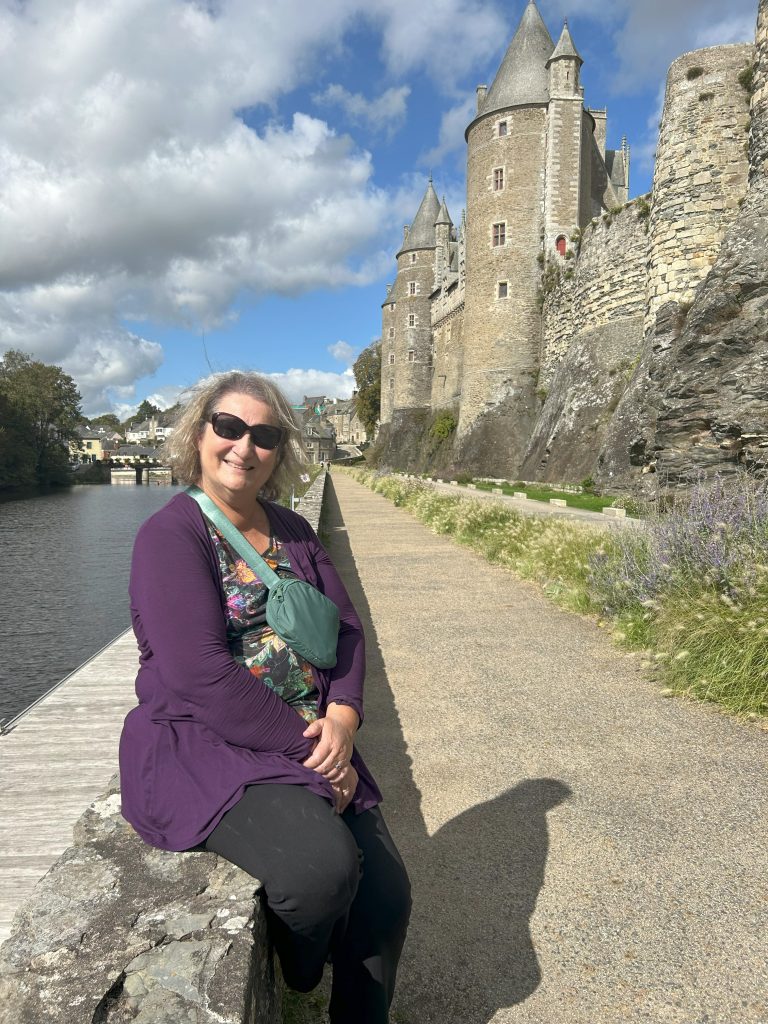
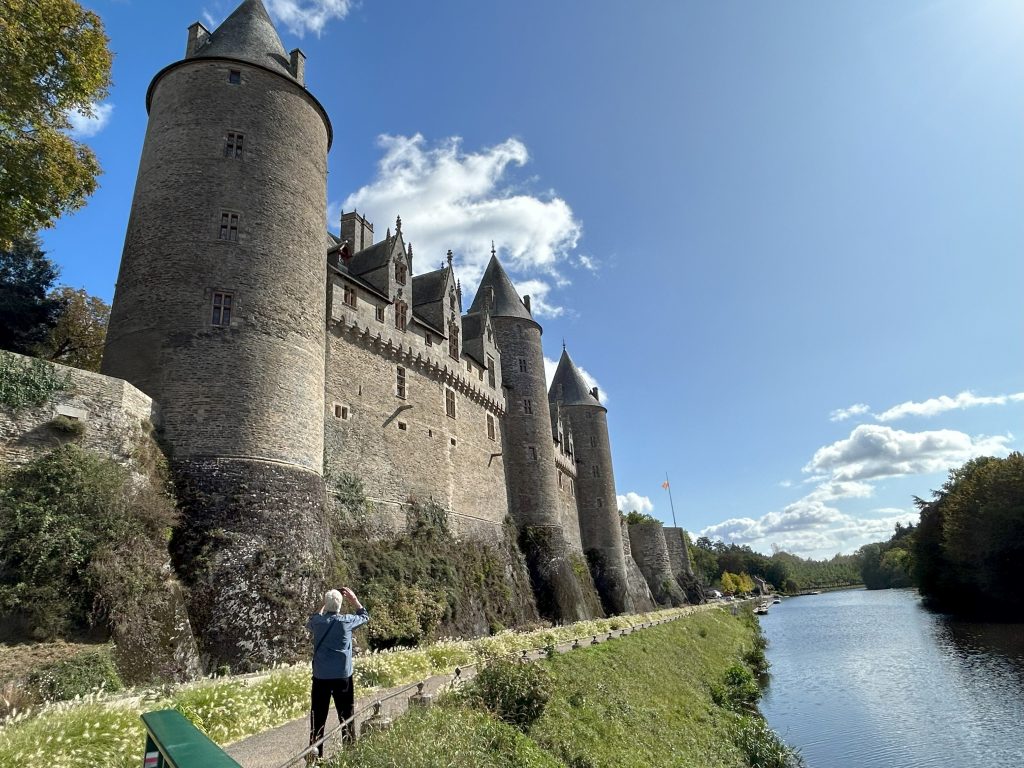
Arrival in Pont-Aven
Then it’s back in the car and onwards to Pont-Aven. At 4 pm, we enter Pont-Aven, our home for the next six nights. We’ve visited the town twice before—first in 1995 when Gregg discovered its association with several of the painters he admires, and again in 2013 when we spent a night there during a short jaunt to Brittany. Both times, we loved the picturesque little town and hoped it hadn’t changed.
The navigation system wants to take us across what looks like a pedestrian plaza. We balk and opt for the long way around that ends in a very sharp turn up a very steep driveway marked privé. But the address is correct and so Gregg barrels up the road and makes a second very sharp turn into the parking area.
Although I’d seen pictures of the place on booking.com, I am not prepared for just how stunning it is, perched on a ridge with a view across the boat-choked inlet. Called Le Fusain, the house itself is large and modern with a massive kitchen, a large living/dining area, a master bedroom with attached bathroom downstairs, and two smaller bedrooms and another bathroom upstairs. It’s too big for us but we don’t mind. And it’s an incredible bargain, compared to what we paid in Paris and Amsterdam.
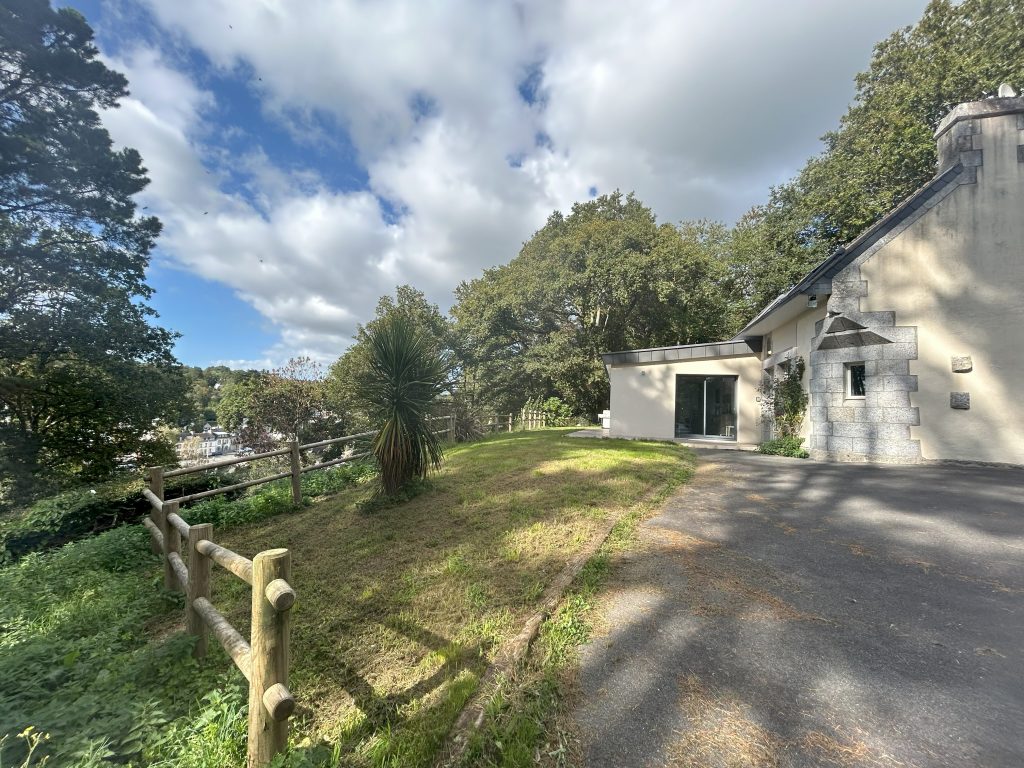
The person who manages the place shows us around and then leaves us to get acquainted with our new digs. We both stake out our work areas—me at the modern dining room table in the living room (left) Gregg at the large wooden table in the kitchen (right), and resolve to use a lot of our time to get stuck into some work.
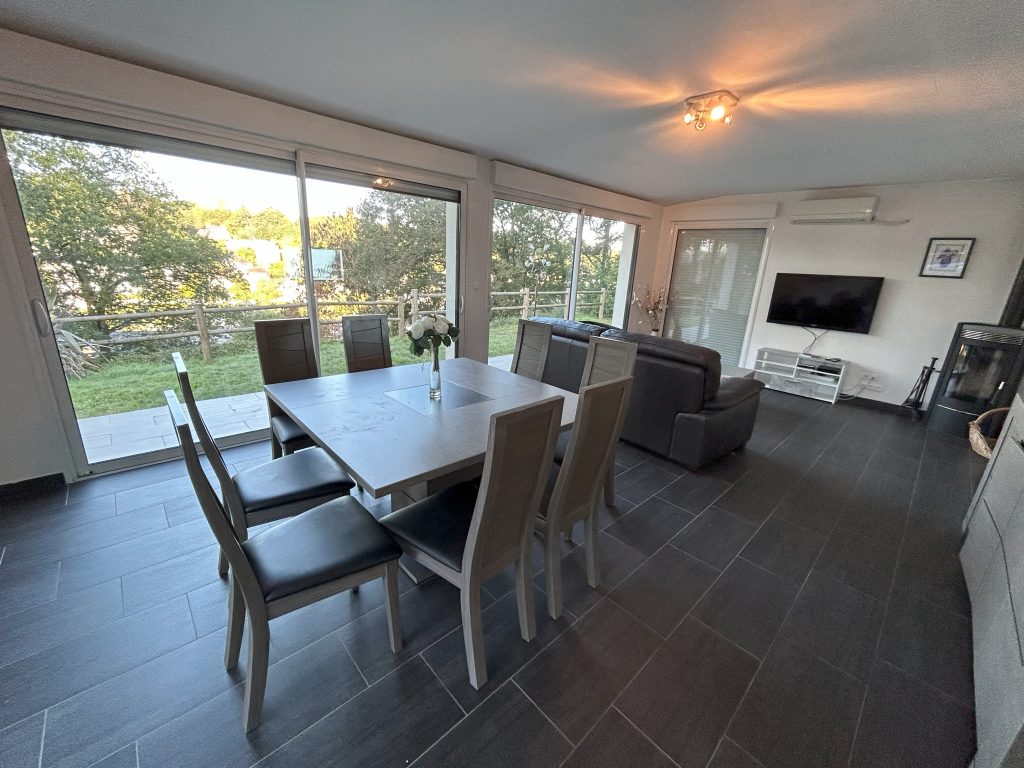
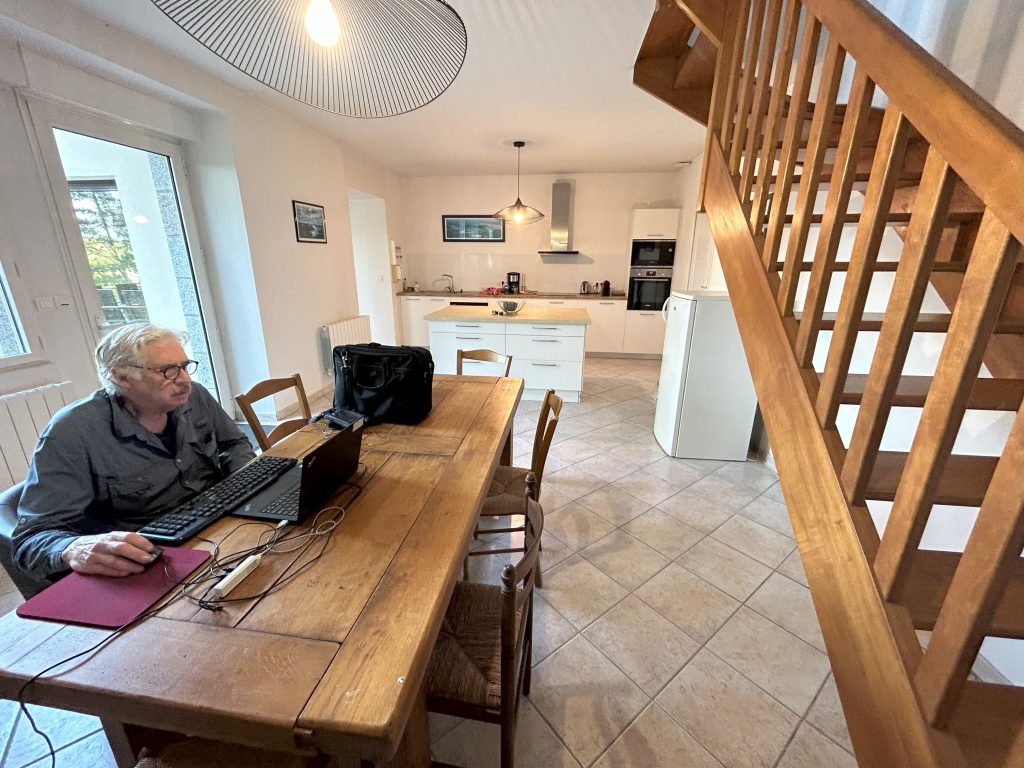
First Stroll Into Pont-Aven
But first, we must check out Pont-Aven and buy food for dinner. We set off down the hill for our first of what will be several forays into exquisite little Pont-Aven. I can’t stop snapping pictures!
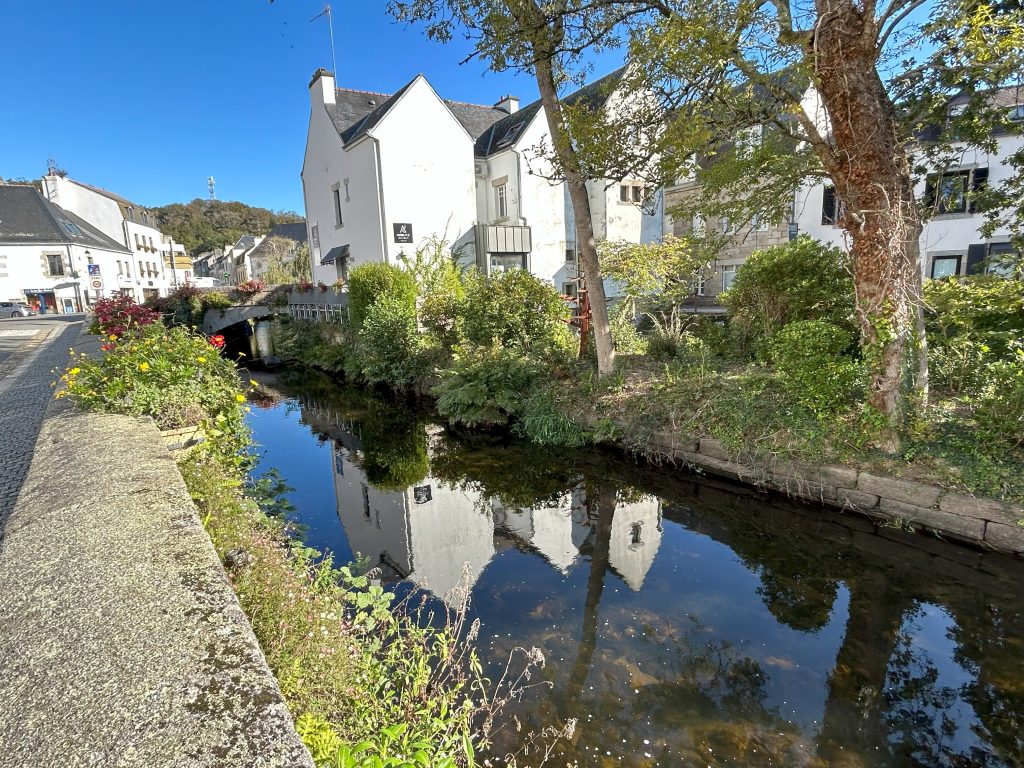
Eventually, we end up at the Intermarché near the edge of town, load up on provisions, and head back up the hill to our beautiful domain. That night, we enjoy a light dinner of crêpes stuffed with ham and cheese. Divine (and also so much cheaper than eating out!).
Overview of Pont-Aven
Henry Bacon, an American artist, “discovered” Pont-Aven in the 1860s. Many more artists began flocking to the area, attracted by the light and the beauty of the town and the surrounding landscape. Painters came from Scandinavia, England, and the United States, but were all called the Americans by the locals. Pont-Aven‘s reputation as a mecca for artists was cemented in 1886 when Paul Gauguin arrived. Other artists in the Impressionist and Synthetist school soon followed, including Émile Bernard and Paul Sérusier. Their work became known worldwide as the “School of Pont-Aven”. Their likenesses are painted on a wall in Pont-Aven. From left to right – Sérusier, Bernard, and Gauguin.

Check out my post on the Musée d’Orsay for some of the most famous examples of their work.
Wednesday, October 4
Pont-Aven weaves its magic spell around us and we can’t get enough of enjoying its many vistas. We set off mid-morning for our first real exploration. Pont-Aven is located at the end of a very long inlet. It’s a good 90-minute walk along a wooded sentier to get to the sea. Back in the day, the town was a popular fishing port, apparently attracting so many French sailors that locals tended to speak French rather than Breton as did most of the people in the surrounding towns and villages.
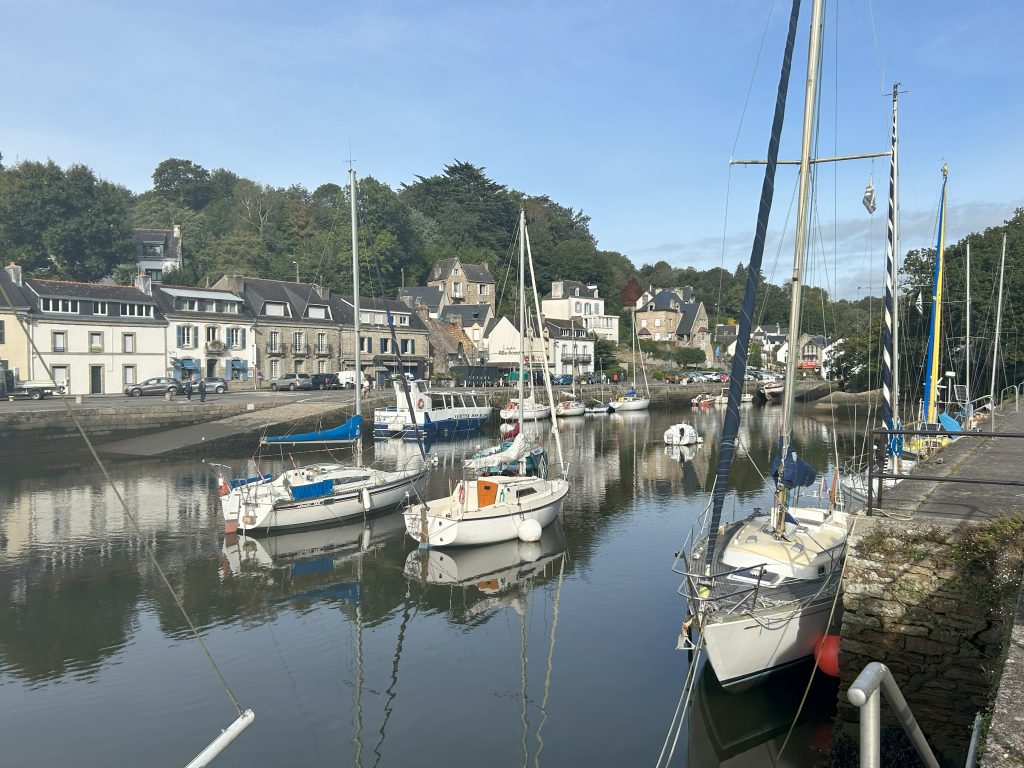
Bois d’Amour
We head first to the tourist information office and pick up a map of the area and directions to the Bois d’Amour—the Wood of Love, a delightful walk alongside the river where Paul Gauguin and Paul Sérusier first “discovered” abstraction. Well, that’s the legend, anyway. The very spot where Gauguin apparently told Sérusier how to use color vibrantly is marked with a plaque as well as the painting that Sérusier created, entitled Le Talisman.
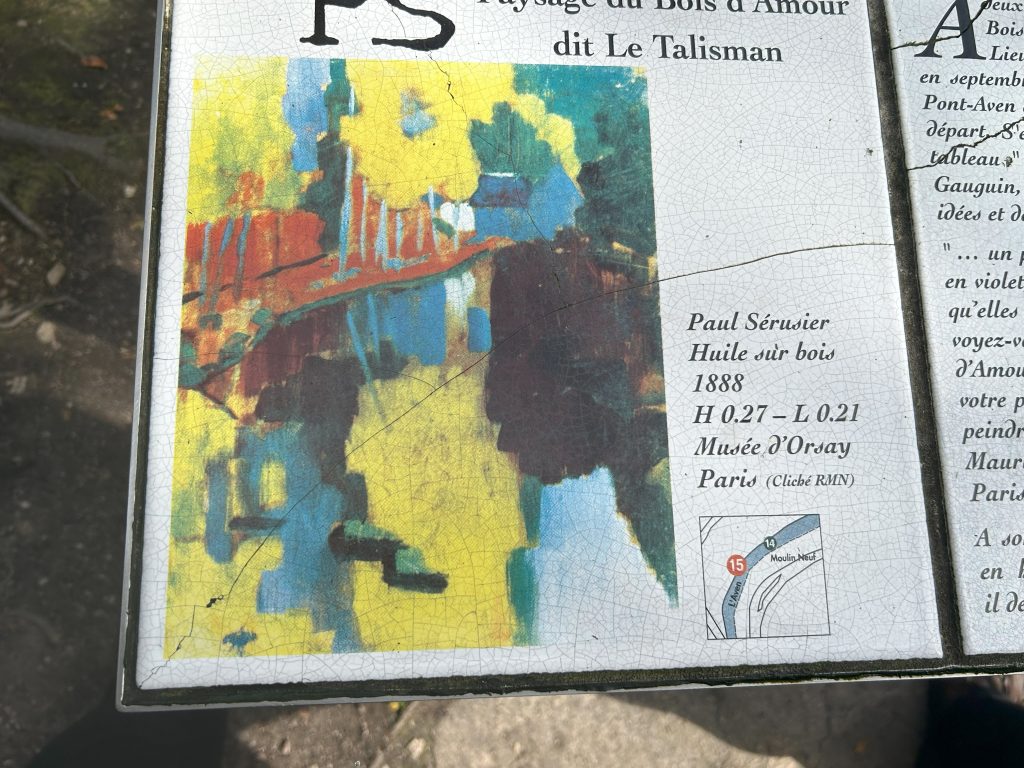
We are entranced by the beauty of the walk as well as the almost complete absence of other people. A visit in October is just the ticket to avoid crowds. The area is very popular with holidaymakers during the summer months.
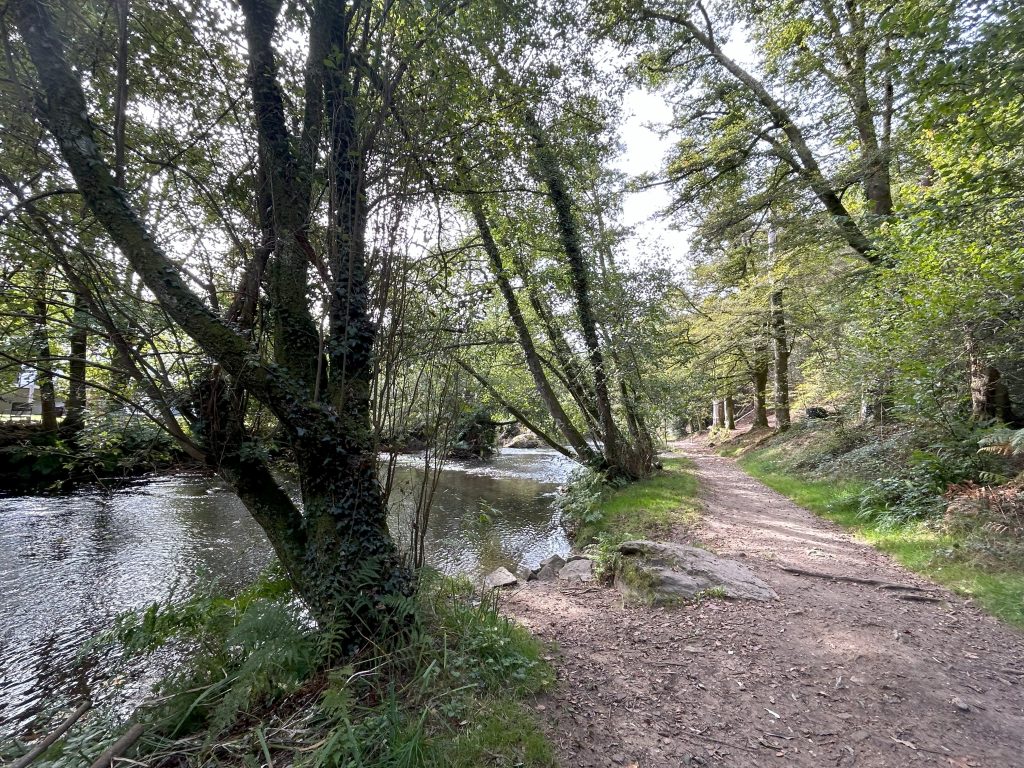
Pont-Aven is tiny and yet boasts 60 art galleries! Pretty much every shop on the four main streets that make up the town is an art gallery of some sort. Most of the art in the galleries is of the sailboat landscape variety, competently done but not that interesting.
Thursday, October 5
After a morning walk into town for coffee and croissants followed by catching up on writing (me) and doing some drawing (Gregg), we head out at 4 pm to explore the area by car. Our first goal is to find the sea! We know we’re close—we can smell it and hear the seagulls, but so far we haven’t yet seen it. That changes pretty quickly after we leave Pont-Aven and drive along beautifully winding country roads to emerge onto our first beach. It’s wide and windy and absolutely stunning. It’s also empty.
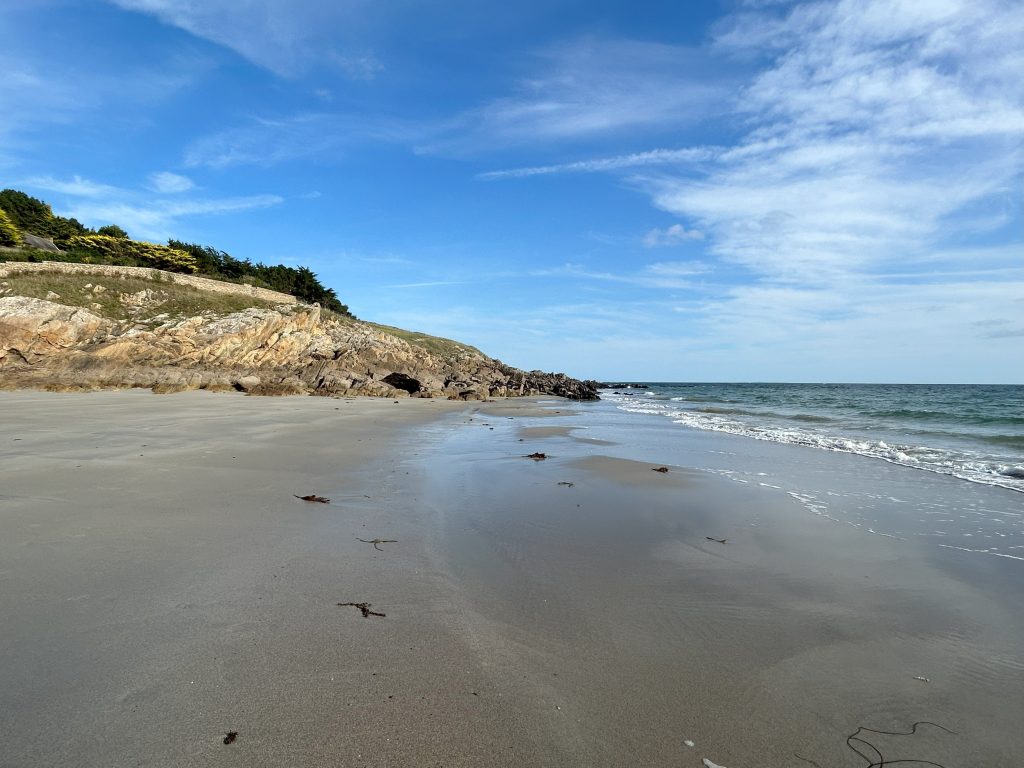
For the next two hours, we swoop and swerve along the country roads, stopping every so often to admire yet another sea view of blue ocean and rocks tortured into weird shapes.
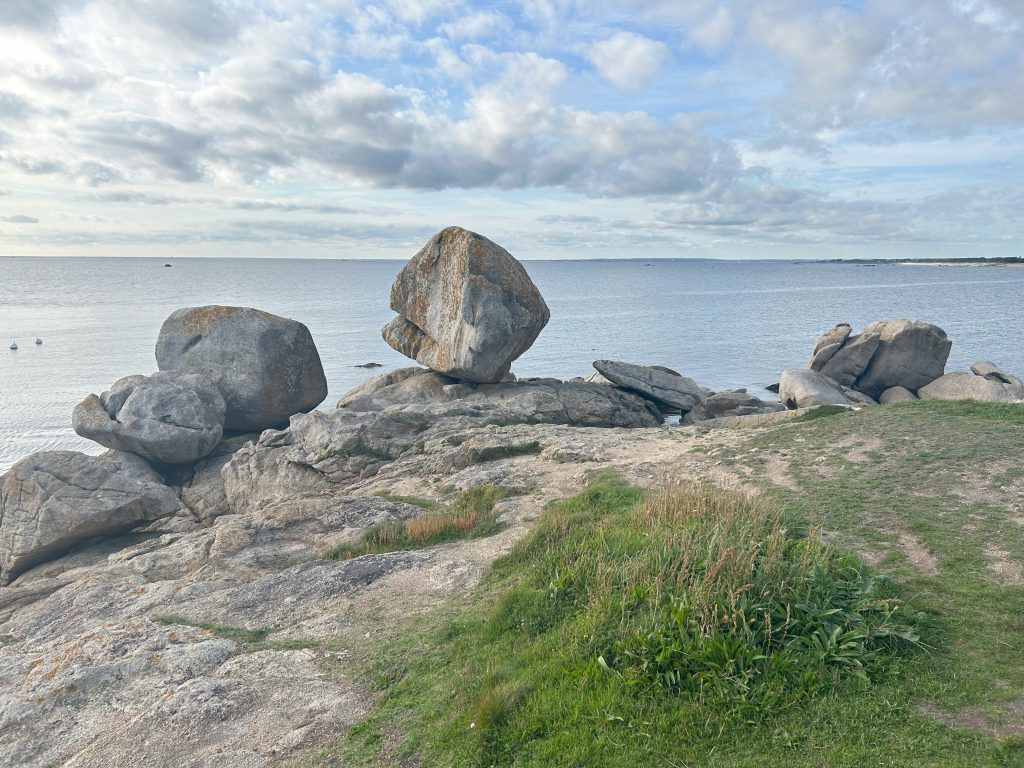
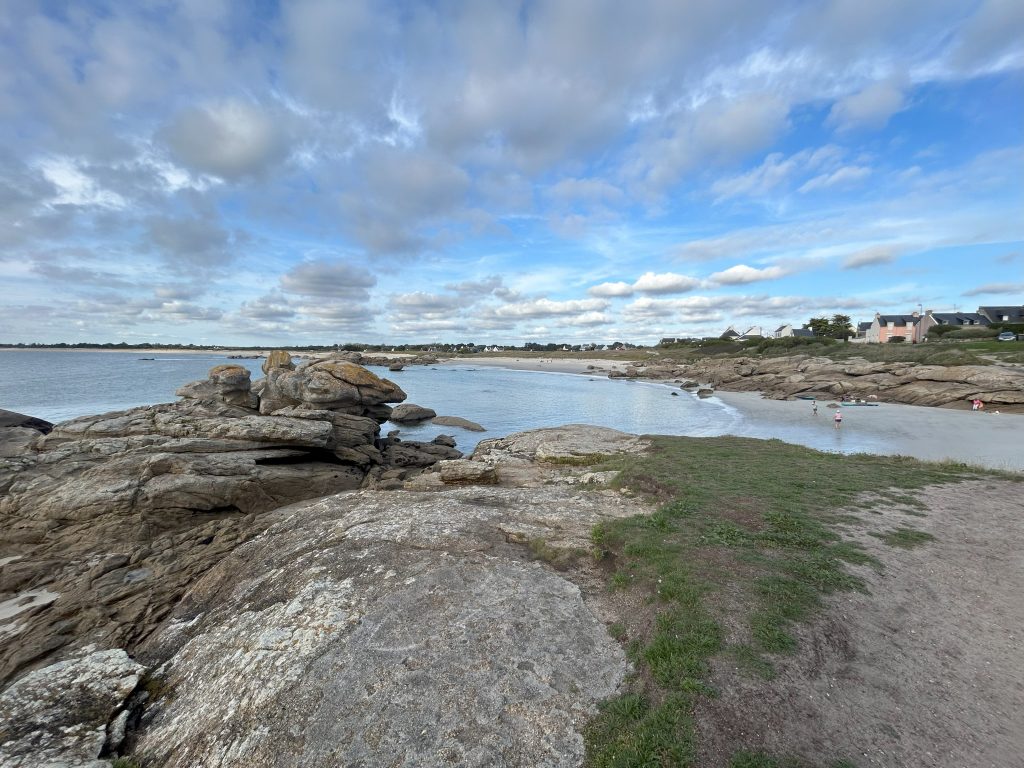
Visit to Concarneau
At close to 6 pm, we drive into Concarneau, a relatively large town that consists of a modern portion on the mainland and then a walled old city across a bridge in the harbor. We arrive just in time to watch the merchants closing up their shops. Here’s a shot of the old town from the new town. One of the flags is a Canadian flag!
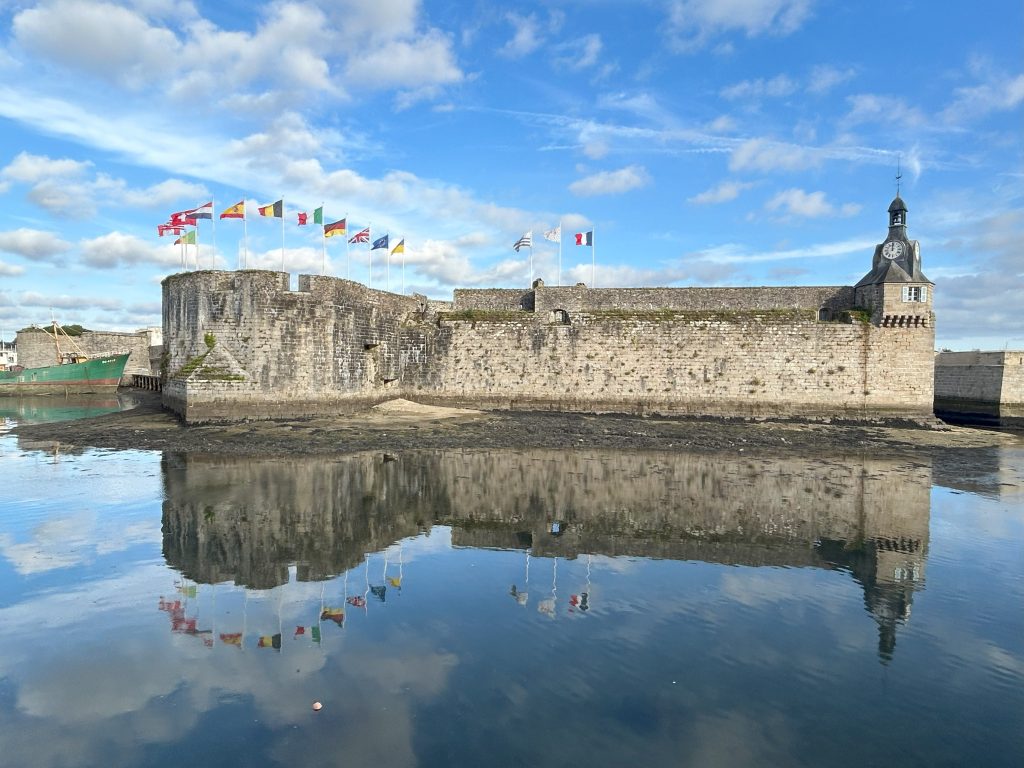
I had thought we’d eat dinner in the old town but nope. The drawbridge comes down at 6:30! We have a quick walk around and then go in search of restaurant on the street facing the harbor. We are the first people in at 7:15 and ushered upstairs to a table with a lovely view over the harbor (see below).
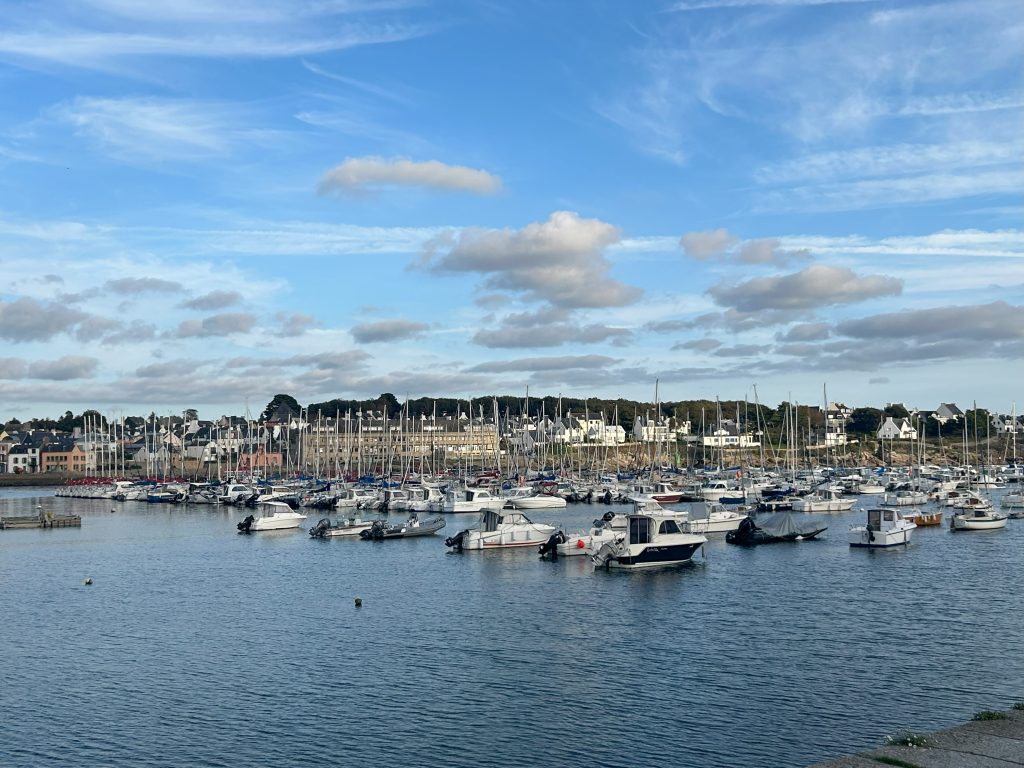
The server is attentive and friendly. He happily speaks English and laughs good-humoredly at our attempts to order in French. While we eat, the place fills to capacity. Ours is the only server and I watch fascinated as he deftly and efficiently attends to the many tables.
We order steak and both have too large a piece to finish. I ask the server for a box and he brings me a large plastic container into which I unselfconsciously stow our leftovers. It will make a perfect dinner the next day. I remember a time when asking for a “doggie bag” just wasn’t done in France, but fortunately all that’s changed, and a request to pack up leftovers doesn’t even elicit an eyebrow raise.
Friday, October 6
We decide to stay close to home and make a visit to the Musée Pont-Aven our priority. Good call! The museum is wonderful! After four days in Pont-Aven, I’m getting plenty of inspiration for my WIP (Work in Progress) and have decided that an American artist must play a role, preferably a female American artist. Were there any?
Musée Pont-Aven
The museum provides the answer! The oldest painting by a female artist visiting Pont-Aven was done in 1883 by Marie Luplau, a Danish artist and ardent feminist. Apparently, many women artists came to the town to paint during the period, including Emily Carr at the beginning of the 20th century. Marie’s painting is of the Bois d’Amour, where we walked the day before.
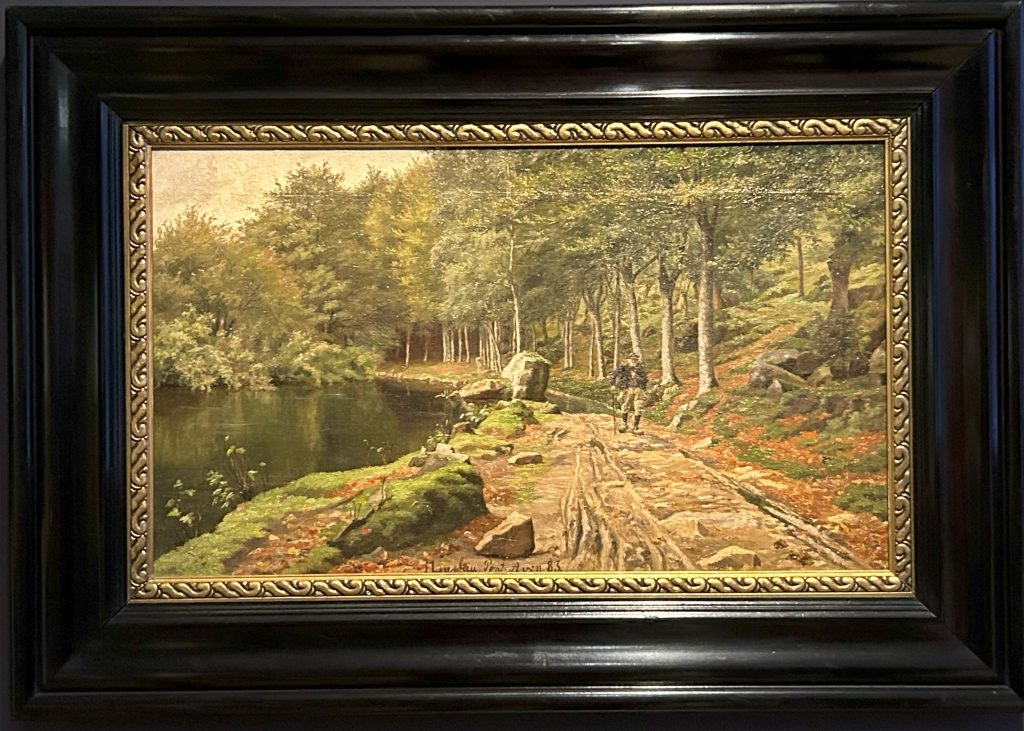
Ideas ping and pong off each other as I wander the beautifully curated displays at the museum. In the first room, I take a picture of every single frame of a short slide show about Pont-Aven in the 19th century when it first started attracting artists. Pictures of people at the time in which an historical novel is set provide a wealth of information about what people looked like, what they wore, what the houses were like, and so on.
What strikes me most is how little Pont-Aven has changed. Although now attracting thousands of tourists a year, the town has kept its original buildings and flavor so that photographs taken in the 19th century don’t look all that much different from photographs taken today. Here are just two of the many photos I snapped.
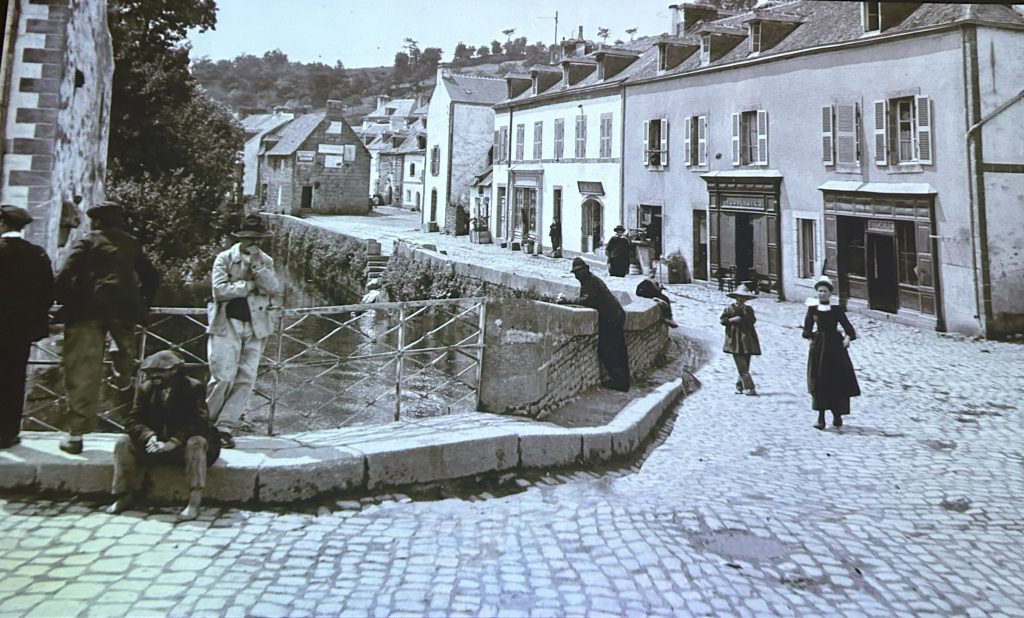
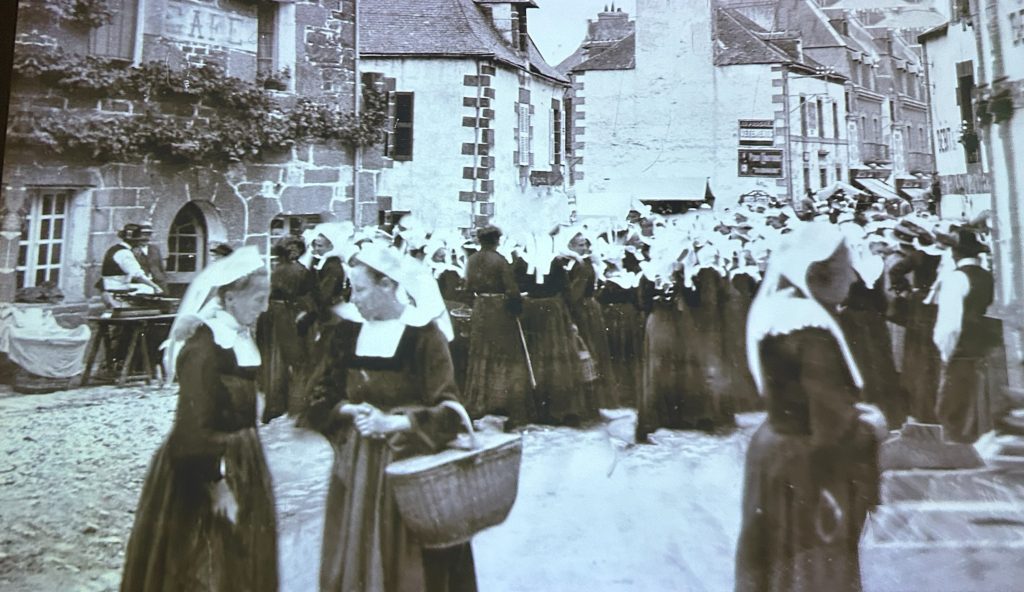
I also learn that local people wore wooden shoes—a nice detail to file away for future reference.
The museum includes works by all the main School of Pont-Aven artists, including the “Big Three”: Gauguin, Sérusier, and Bernard. Here are some highlights.
Les Porcelets by Paul Sérusier
This delightful piece beautifully combines cold blues in the background and warm yellows in the foreground and, while not abstract, definitely shows tendencies towards favoring shapes over realism. It’s a good example of the aesthetic of the Pont-Aven School in its use of simplified lines, bright colors and unusual framing that cuts off the top of the woman’s body.
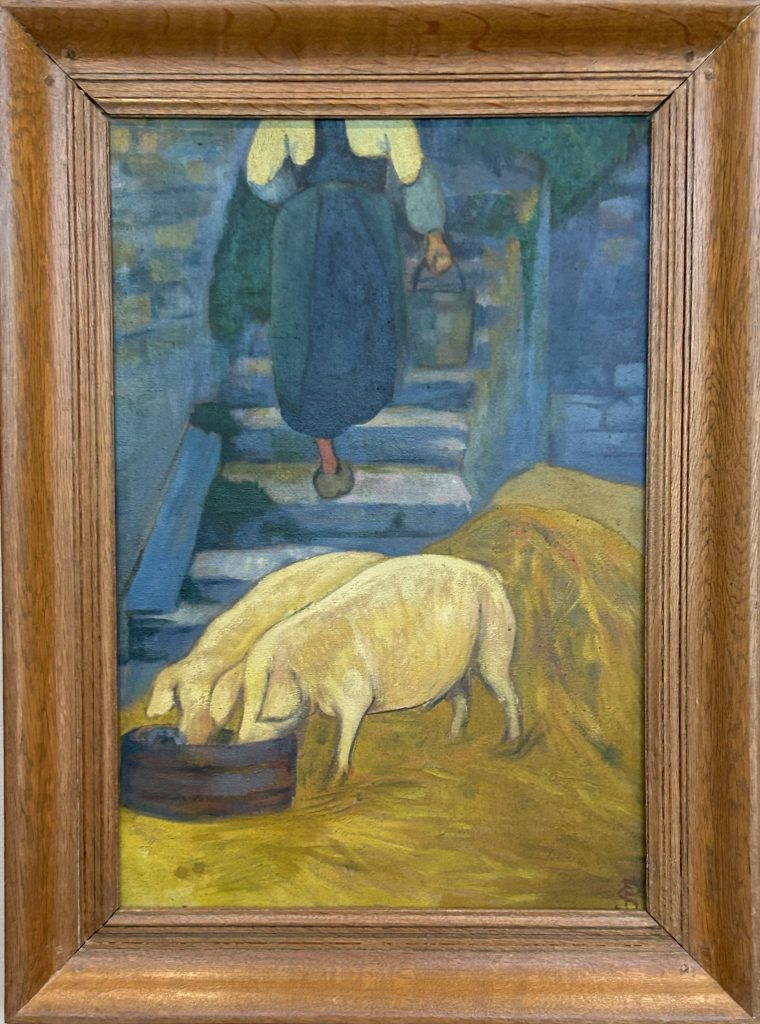
La Grammaire by Paul Sérusier
This painting represents Sérusier’s interest in the sibyls, ancient prophetesses, but his version is a contemporary Pont-Aven woman. I love the simple shapes and flat planes of the piece, and also how the woman’s hand clasps the book. She looks like she’s just come in from milking the cows, so having her writing in a book like she’s a scholar is both jarring and intriguing.
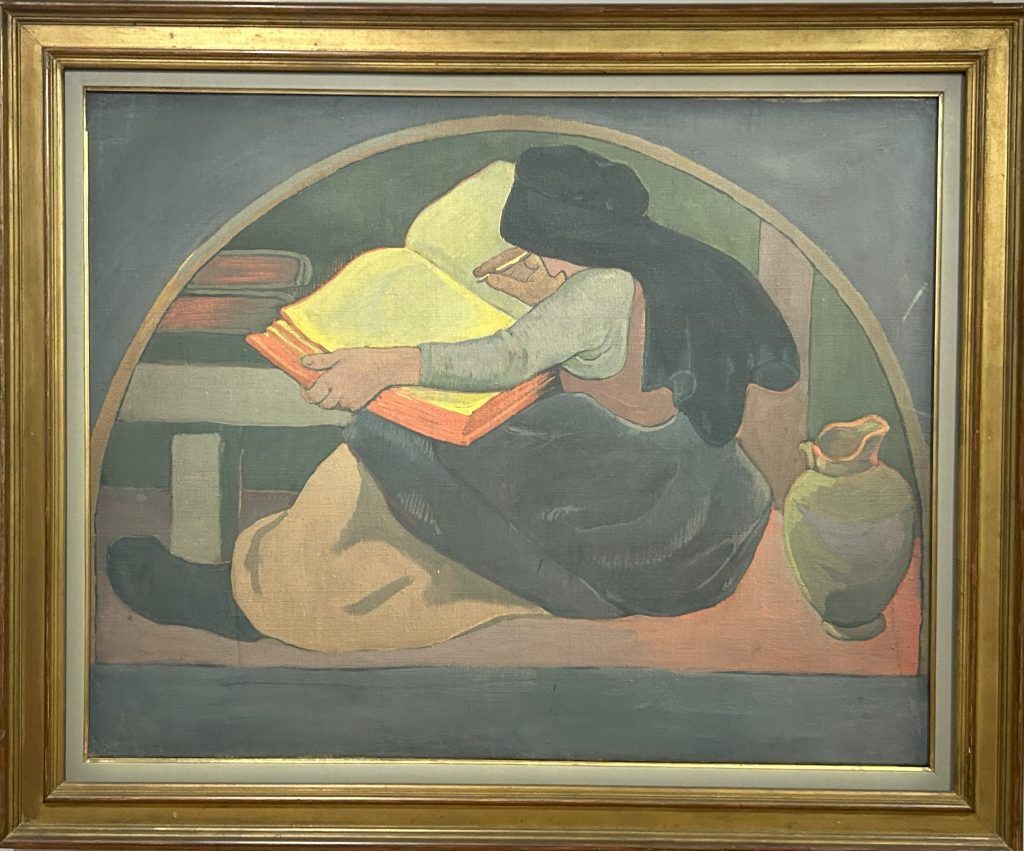
Special Exhibition
We check out the special exhibition on the second floor and are blown away to discover it’s an exhibition of women artists and photographers who documented their travels in the 19th century. These were some pretty intrepid women—traveling all over the world to paint and photograph local landscapes and people. The exhibition is a great example of how, finally, artwork made by women is being showcased in major exhibitions.
Saturday, October 7
Quick Trip into Quimper
We set off mid-morning for a day trip to Quimper followed by another country drive, this time in search of prehistoric sites. Quimper is the oldest city in France and is known for its cathedral and its many beautifully preserved half-timbered houses. We arrive and park, then make our way into the delightful town. The central area is compact, with plenty of attractive houses to photograph and lots of shops selling local delicacies. We wander around, stop for a good lunch at a café overlooking the cathedral, buy Gregg more art supplies, and then set out in search of prehistory.
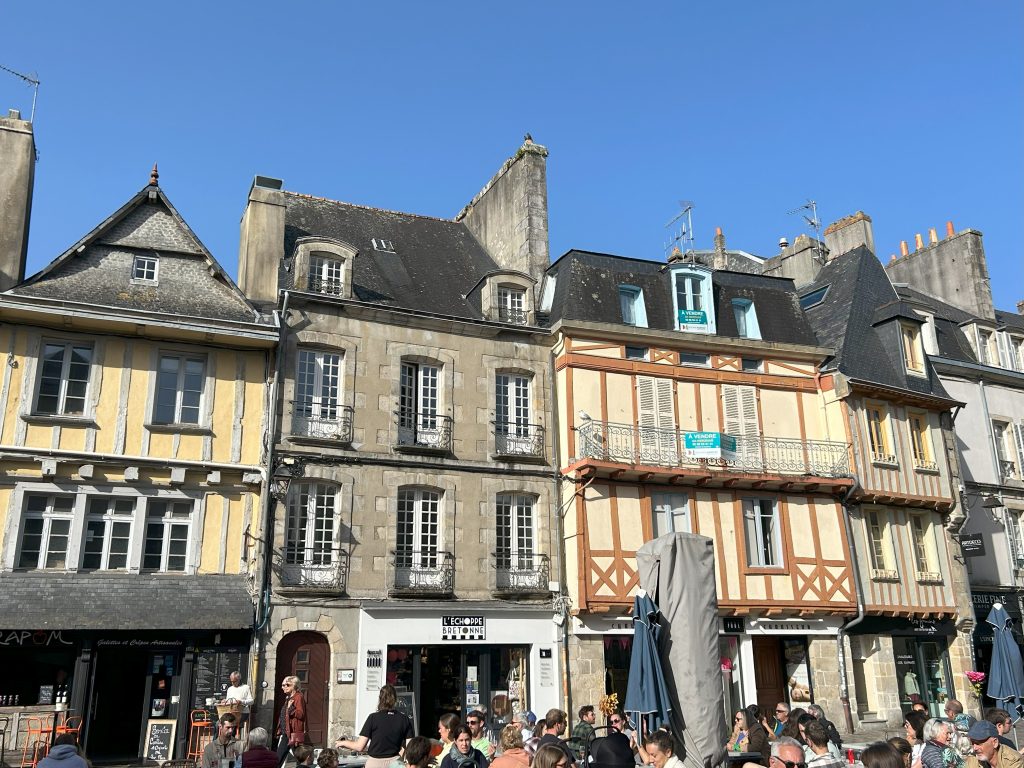
Menez Dregan
A thirty-minute drive takes us to the coast to a site called Menez Dregan, a paleolithic site of major importance. We are suckers for paleolithic sites (see my post about Prehistory Sites in Europe) and are astonished to discover that evidence found in the oldest layers of the rock at the site show that it was inhabited around 465,000 years B.C.
Excavations have uncovered flint tools, bones (especially from large mammals like perissodactyls, and an elephant’s tooth) and hearths, making the site one of the oldest in the world where fire is known to have been used. It’s beautifully situated. We sit on a rock and look out to sea, imagining our distant ancestors pausing in their work to gaze out at the same sea on a warm October afternoon.
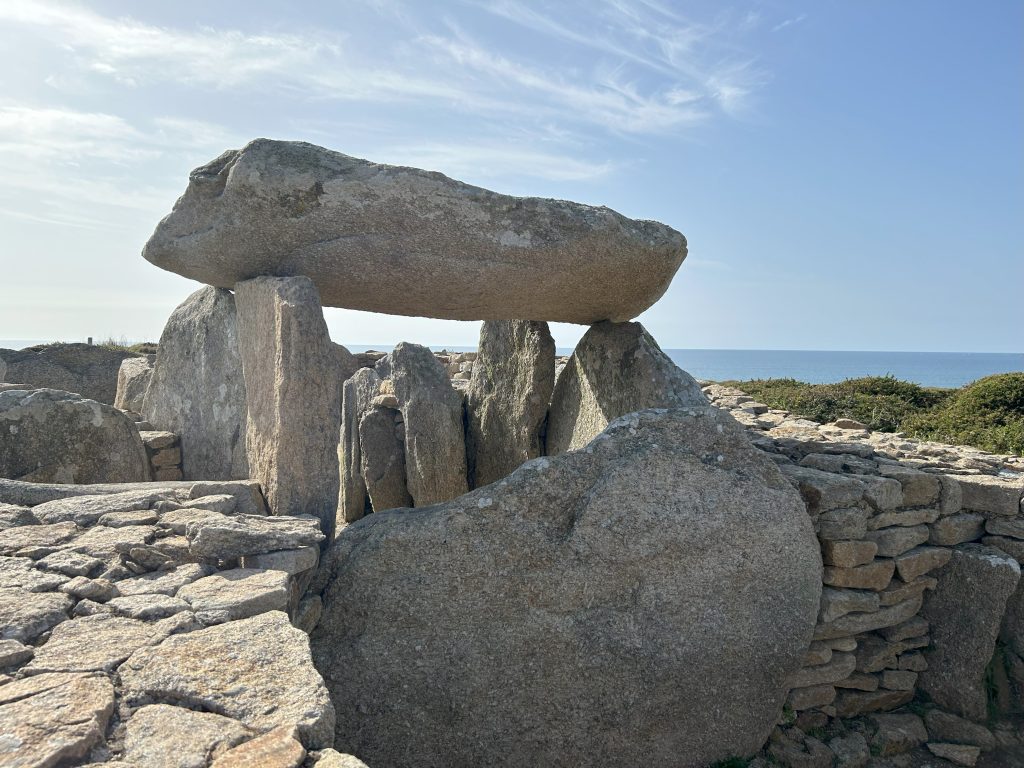
Getting Lost in Brittany
We leave Menez Dregan and for the first time on the trip, our navigation system lets us down! The main road back to Pont-Aven is blocked but nobody told Madame GPS with the soothing English accent. As a result, she keeps trying to take us to the same exit over and over again. Finally, I tell Gregg to take another exit that leads in the opposite direction and try to plot a route using my phone’s Google Maps across country back to Pont-Aven. We end up driving a good hour longer than we should have, but we do eventually make it home. Fortunately, the bucolic Brittany countryside we drove through made the extra time fly by.
Sunday, October 8
Our last day in Pont-Aven is just as warm and beautiful as each of the days we’ve spent here. The weather is eerily warm for this time of year—high twenties every day. We decide to spend most of the day at our place, finishing up work and generally relaxing before setting out on another road trip the next day.
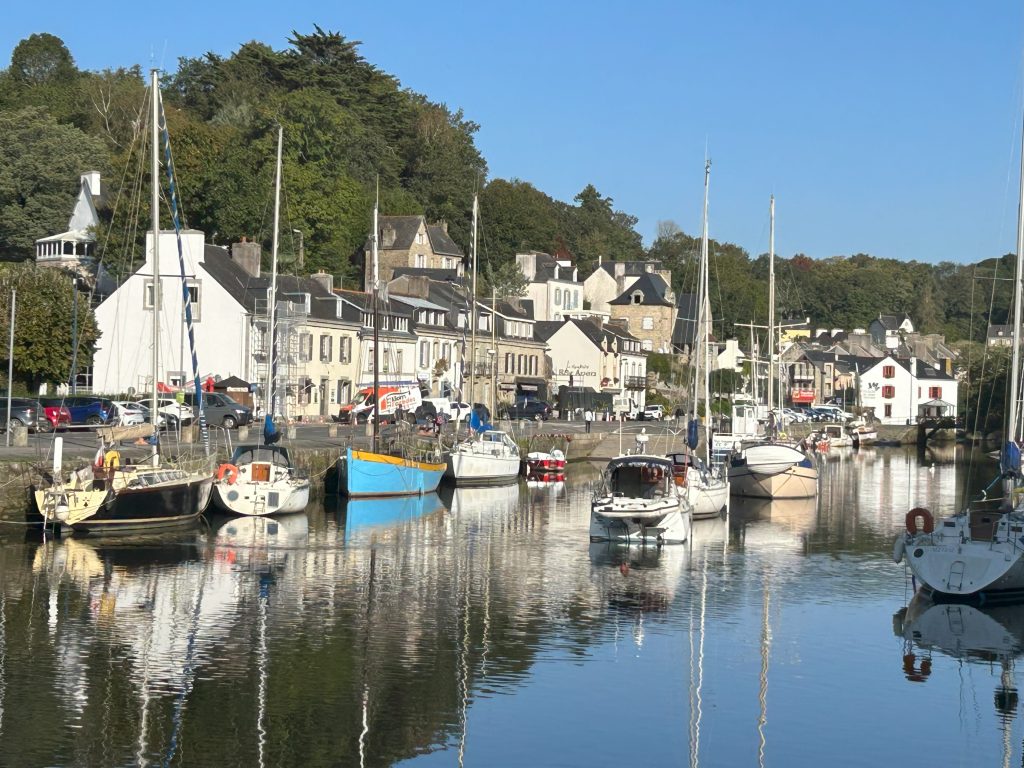
We walk down to the town and have a delicious lunch of crêpes and salad. Pont-Aven on a warm October day is hopping—the busiest we’ve seen it all week. We end the day with a final stroll down to the inlet to get rid of our garbage. Because our house is on a private road, there is no garbage pickup. As a result, we need to take our garbage down the hill and across the bridge to some public poubelles in a park. I’m not sure what people do if they have a lot of garbage! But after just under a week, we can easily transport our two bags.
And then it’s back up the hill one last time. We’ll miss this little corner of heaven in Pont-Aven. There’s even a cross on a rock alongside the little private road leading to “our” house.
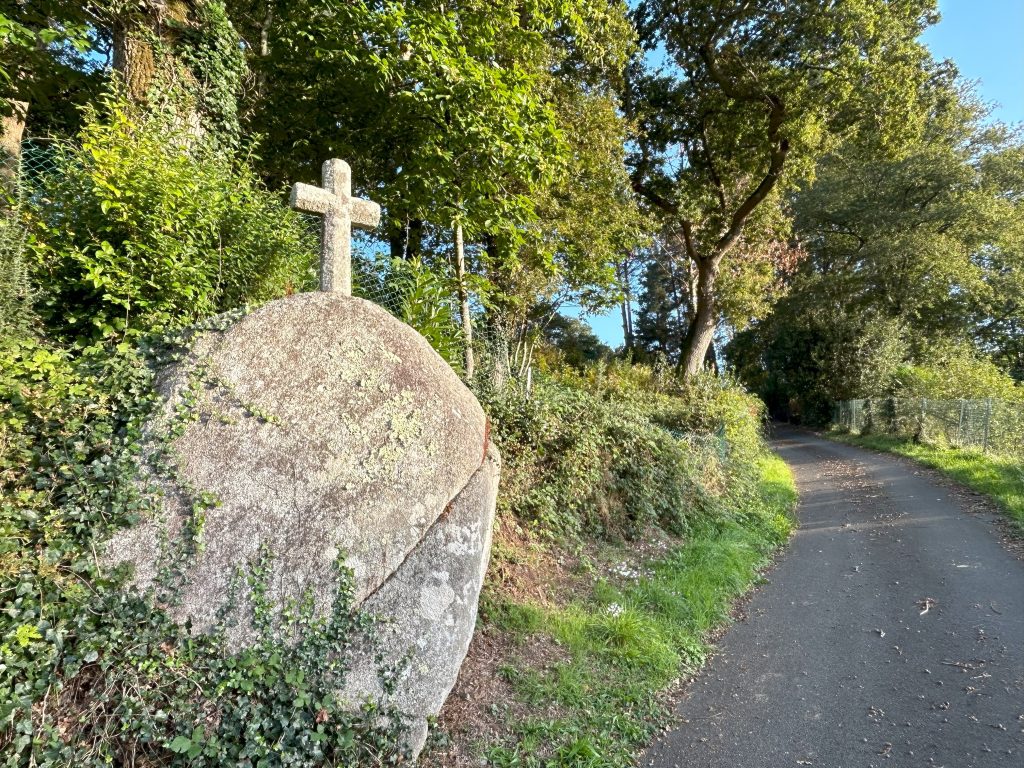
En Route to La Rochelle
After saying good-bye to the manager of the house, we set off for Carnac on our way south to La Rochelle, our destination for the night. We’ve resolved on this trip to never drive more than three or four hours in a day. La Rochelle on the Atlantic coast is about four hours south of Pont-Aven and four hours north of our next destination in Les Eyzies in the Dordogne, so it’s a good choice for a break.
We’ve visited Carnac twice over the past thirty years and both times been blown away by the sheer number of stones in the famous alignments. They really are remarkable! And what were they for? No one really knows.
We park and share a picnic lunch, then check out a few of the largest stones. These days, people are not allowed into the alignments. Thirty years ago, Gregg walked up to a gate and asked a farmer if he could go in to take some pictures, and the farmer was happy to open the gate and usher him in. That wouldn’t happen now!
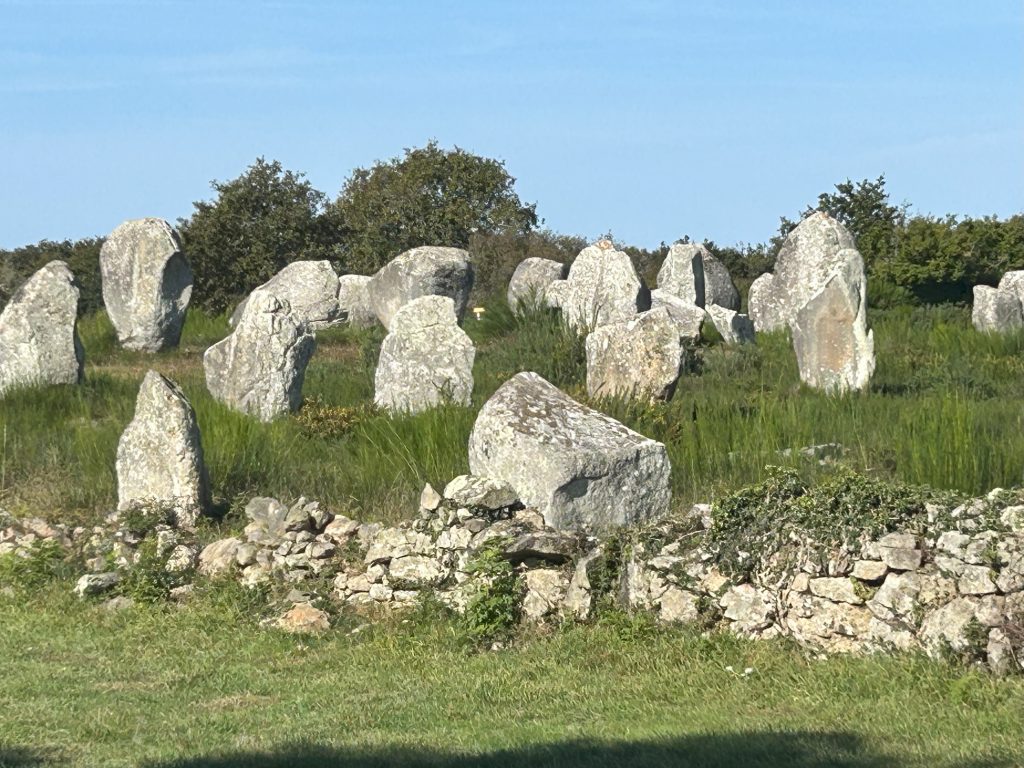
And finally, a rare photo of the two of us! An obliging hiker was walking by as Gregg was taking a picture of me in front of the alignments and asked if we’d like one of us together.
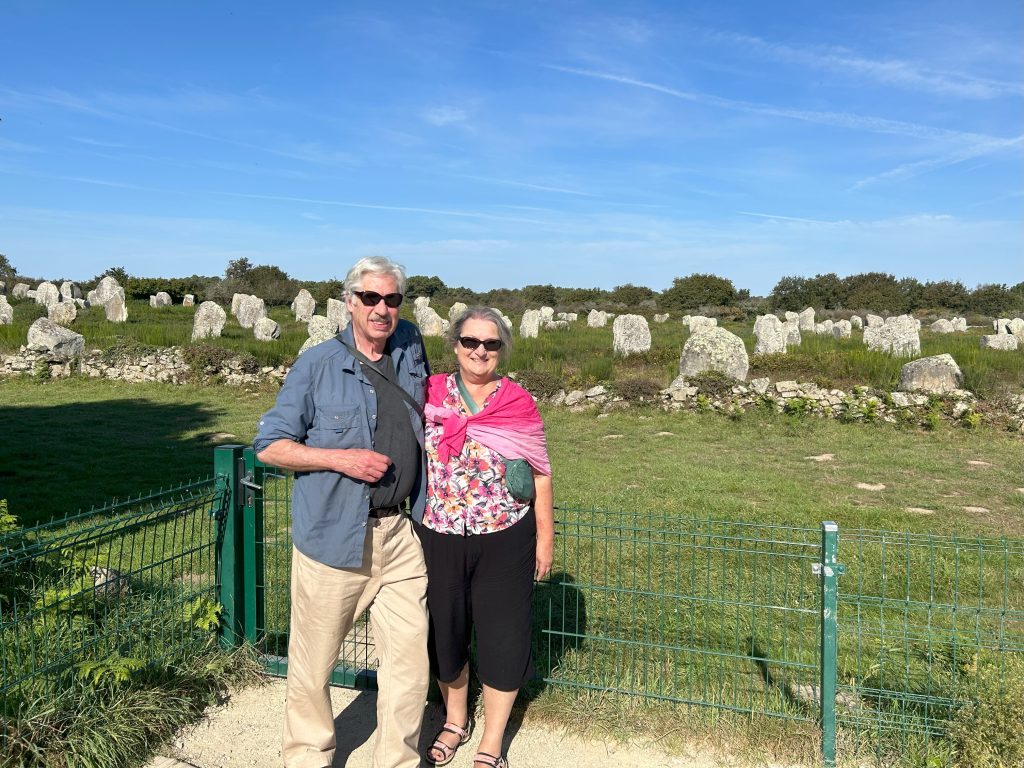
Touring Brittany
Brittany is a very large department, so choose an area to home base in. We’ve spent time in northern Brittany on the spectacular Côte Granite Rose and in the Gulf of Morbihan area. Here are other posts on Artsy Traveler about various areas in Brittany:
And here are some tours of Brittany you may want to consider.
